In May 2008 we went on a Baltic Cruise on the P&O ship "Arcadia". After sailing from Southampton on 21st May, we arrived at our first port of call, Copenhagen, on 23rd May.
"Wonderful, Wonderful, Copenhagen". This "Merry old maid of the Sea" is melodically recalled in the famous Danny Kaye film, "Hans Christian Anderson". It was to Copenhagen that Hans Anderson, most famous for his children's stories, came in search of his fortune. And why not? Copenhagen is a beautiful and energetic city that contrasts delightfully with the gentleness of the surrounding countryside. Unlike the urban sprawl of other capital cities, Copenhagen is clean and neat, retaining its original charms whilst standing firm as Denmark's centre of political and economic life.
The city first came into being as a small Viking fishing settlement. In 1160 the then village was handed by Valdemar the Great to Bishop Absalon of Roskilde who built a fort as defence against marauders. Over the next 200 years the town grew in size and importance. It soon became known as Kobmands Havn" (Merchant's Harbour) due to its situation on the Sound (Oresund) and its proximity to vast fishing grounds. In 1417 Erik of Pomeria further aided the growing prosperity of the city by granting it the right to levy dues from the merchant ships passing the narrows.

The first king to make Copenhagen his capital was Christopher the Bavarian in 1443. Denmark flourished as a leading Baltic power with a glorious succession of powerful kings who waged wars against their old enemy, Sweden. By far the most popular king was Christian IV, the "Builder King", (1588-1648). His wars against Germany and Sweden were unsuccessful but he redeemed himself with his passion for town planning and architecture.
The 18th century was a disasterous time for Copenhagen in which a third of its population died from plague and large numbers of buildings were destroyed by fires. In 1801 the British Fleet, under Sir Hyde Parker and Nelson, bombarded the city in the Battle of Copenhagen. Six years later the Danish Fleet was captured in order to prevent them falling to the French.
As today's capital, Copenhagen has over 1.5 million inhabitants, more than one quarter of the entire population of Denmark. Seated on the east coast of Zealand it is the largest of the 474 Danish islands but smaller than the Jutland Peninsula. Danish culture and economy are extremely concentrated in Copenhagen. However, alert to the dangers of the effects of pollution, not only on individual health but also on historically important buildings, Copenhagen has many pedestrian only areas.
Although there are many interesting places to visit in Copenhagen, the most famous landmark is undoubtedly the Little Mermaid. This bronze statue, by Danish artist Edvard Erkisen, dates from 1913. The mermaid gazes wistfully out to sea for her beloved prince. Hans Chrisian Anderson's tragic little heroine, cast in bronze, can be seen from the Langelinie Promenade where our ship docked.
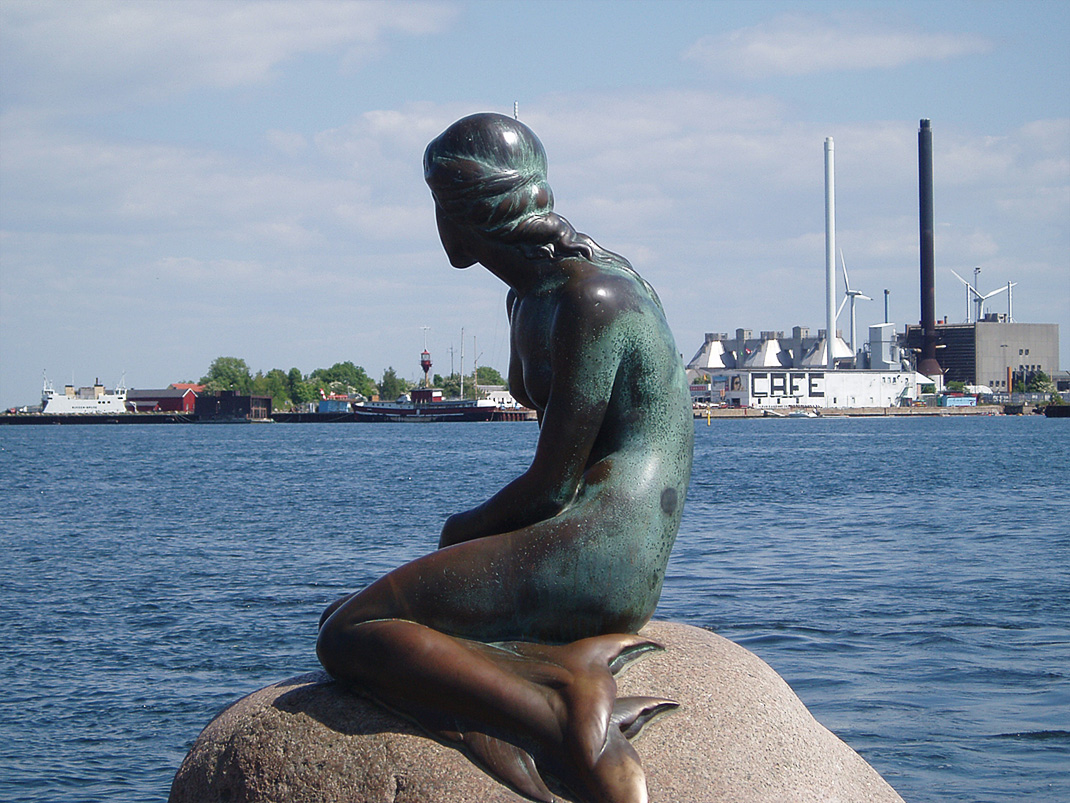
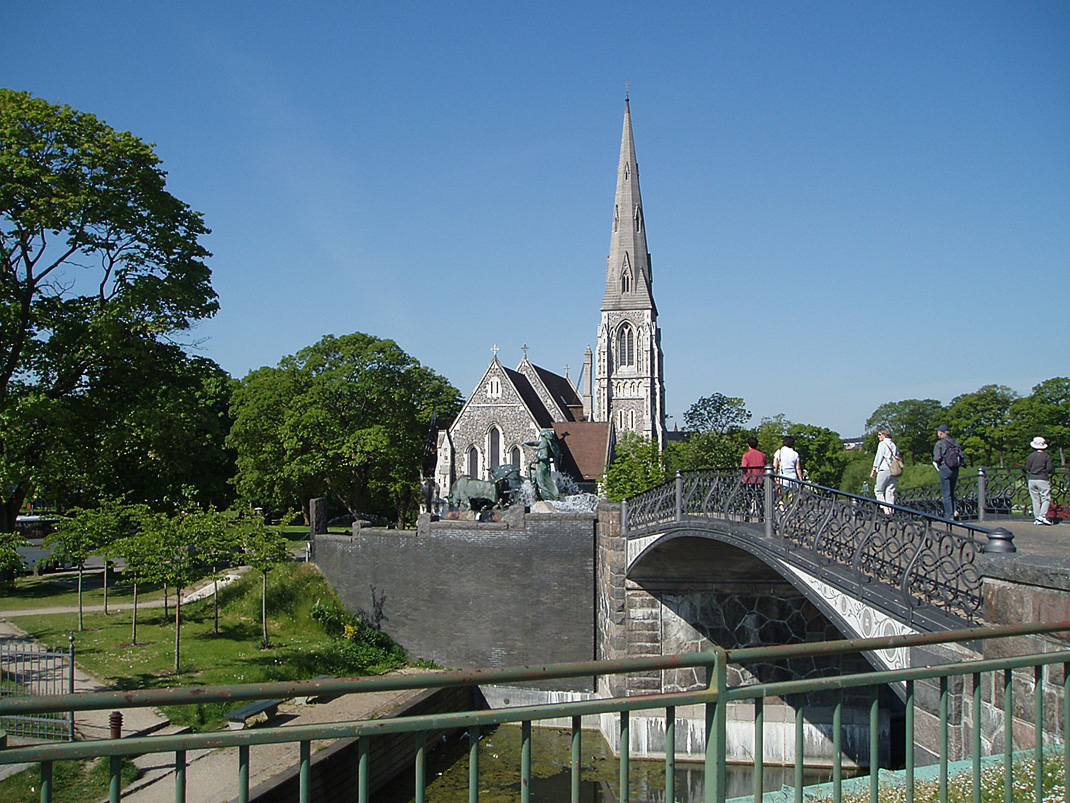
Our ship docked just a short walk away from the statue of the Little Mermaid and another couple of minutes further along the promenade was the "English Church" which is pictured in the photo above.
Nearby was a very nice fountain which cleverly made use of the water to make it look as though the bulls that were pulling the chariot were snorting through the strain of pulling the chariot along at speed, the impression of which is gained by means of the water gushing out from beneath the wheels.
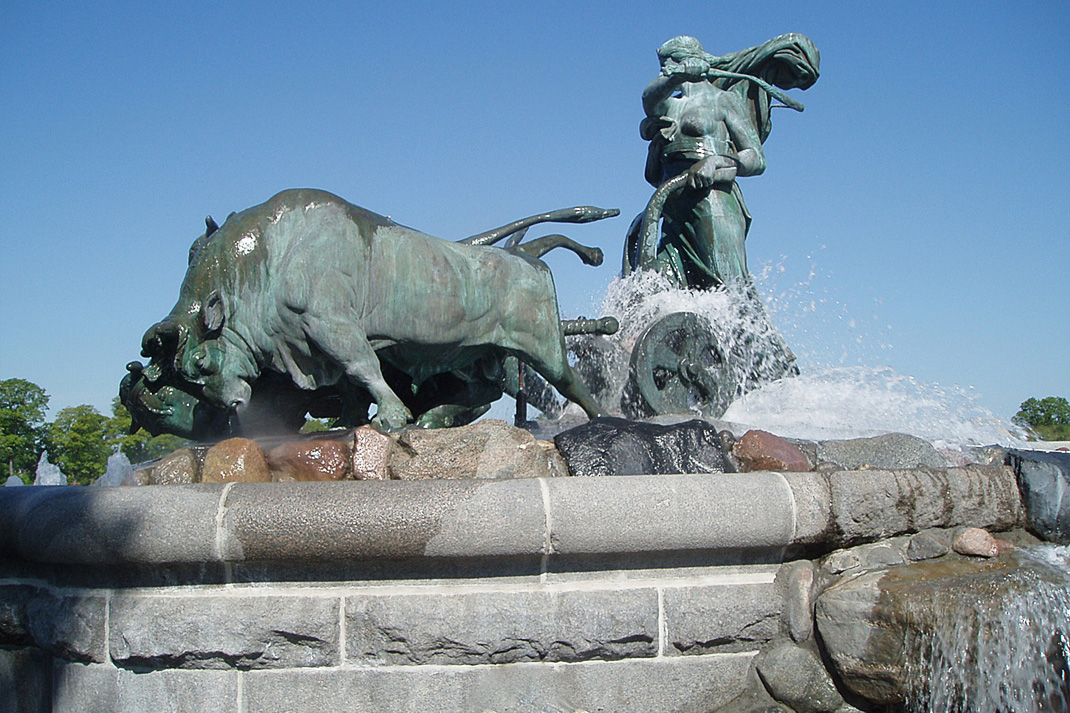

Walking into the city centre, we headed towards Nyhavn which is part of the original Copenhagen harbour. Nowadays it is where you will find old sailing vessels and canal tour boats and a place where the Danes go to relax in the company of their friends.
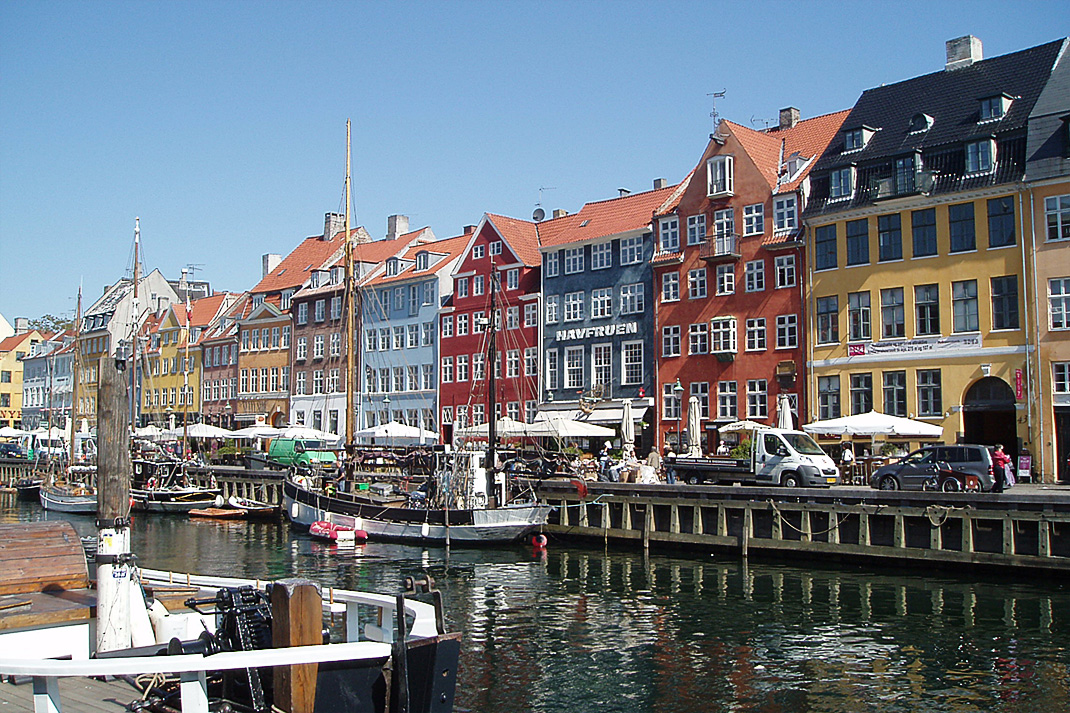
In the next photo you can see the Amalienborg Palace with the domed Marble Church in the background. Amalienborg is the winter residence of the Danish royal family. It was originally built for 4 noble families but when Christiansborg Castle burnt down in 1794 the royal family bought the four palaces at Amalienborg and moved in. The statue in the foreground depicts King Frederick V.
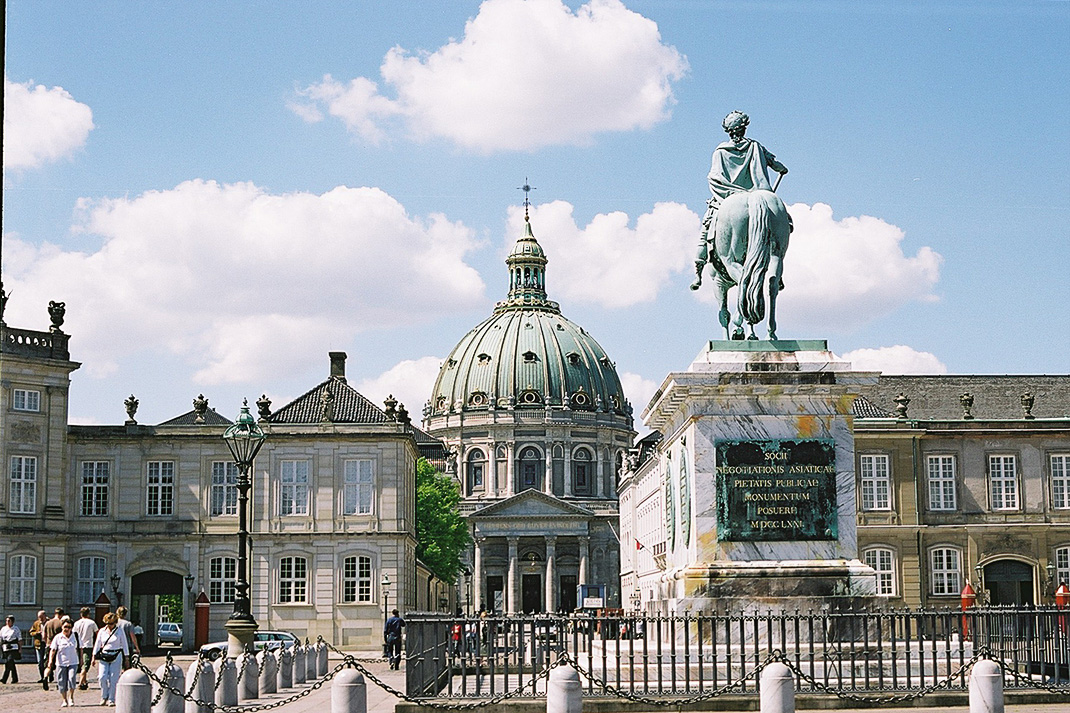
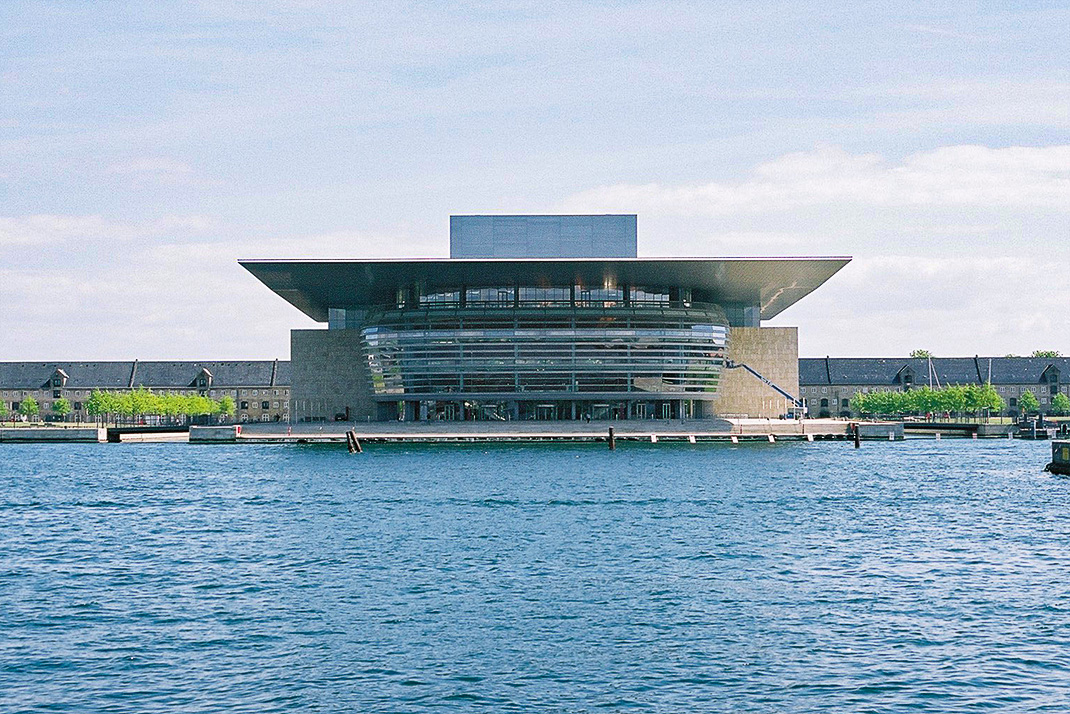
Standing on the island of Holmen overlooking the Amalienborg Palace is the Copenhagen Opera House which is among the most modern Opera Houses in the world. It is also one of the most expensive ever built - the construction costs were in excess of £300 million.

The Swedes claim to be able to look back over 5,000 years wherein their forefathers have held uninterrupted tenancy of their present country. No other important European nation but the Danes can make this boast, for other nations have all in their time been invaded and colonised by aliens.
In AD 800 the Viking period began and Norse raiders colonised Iceland and even reached North America, though they did not settle there. Sweden began to be christianised from AD 830 onwards, and many of the early missionaries and Bishops of the Swedish church were Englishmen. The city of Stockholm was founded by Birger Jarl, who came to the throne in 1255, but modern Sweden dates from the time of Gustavus Vasa (1523). This heroic figure freed his country from the tyranny of Christian II of Denmark, the perpetrator of the "Stockholm Blood Bath", when nearly all the prominent members of the Swedish nobility, assembled for his coronation, were beheaded. The greatest Swedish monarch was Gustavus Adolphus (1611-32), grandson of Gustavus Vasa, but perhaps their most cherished memory of past kings is that of Charles XII (1697-1718). He extended disastrously ambitious campaigns through Russia as far as Turkey, and is remembered for his simplicity, chivalry and bravery rather than for the benefits conferred upon his country.
The prosperity of Stockholm started in the 17th Century when it was the centre from which the subject states of Finland, Estonia and Lithuania were administered. Modern Stockholm, with a population of 1.83 million in the greater Stockholm area, contains fourteen islands and is more interesected by broad waterways than any other capital city. The native rock upon which it is built appears in many parts of the city and gives a wild romantic nature to the suburbs built on the surrounding archipelago. Apart from certain resemblances to Venice, the city has been compared with Istanbul. The city and its approach do undoubtedly have an arresting beauty.
We walked past the royal palace whilst meandering in the old part of the city and arrived just in time to see the Changing of the Guard. It made us both laugh because the guards were like characters out of Dad's Army. Well, we thought so anyway: You can decide for yourself in the photos below!

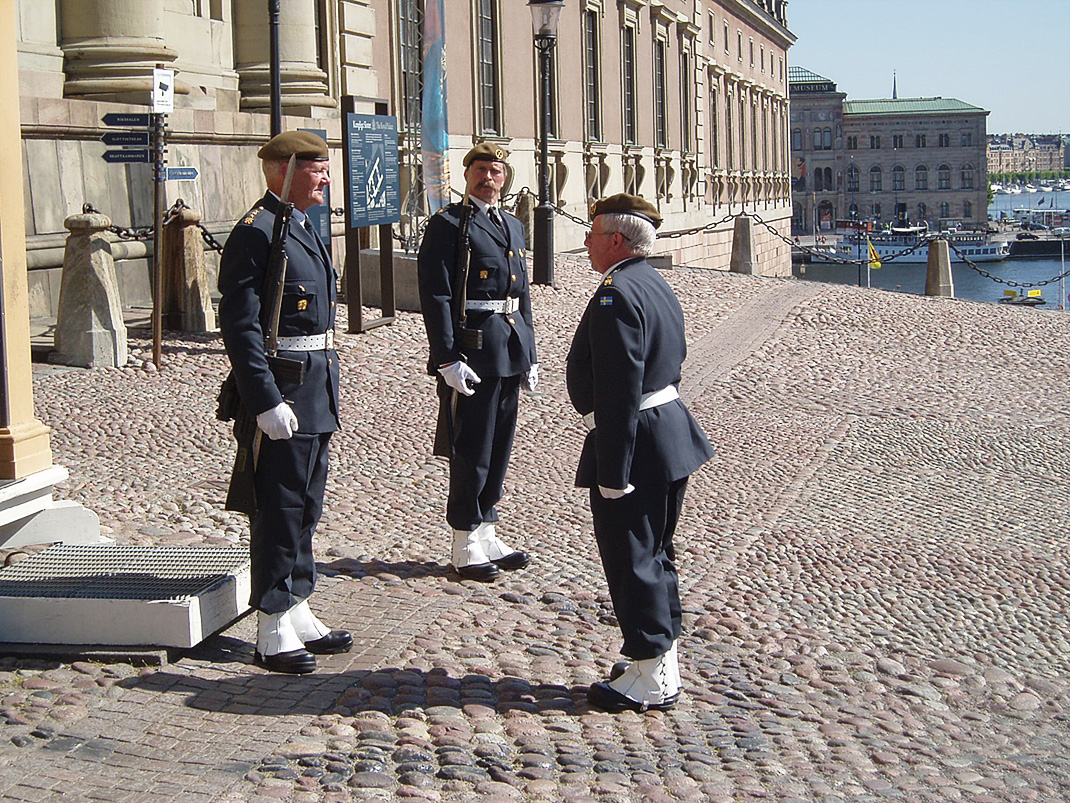
The main highlight of our stay in Stockholm, however, was our visit to the Vasa Museum.
The Vasa is the only surviving 17th Century ship in the world and is housed in a purpose-built building: The Vasa Museum.
In the early 17th century, Sweden was busy building an empire around the Baltic Sea in northern Europe. A strong navy was essential. During the 1620s Sweden was at war with Poland. In 1625 the Swedish king Gustavus Adolphus ordered new warships. Among them the Vasa.
The Vasa was built at the Stockholm shipyard by Henrik Hybertsson - an experienced Dutch shipbuilder. His experience was much needed as the Vasa was to be the mightiest warship in the world, armed with 64 guns on two gundecks.
In 1628 the ship was ready. Sunday August 10 was the day of the Vasa's maiden voyage. The beaches around Stockholm were filled with spectators, among them foreign diplomats. The maiden voyage was to be an act of propaganda for the ambitious Swedish king Gustavus Adolphus.
The Vasa set sail and fired a salute. But only after a few minutes of sailing the ship began to keel over. She righted herself slightly - and keeled over again. Water started to gush in through the open gunports. And, to everyone's horror and disbelief, the glorious and mighty warship suddenly sank! Of the 150 people on board, 30-50 died in the disaster. When Vasa was salvaged in 1961, archaeologists found the remains of 25 skeletons.
After the disaster the captain of the Vasa - Söfring Hansson - was arrested. The Swedish king Gustavus Adolphus was not in Sweden at the time. He was waging war in Poland. It took two weeks for him to learn about what had happened. When he did, he wrote angrily that the disaster had happened because of "imprudence and negligence" and that the guilty parties had to be punished. Söfring Hansson and many others were called to inquiries at the Royal Castle of Stockholm.
At the inquest people were troubled by the fact that the shipbuilder Henrik Hybertsson had died the year before the Vasa was completed. Instead his brother and partner, Arendt de Groot, was held responsible for the completion of the ship. But in the end no one was condemned for causing the disaster. The people in charge of the inquiries concluded that the ship was well built - but badly proportioned.
On 24th April 1961, the warship Vasa broke the surface of Stockholm's harbour after 333 years on the sea bottom. At that time the "Vasa adventure" had been going on for five years. After many years of hard work the shipwreck-specialist Anders Franzén finally found the Vasa in 1956. He quickly found support for the idea of salvaging the ship.
The Vasa was located 30 metres beneath the surface. The Swedish Navy's heavy divers, under the leadership of head diver Per Edvin Fälting, dived down to the ship. They managed to flush six tunnels in the mud beneath her, using specially made nozzles. Steel cables were drawn through the tunnels. Two lifting pontoons on the surface were to lift the ship using the cables. In August 1959 the time came for the first lift.
There was great uncertainty. Would the old wooden ship remain in one piece? It did. In 16 stages the Vasa was lifted to more shallow water, there she was made watertight and strengthened before the final lift - to the surface!
On the day the Vasa broke surface Sweden stood still. Press, radio and TV from all over the world were there. Swedish television broadcast live - something very unusual at the time. There was hardly a TV-set to be bought in Sweden any more - they were all sold out. The school-children played truant and the industries stopped. It was even calm at the maternity hospitals, a surprised nurse told the press.
At 9.03 on April 24 1961 the proud royal warship Vasa broke surface. The first to go on board was Anders Franzén and Per Edvin Fälting. During that summer the ship was excavated by archaeologists. An untouched part of the 17th century had warped into the 20th century!
The ship is so huge that our photos don't do justice to its grandeur. However, here are a few to give you some idea of what it is like:
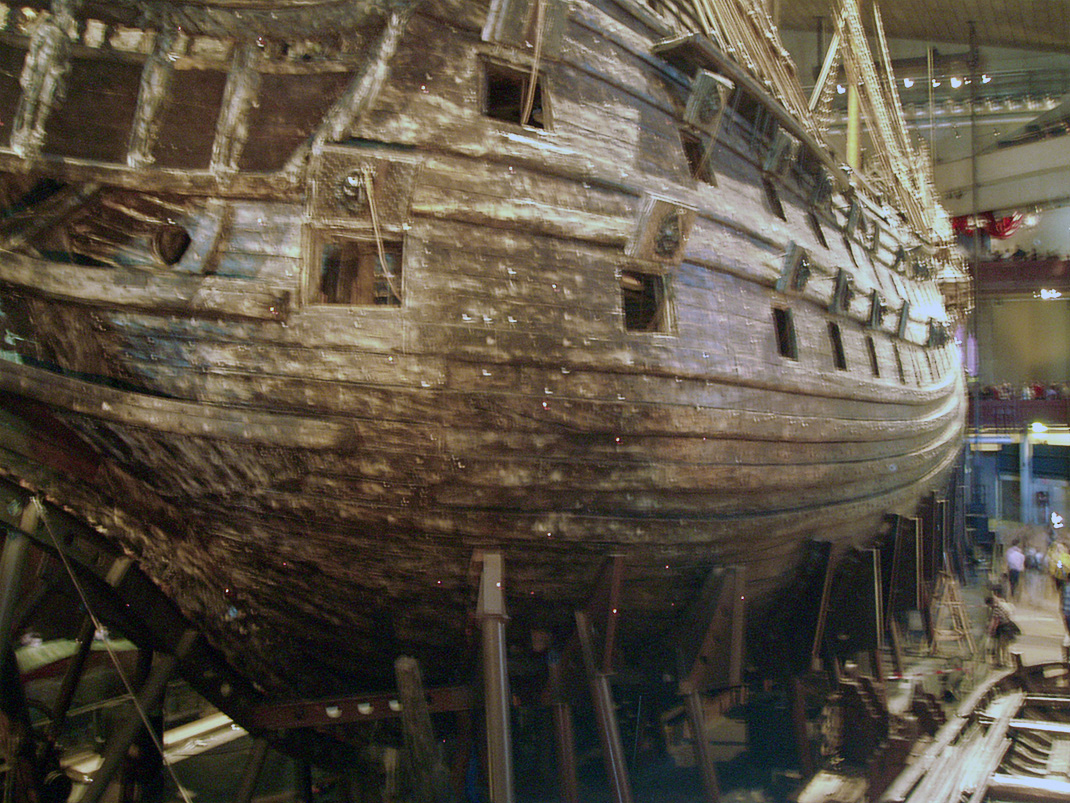
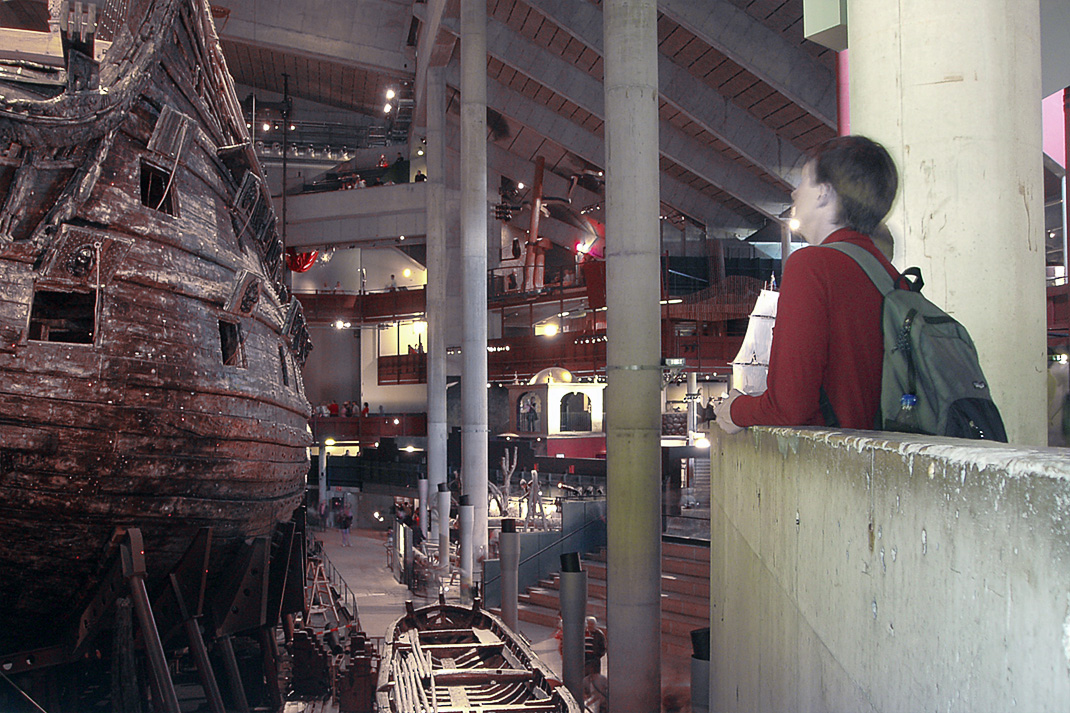
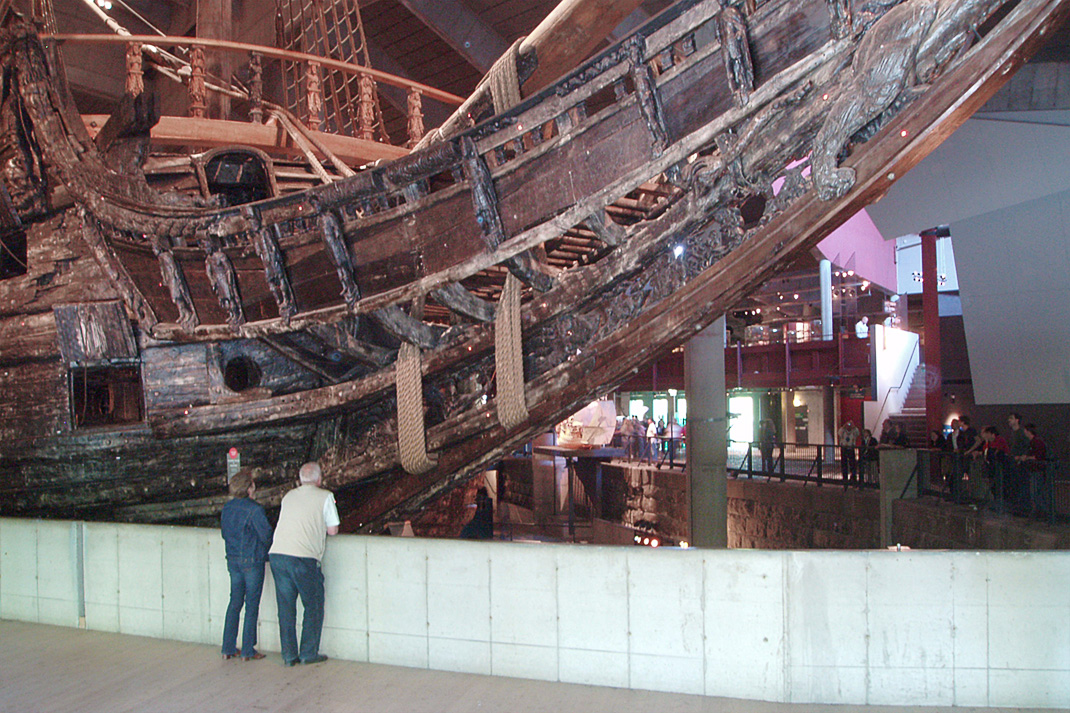
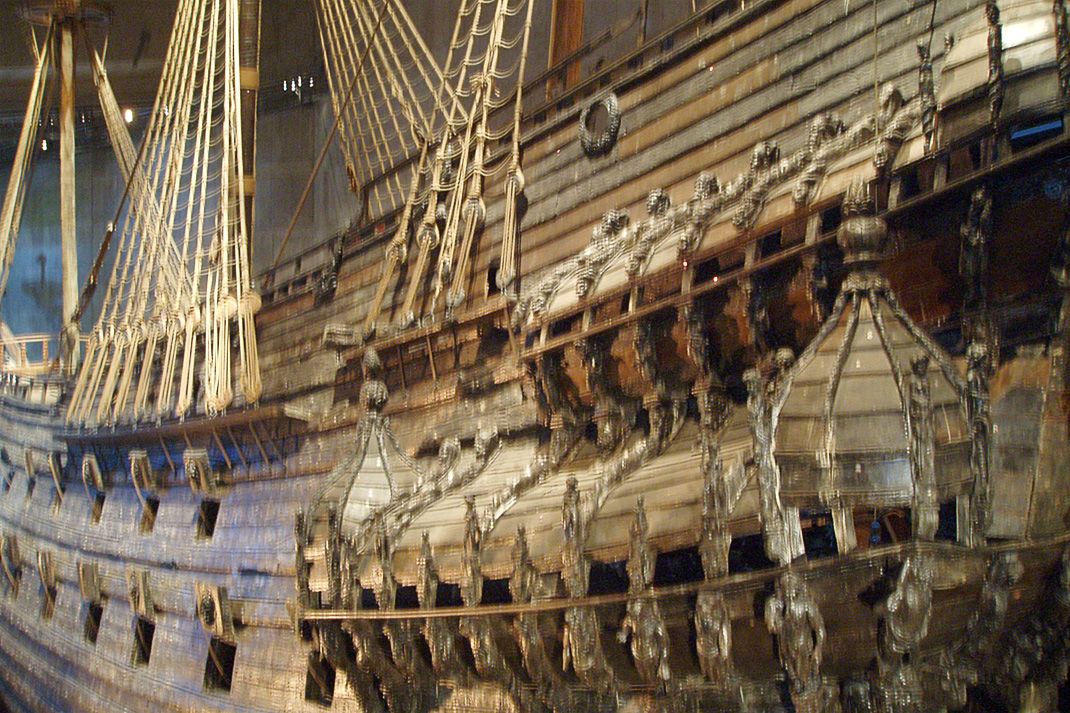
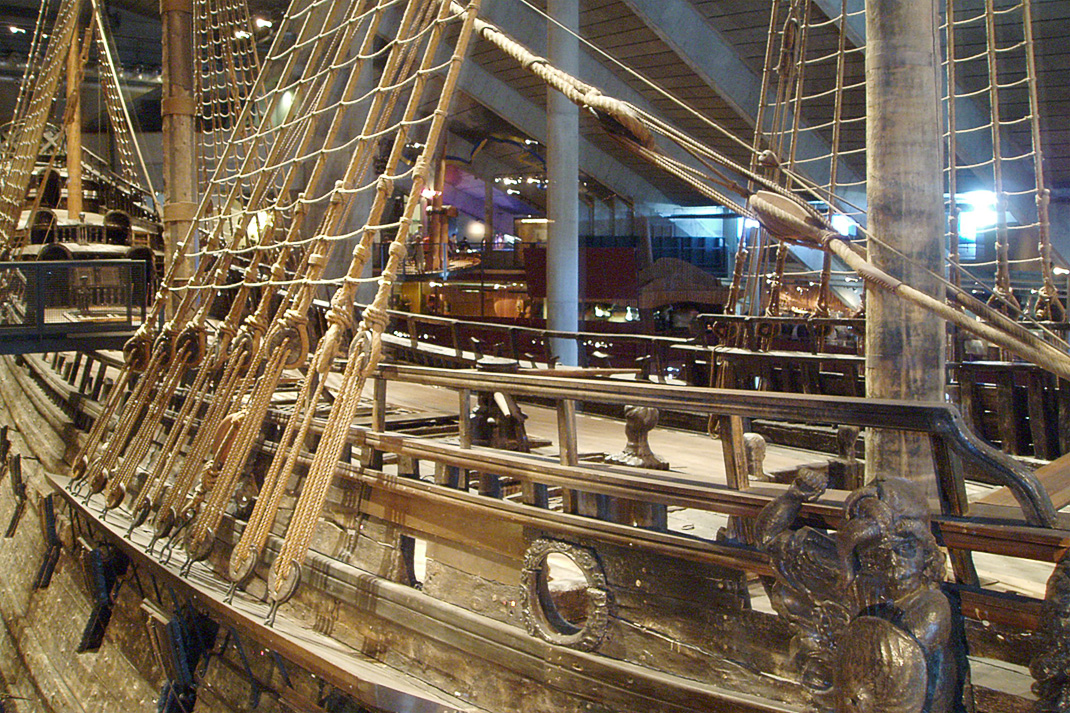
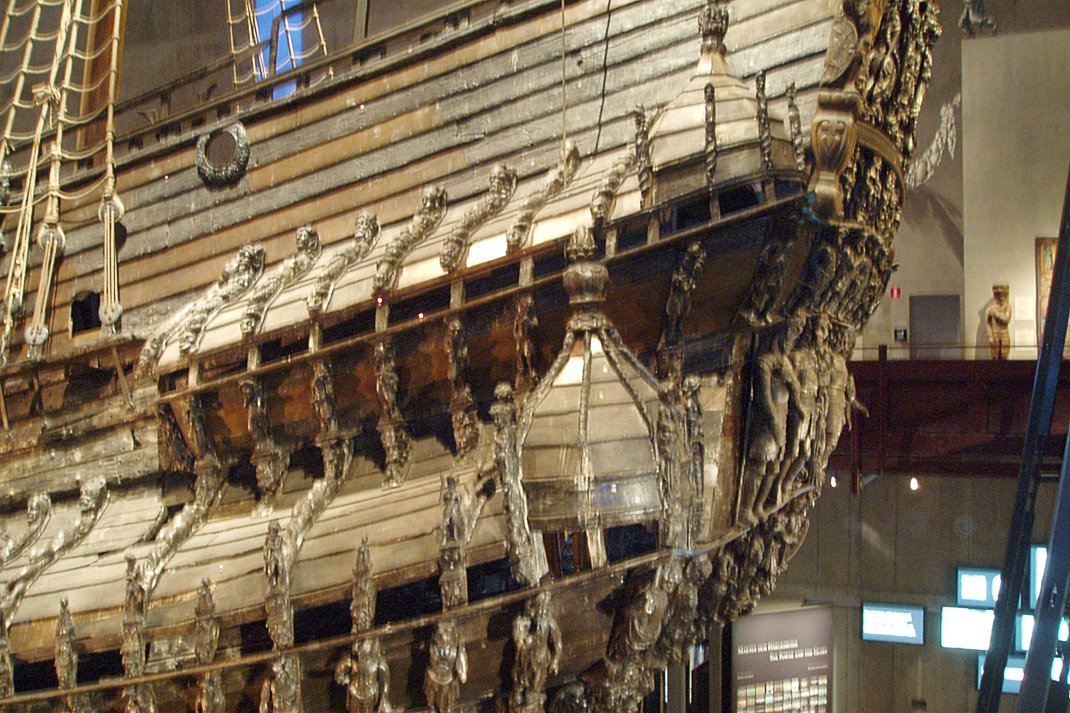
During the evening sail between Copenhagen and Stockholm we had experienced our first "formal night" of the cruise where the men attend the "Meridian Restaurant" in bow ties and wing-collard shirts and the ladies don their long gowns/dresses. Here you can see everyone who sat at our table for the cruise. Starting with me and moving clockwise we have Pat, Lynne, Pauline, Derek (his head is just about visible), Dennis, Ann and Theresa. Although sat apart on this occasion, Derek and Theresa were husband and wife.
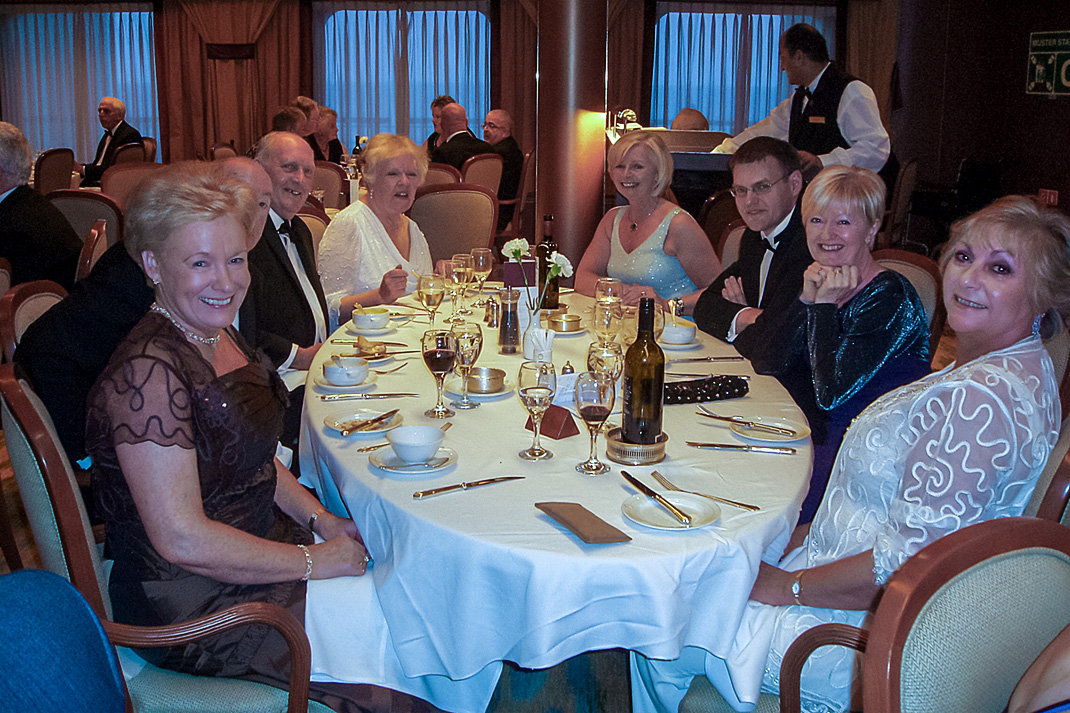
It doesn't seem fair on Derek that he isn't quite in view, so here he is:
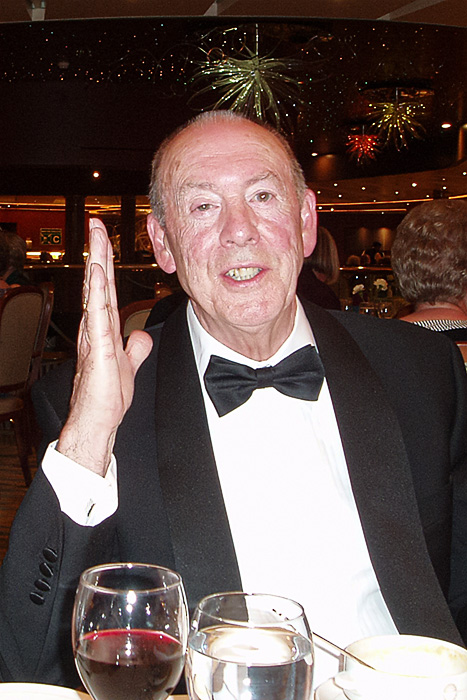
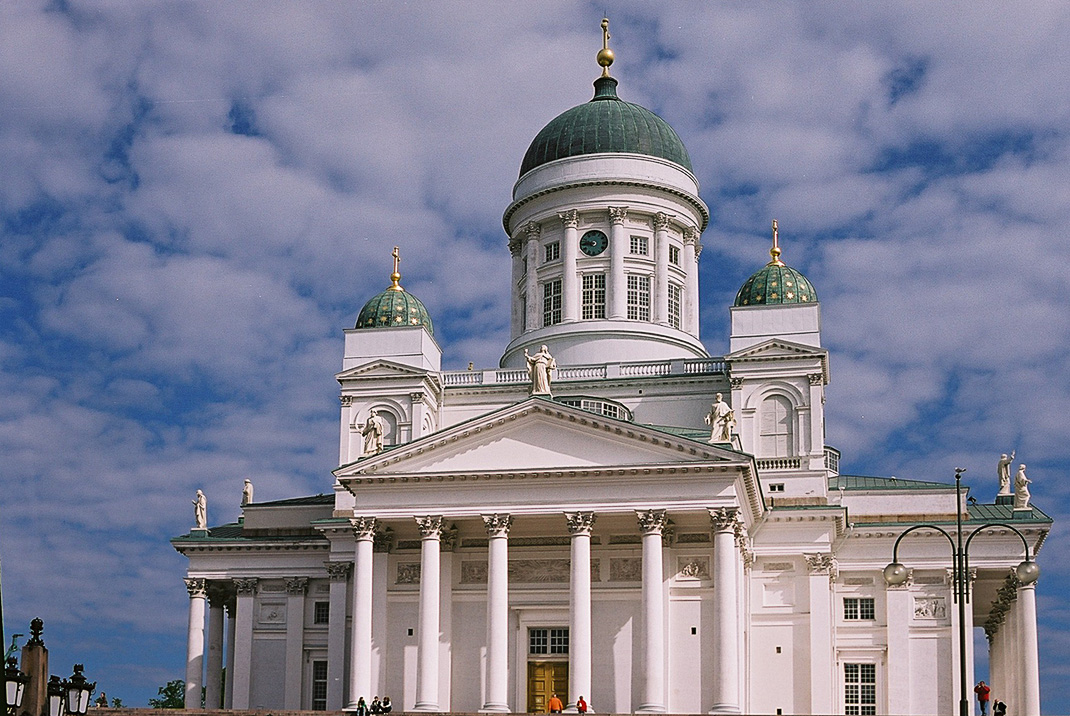
Slightly larger than the British Isles, Finland has a mere 5 million inhabitants, 90% of whom are Lutherans. A third of the country lies within the Arctic Circle but Helsinki, at 60 degrees North, lies right down in the south of Finland and this is reflected in the climate: admittedly, the average temperature for the three mid-winter months is below freezing, but at the other end of the spectrum the average is 18 degrees celsius. More than half the country is forested and 10% is inland water, leaving just 8% for land that is cultivable. Timber is of great economic importance. Oats and barley are also grown and pigs and cattle are raised. High-technology products, ship-building and mechanical engineering have all made great strides in the last three decades. Nearly ten million "bed-nights" a year are spent by foreign tourists, the winter being in particular an excellent season for tourism.
Finland's authentic history begins in the 12th Century when, in 1155, the Swedish King Erik the Good invaded Finland and secured the position of Christianity with the aid of the English-born Bishop Henry of Uppsala. For 300 years the Catholic Church had a dominating position in the country, but the Swedish Government was steadily consolidating its authority, and with the coming of the Reformation at the beginning of the 16th Century, its power was definitely established.
In 1550 Gustavus Vasa founded the original settlement of Helsingfors (the Swedish name for Helsinki). There followed a time of wars with Russia, and from 1713 Finland was occupied by Russians until Sweden regained control of the country by the Treaty of Nystad in 1721. In 1807 the Emperor Napoleon and Tsar Alexander I discussed the division of Europe between themselves, and the following year a new Russo-Swedish war began which resulted in the cession of Finland to Russia in 1809.
Finland did not enter Russia as a conquered province but was granted a free constitution and fundamental laws and became an autonomous Grand Duchy. In 1812 Alexander I, Tsar of Russia and Grand Duke of Finland, transferred the capital from Abo (in Finnish Turku) to Helsinki. At the time the population was only about 4,000 and although growth was slow at first, shipping and trade soon gave impetus to the development of the city.
At the turn of the twentieth century a period of Tsarist oppression began and Finland's autonomy was threatened. The reaction to this was passive resistance and an increased desire for independence. This finally came on 6th December 1917 when independence was declared and following a hard fight subsequently against extreme leftist elements. Finland was established as a republic on 17th July 1919.
Relations with Russia between the wars was never good and shortly after the outbreak of the Second World War Finland found herself at war with Russia. The Finnish resistance won admiration from the whole world and promises of aid from Britain and France, but because of Finland's geographical position and the greater struggle in which the Allied forces were involved, help was not forthcoming. The war was over in 4 months but when Germany attacked Russia in June 1941 Finland was again at war with Russia.
The white building you can see in the photograph is Helsinki Cathedral. Its name in Finnish, Tuomiokirkko, translates as the Church of St Nicholas and is Helsinki's most prominent landmark and favourite religious building. Its external grandeur, columned exterior and its role as the most important Lutheran building in Finland makes it almost comparable to St Peter's in Rome, or St Paul's in London, as some 85 per cent of Finland's population is Lutheran.
In addition to serving its own congregation, the cathedral is the scene of major state and university events, while exhibitions and concerts are often held in the vaulted crypt. The people of Helsinki also gather outside to welcome the New Year, and the steps offer a superb view out over the roofs to the South Harbour at all times of the year.
Whilst in Helsinki we went on a guided walking tour and which included a stroll through one of the parks which gave us an opportunity for a quick photo call:
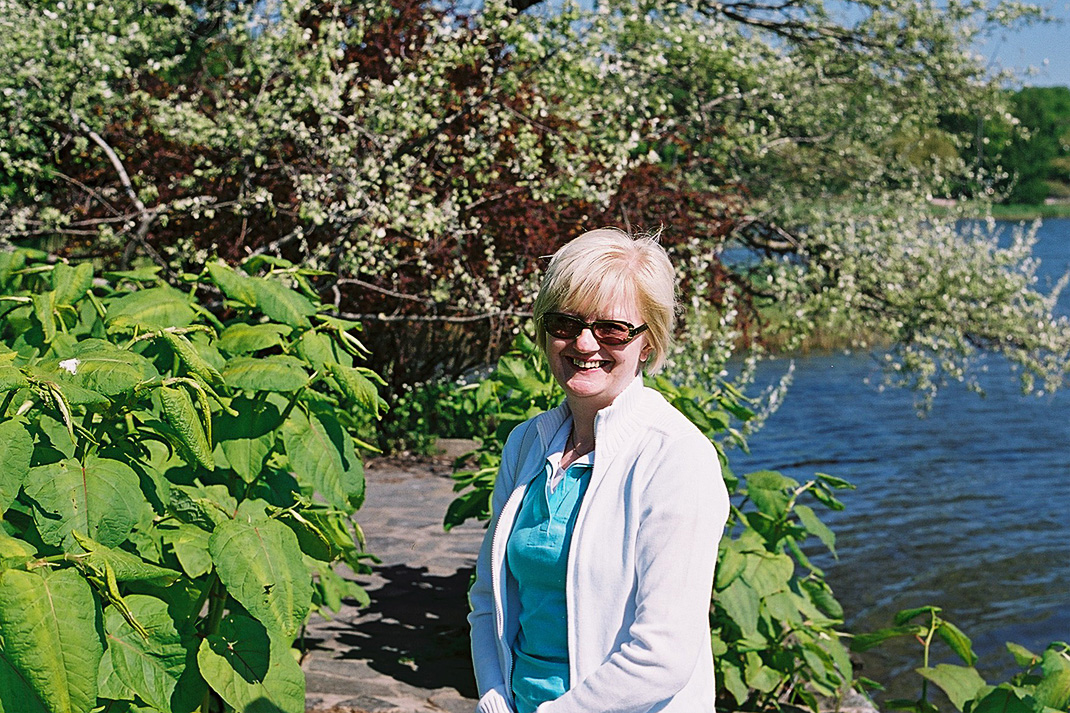
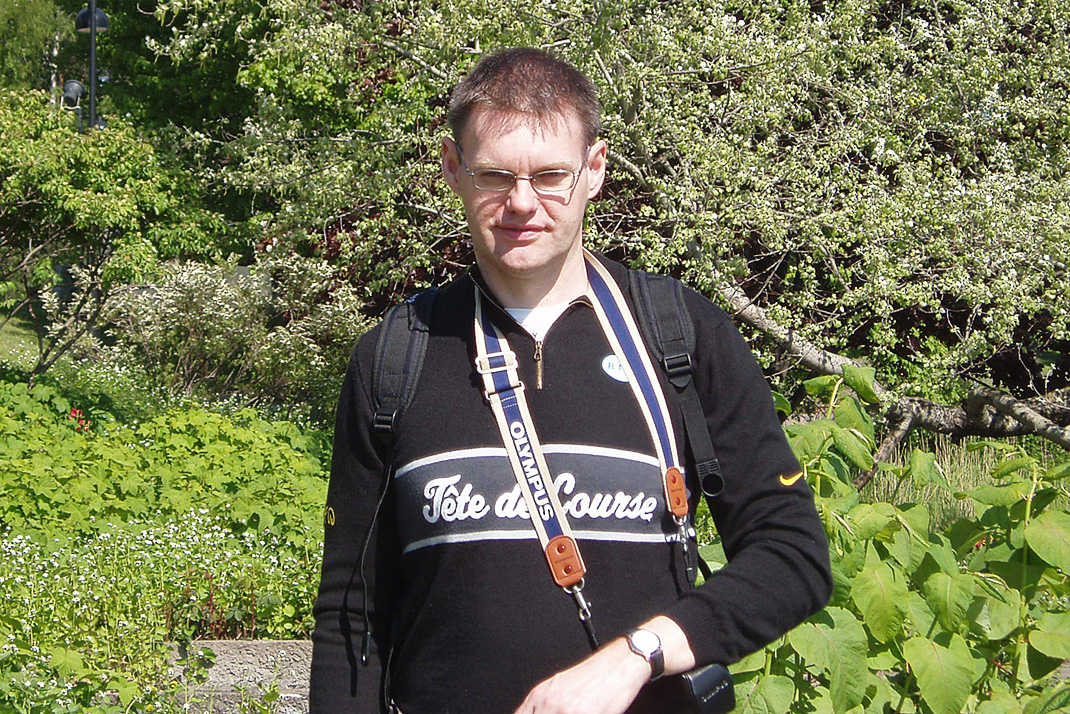
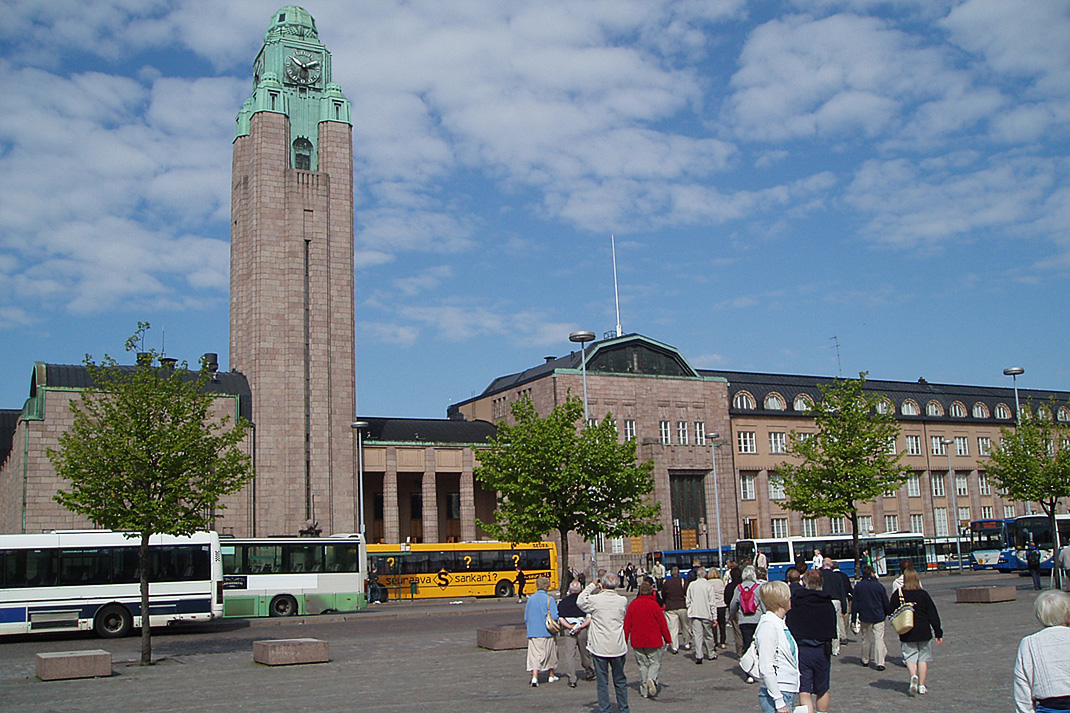
This is Helsinki Central Railway Station and a widely recognised landmark.
The station is mostly clad in Finnish granite, and its distinguishing features are its clock tower and the two pairs of statues holding the spherical lamps, lit at night-time, on either side of the main entrance.
The station is used by approximately 200,000 passengers per day, making it Finland's most-visited building.
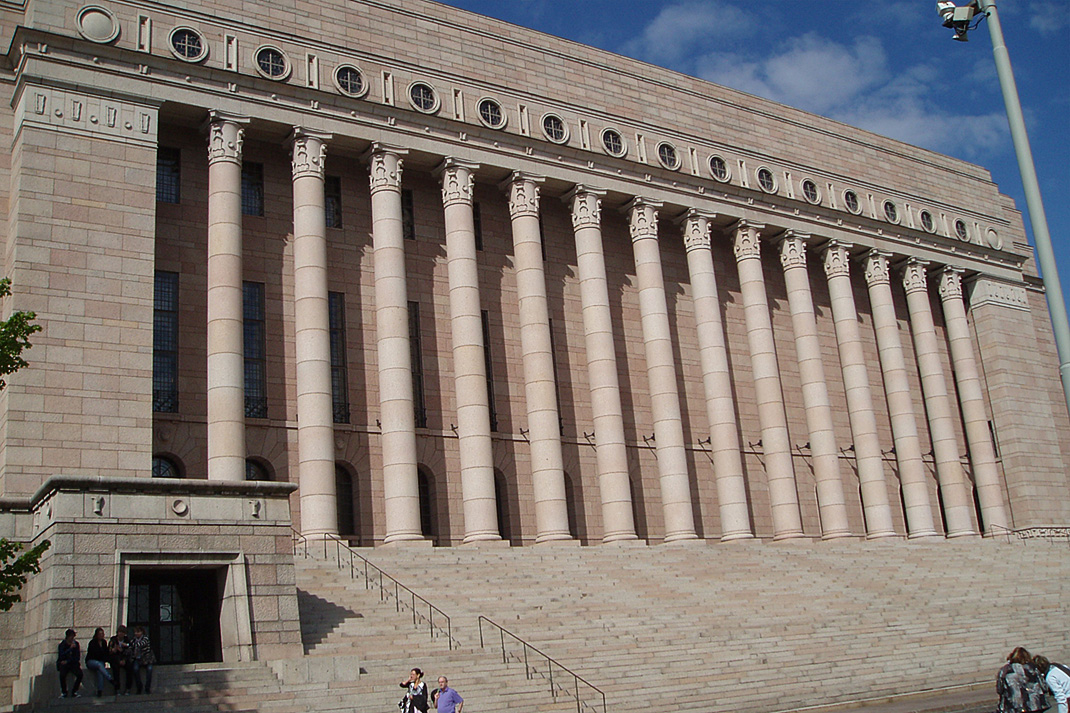
The Eduskunta (in Finnish), or the Riksdag (in Swedish), is the Parliament of Finland. The unicameral parliament has 200 members and meets in Parliament House which is pictured in the photograph to the right.
Up until 1906 Finland had a Diet consisting of four Estates: nobles, clergy, burghers and peasants. This system dated back to the period when Finland belonged to Sweden and was retained after Russia annexed Finland as an autonomous grand duchy under the tsar.
In 1906 the Diet was replaced by a 200-seat Parliament. This reform was accompanied by the introduction of universal suffrage. Finland was the first country in Europe and the second in the world to give women the right to vote in parliamentary elections.
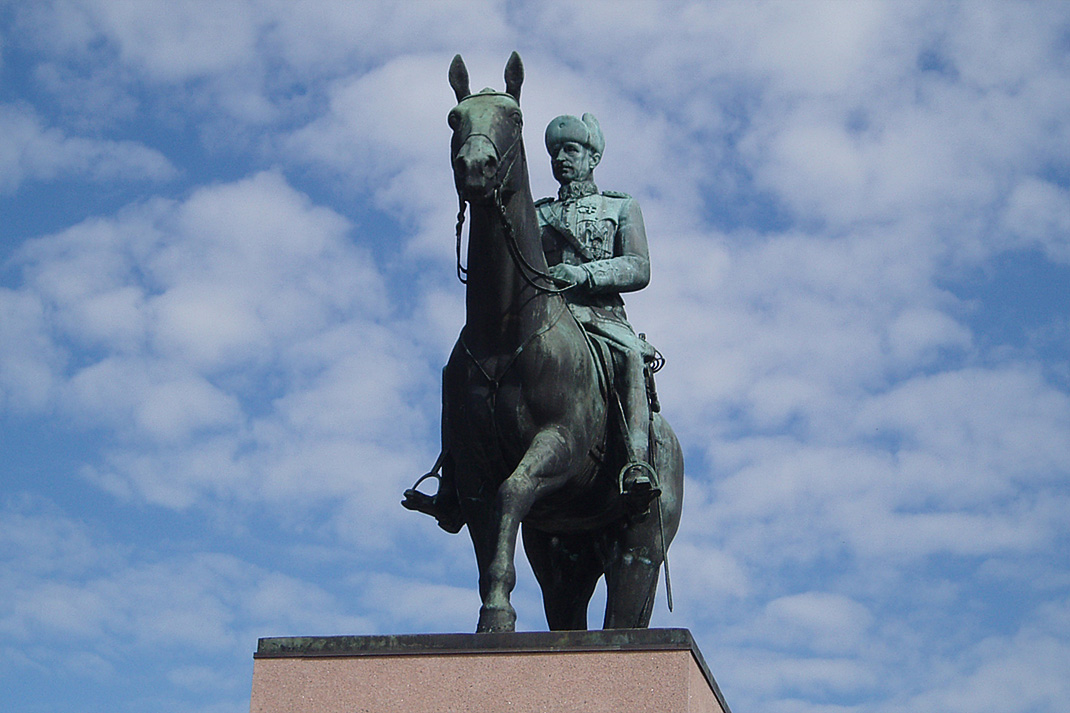
This is a statue of Field Marshall C.G.E. Mannerheim (1867-1951)
In January 1918 the Senate of the newly independent Finland, under its chairman Pehr Evind Svinhufvud, appointed Mannerheim as Commander-in-Chief of Finland's almost nonexistent army, which was then not much more than a number of locally set up White Guards. His mission was to defend the Government and its forces during the Civil War that broke out in Finland. The Civil War was inspired by the October Revolution in Russia 1917. He accepted the position despite his misgivings about the pro-German stance of the present government. He established his headquarters in Seinäjoki and began to disarm the remaining Russian garrisons and their troops of 42,500 men. During the ensuing Civil War (or War of Liberty, as it was known among the "Whites"), Mannerheim was promoted to General of Cavalry (Ratsuväenkenraali) in March 1918.
After the victory of the Whites in the war, Mannerheim resigned as Commander-in-Chief, dismayed at the increasing German influence in Finnish military and political affairs. He feared the reaction of the Allies to the seemingly pro-German policies of the Finnish government during the last months of World War I. Seeking to distance himself from the current Finnish government, Mannerheim left Finland in June 1918 to visit relatives in Sweden.
In Sweden, Mannerheim conferred with Allied diplomats in Stockholm, stating his opposition to the Finnish government's pro-German policy, and his support for the Allies. In October 1918, he was sent to Britain and France, on behalf of the Finnish government, to attempt to gain recognition of Finland's independence by Britain and the United States. In December, he was summoned back to Finland from Paris after he had been elected temporarily to be Regent.
After Frederick Charles of Hesse who had been elected king of Finland, renounced the throne, Mannerheim secured recognition of the independence of Finland from Britain and U.S.. He also requested and received food aid from overseas to avoid famine. Although he was an ardent anti-Bolshevik, he eventually refused an alliance with the Russian White generals and their armies, because they probably would not have accepted the independence of Finland. In July 1919, after he had confirmed the new republican constitution, Mannerheim stood as a candidate in the first presidential election, supported by the National Coalition Party and the Swedish People's Party. He lost the election in the Parliament to Kaarlo Juho Ståhlberg and retreated from public life.
Mannerheim subsequently became Commander-in-Chief of the Finnish Army and proved to be generally very successful. Under his leadership the Finnish Defence Forces fought a generally successful war that in the end saved Finland from Soviet occupation.
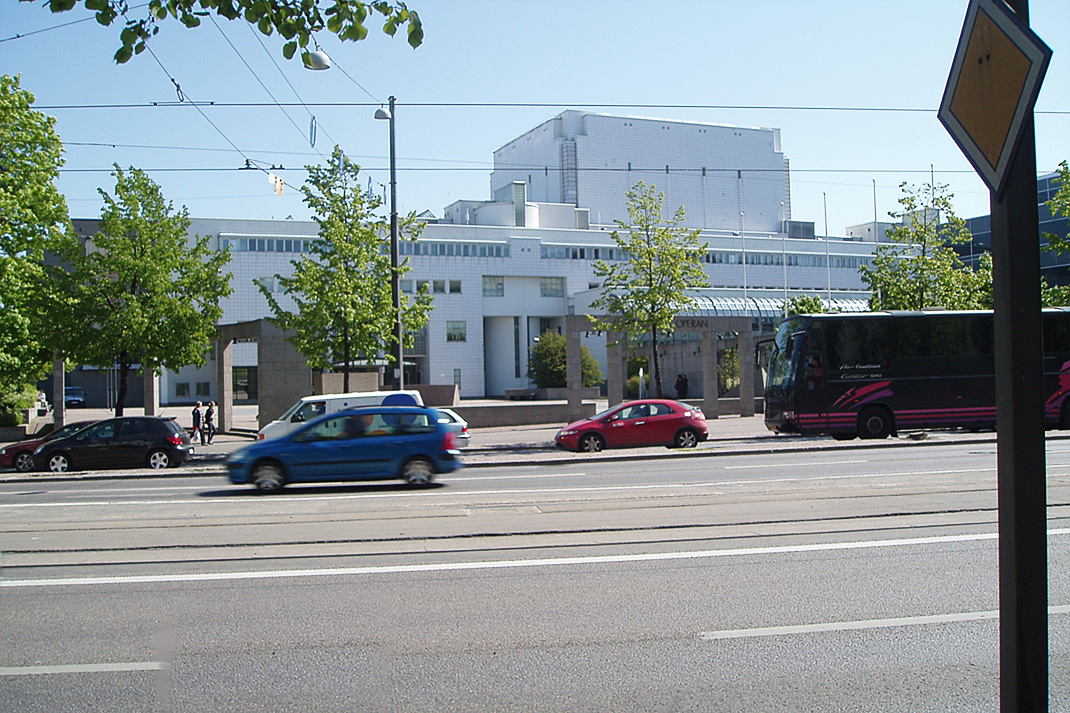
This is the Natonal Opera House. We weren't particularly impressed with the external architecture. Pat asked our guide if it had been built in the 1960's and she was rather taken aback and, seemingly quite perturbed, told us it had been built as recently as the 1990's.
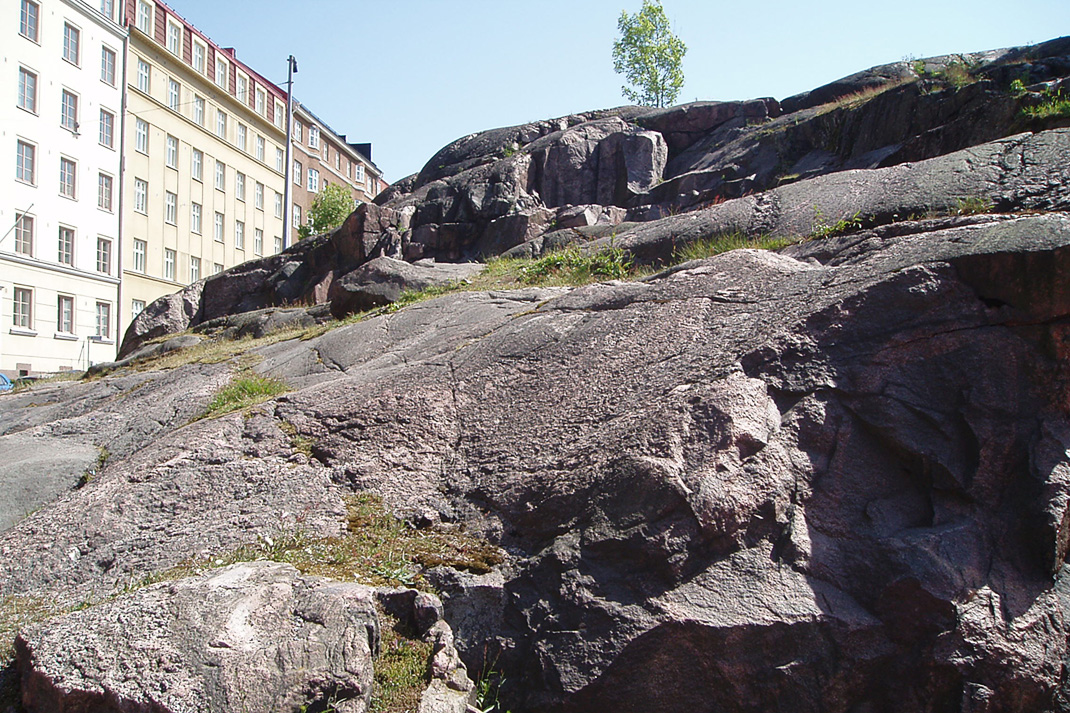
A rather strange photo? What is it? Just a rock? Actually it is a church in the middle of Helsinki!!
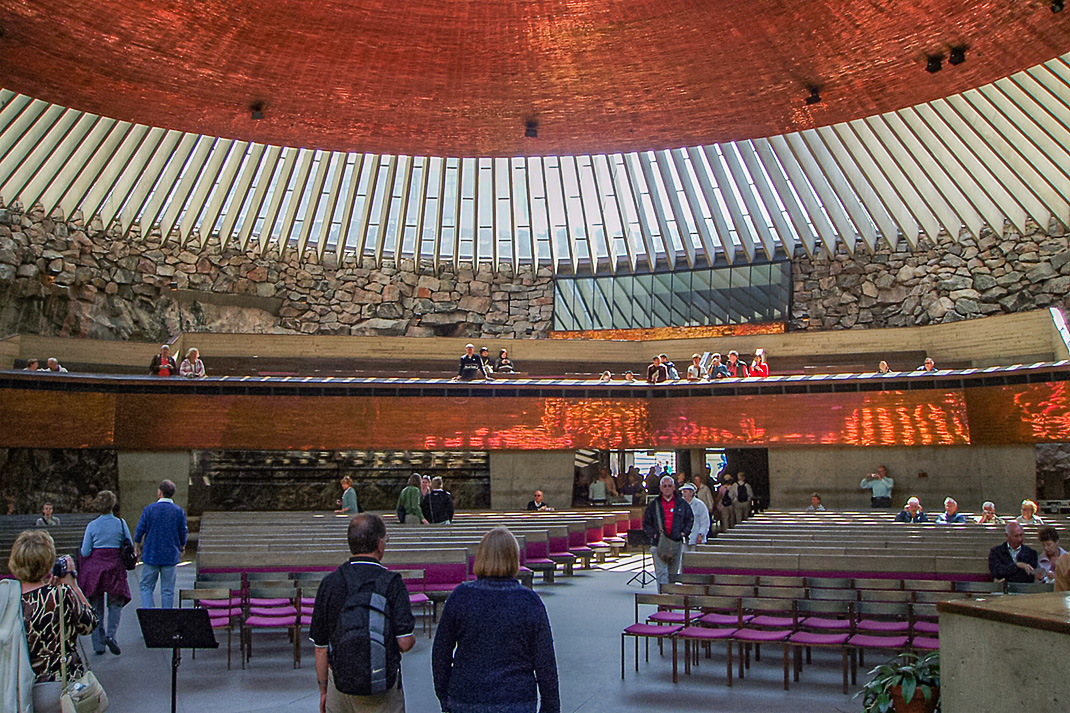
The Temppeliaukio Kirkko (Rock Church) is a thrilling work of modern architecture. It is built entirely underground and has a ceiling made of copper wire.
The church was designed by architect brothers Timo and Tuomo Suomalainen and completed in 1969. They chose a rocky outcrop rising about 40 feet above street level, and blasted out the walls from the inside. The structure is barely visible from outside, with only the copper dome poking out of the rock. The interior is lit by natural light streaming through 180 vertical window panes that connect the dome and the wall.
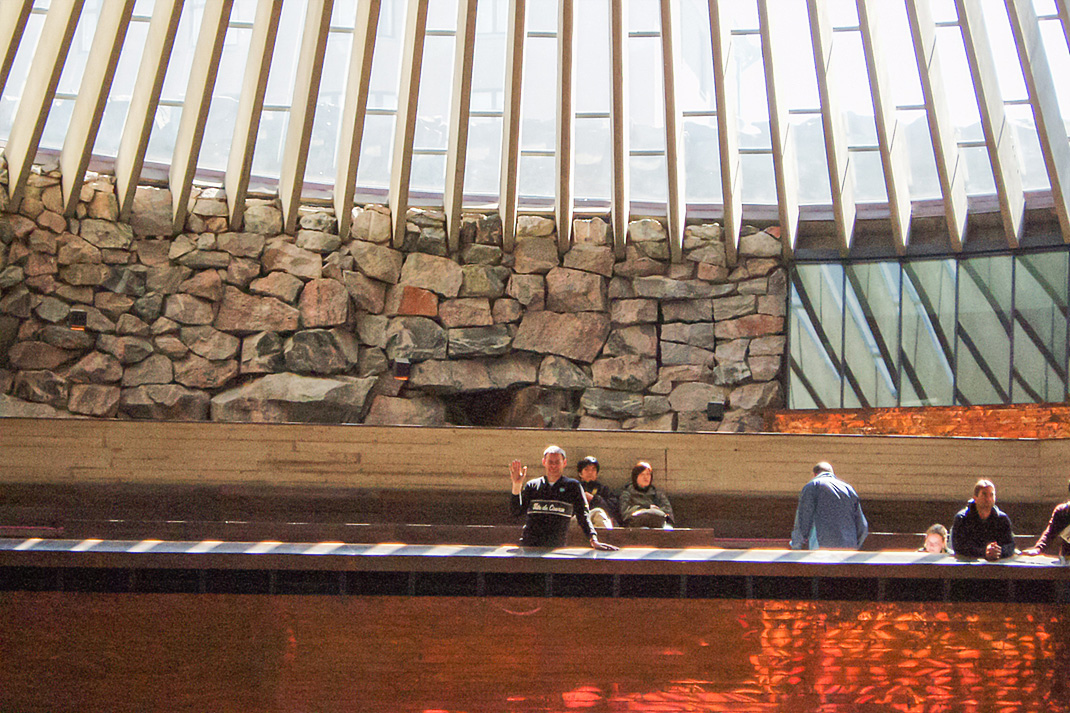
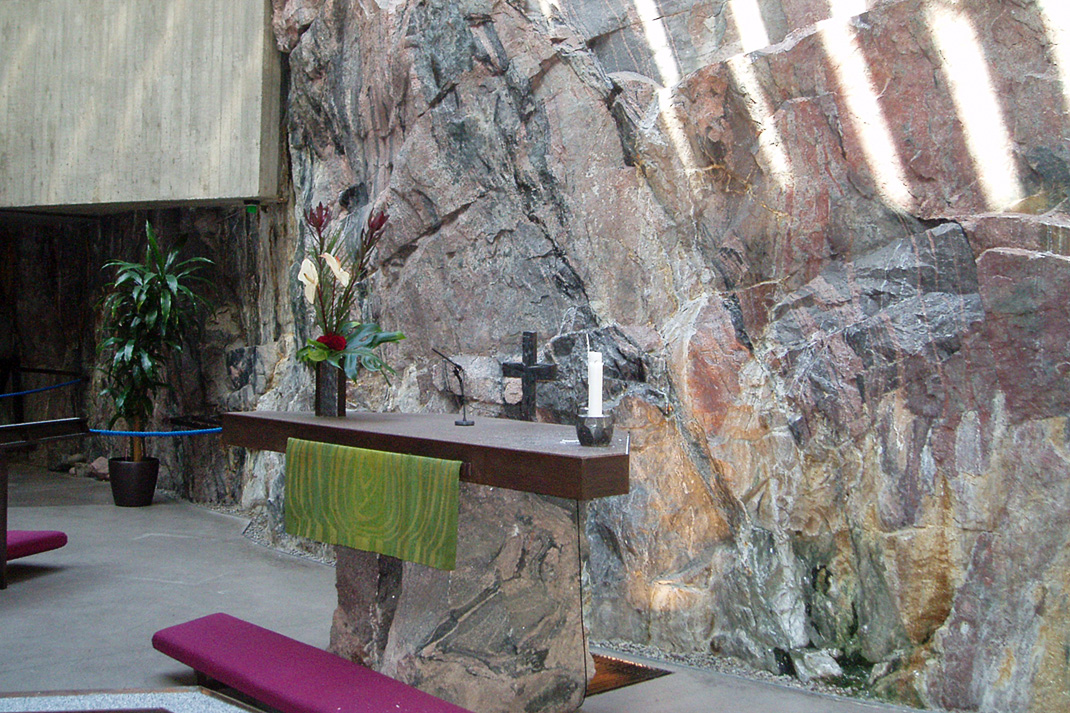
One of the things we enjoyed most about Helsinki was the food that was on offer in a Market Hall set alongside the sea front and also at a nearby adjacent open market. There were lots of different types of food available. We gave the reindeer sandwiches a miss and ultimately settled on some delicious prawn sandwiches.
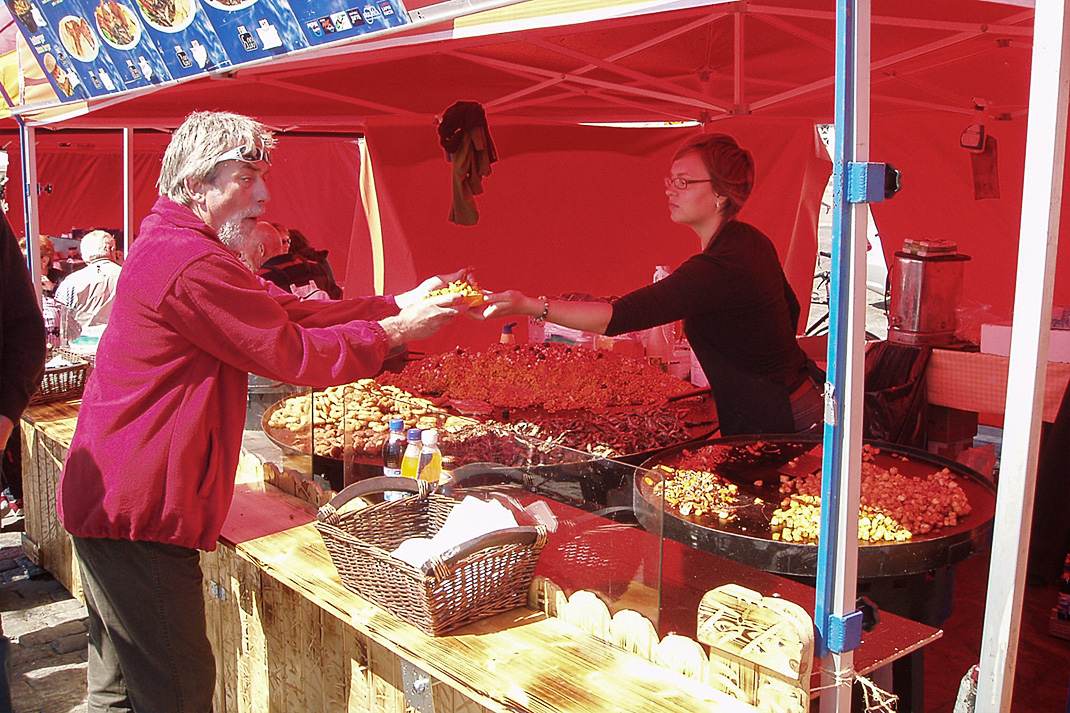


We came across this as we walked back towards the bus stop to make our way back to ship. It really amused us!! Decide for yourself who it depicts!!!
St. Petersburg, Petrograd, Leningrad - the name changes mirror the historical twists and turns undergone by the city since its foundation in 1703 by Peter the Great, Tsar of Russia. His choice of site, though impractical in most respects, created one of Europe's most beautiful cities, a glittering court and a great artistic heritage. The Revolution of 1917, the siege during the Second World War and the collapse of Soviet communism have each made their mark on the city. The blend of western European and Russian influences brings both charm and singularity to St. Petersburg so that despite its architectural and artisitic glories, it is not just a museum but a flourishing city.
Peter the Great and his successors created in St. Petersburg a supreme architectural set piece. The layout of the buildings and open spaces was planned with great skill from the outset, achieving an effect quite different from most other cities of the world which have grown and developed in an ad hoc way.
Built on the marshes, it is a city of waterscapes - rivers, canals and more than 300 bridges. The River Neva, which meanders through St. Petersburg splitting into numerous branches as it searches for the sea, divides the city into four major parts. It is in the area south of the river, in central St. Peterburg, that most of the monuments, museums, shops, and theatres are to be found.
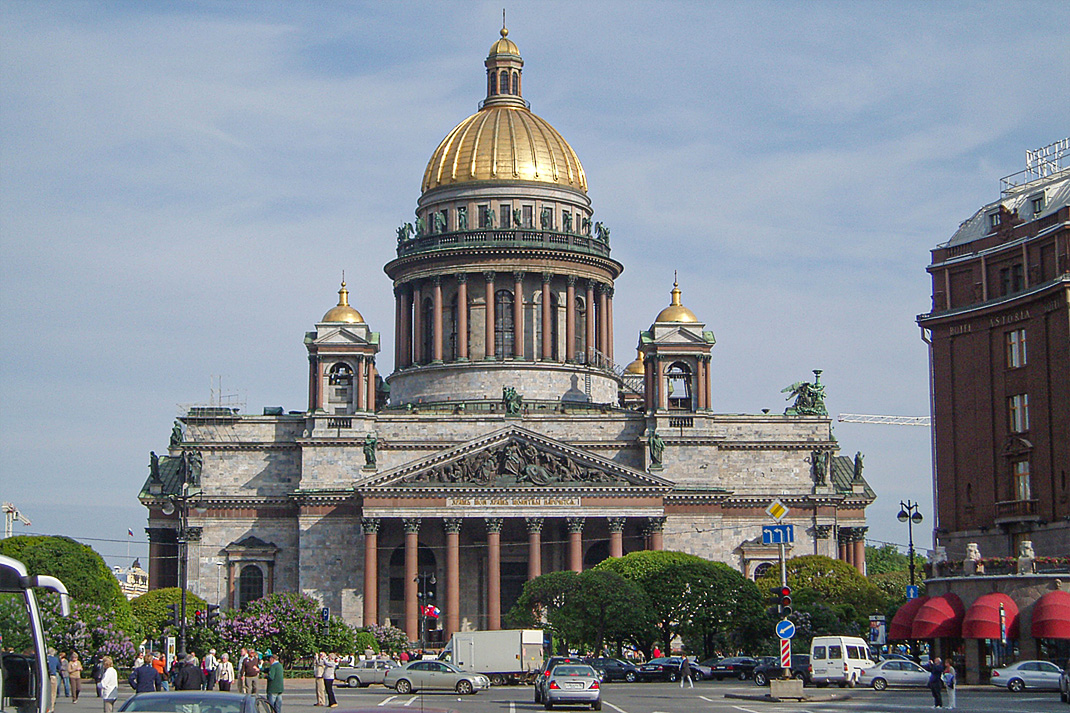
The problem with visiting St. Petersburg on the cruise was that it was not possible to go around on your own unless you had first obtained a visa which Pat and I hadn't. We therefore visited all the sites in the following photographs on coach trips as a group. In this first photograph you can see St. Isaac's Cathedral
Its dome dominates the skyline of St. Petersburg and its gilded cupola can be seen glistening from all over the city.
The church itself is an architectural marvel. Built by the French-born architect Auguste Montferrand to be the main church of the Russian Empire, the cathedral was under construction for 40 years (1818-1858), and was decorated in the most elaborate way possible. The columns are made of single pieces of red granite and weigh 80 tons each. The cathedral, which can accommodate 14,000 worshipers, now serves as a museum and services are held only on significant ecclesiastical holidays.
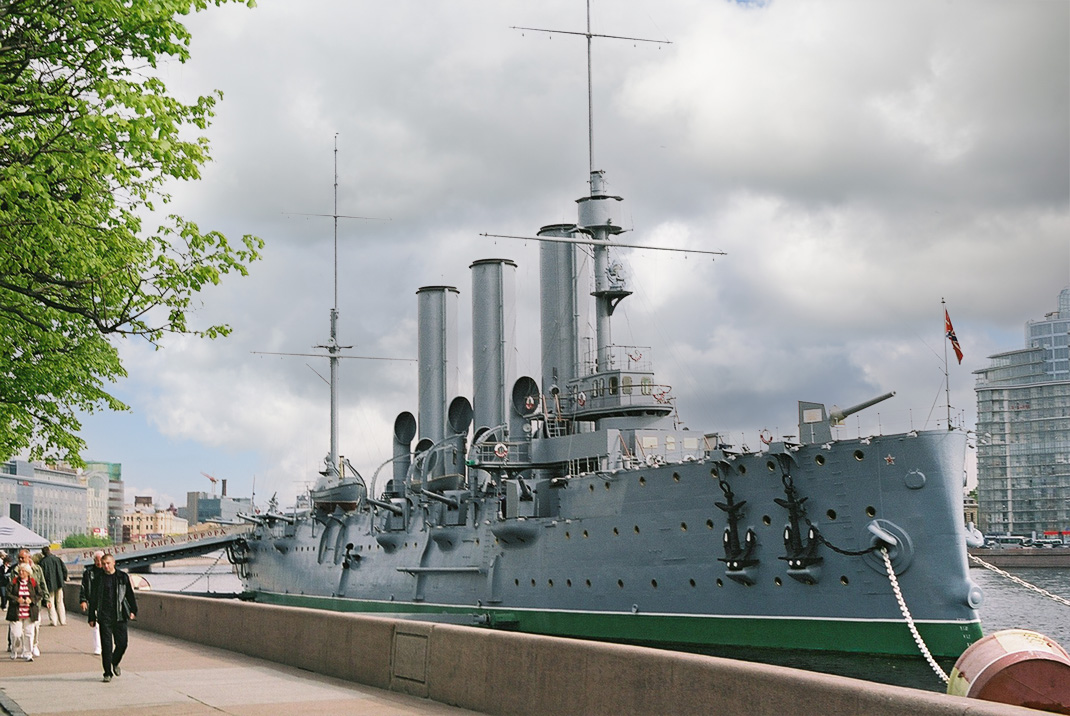
This is the cruiser, Aurora, built in St. Petersburg between 1897 and 1900, which took an active part in the Russo-Japanese War of 1904-05 and participated in the Tsusima battle, in which most of Russia's Pacific fleet was destroyed. After the war the ship was used for personnel training and during the October revolution of 1917 gave the signal (by firing a blank shot) to storm of the Winter Palace, which was being used as a residence by the democratic, but largely ineffective Provisional Government.
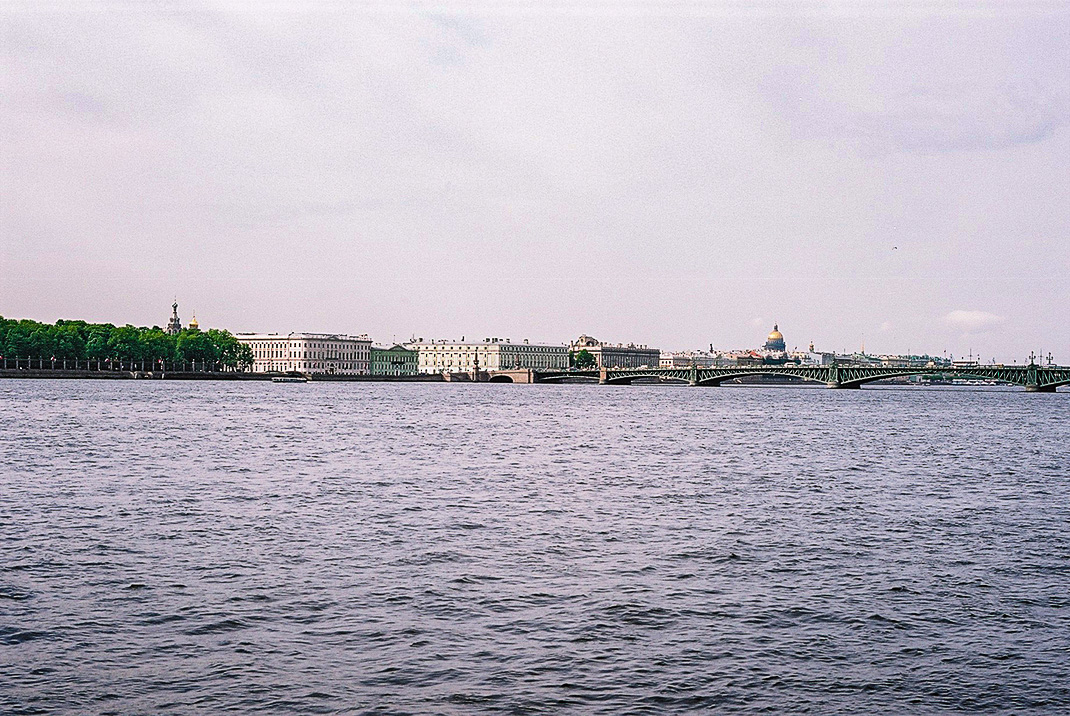
Here is a view of the River Neva. You can see the golden dome of St Isaac's Cathedral in the background.
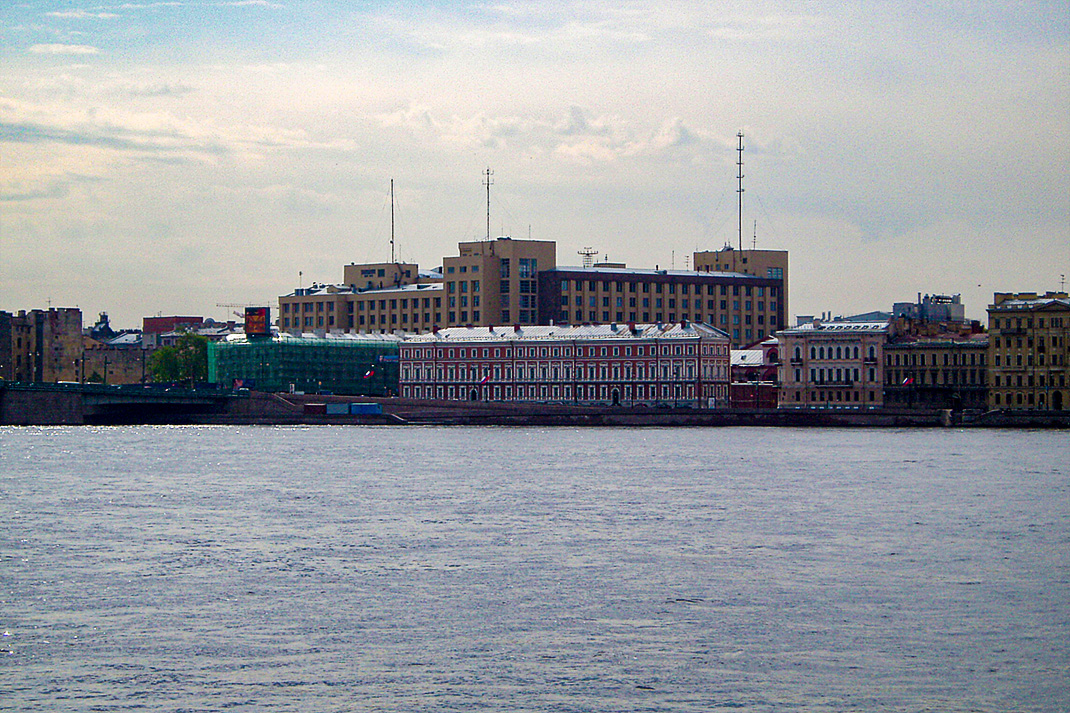
Also standing on the banks of the Neva is this building ... it's the headquarters of the KGB!
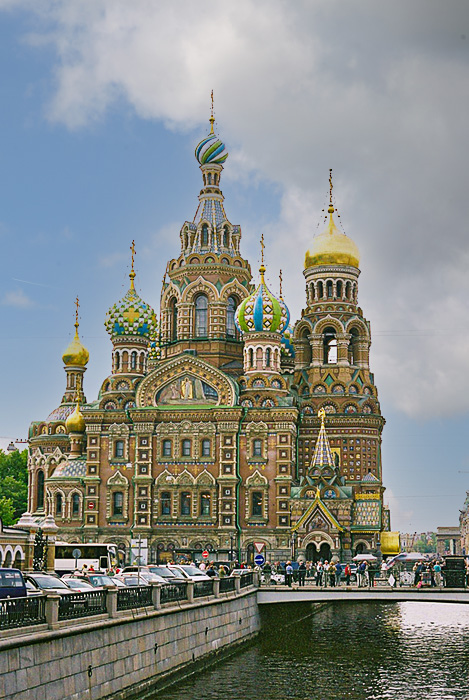
This is the Church of Our Saviour on Spilled Blood.
This marvelous Russian-style church was built on the spot where Emperor Alexander II was assassinated in March 1881. After assuming power in 1855 in the wake of Russia's disastrous defeat in the Crimean war against Britain, France and Turkey, Alexander II initiated a number of reforms. In 1861 he freed the Russian serfs (peasants, who were almost enslaved to their owners) from their ties to their masters and undertook a rigorous program of military, judicial and urban reforms, never before attempted in Russia. However, during the second half of his reign Alexander II grew wary of the dangers of his system of reforms, having only barely survived a series of attempts on his life, including an explosion in the Winter Palace and the derailment of a train. Alexander II was finally assassinated in 1881 by a group of revolutionaries, who threw a bomb at his royal carriage.
The decision was taken to build a church on the spot where the Emperor was mortally wounded. The church was built between 1883 and 1907 and was officially called the Resurrection of Christ Church (a.k.a. The Church of Our Savior on Spilled Blood ). The construction of the church was almost entirely funded by the Imperial family and thousands of private donators. Both the interior and exterior of the church is decorated with incredibly detailed mosaics, designed and created by the most prominent Russian artists of the day (V.M. Vasnetsov, M.V. Nesterov and M.A. Vrubel). Interestingly, despite the church's very obviously Russian aspect, its principle architect, A. Parland, was not even Russian by birth.
The church was closed for services in the 1930s, when the Bolsheviks went on an offensive against religion and destroyed churches all over the country. It remained closed and under restoration for over 30 years and was finally re-opened in 1997 in all its dazzling former glory.
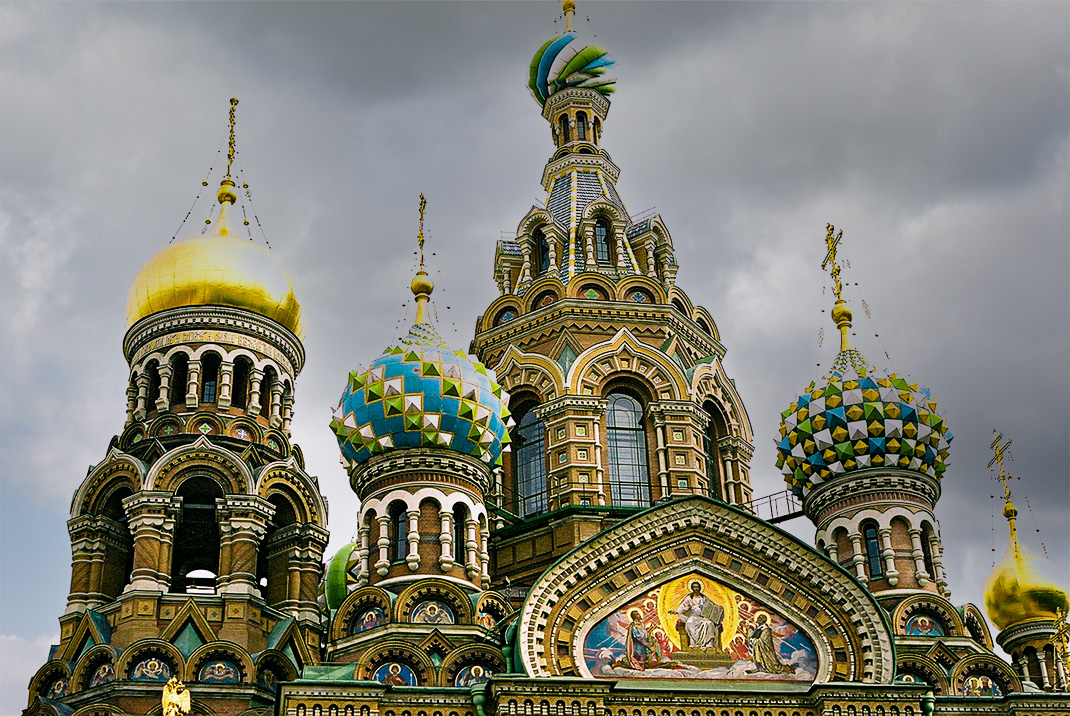
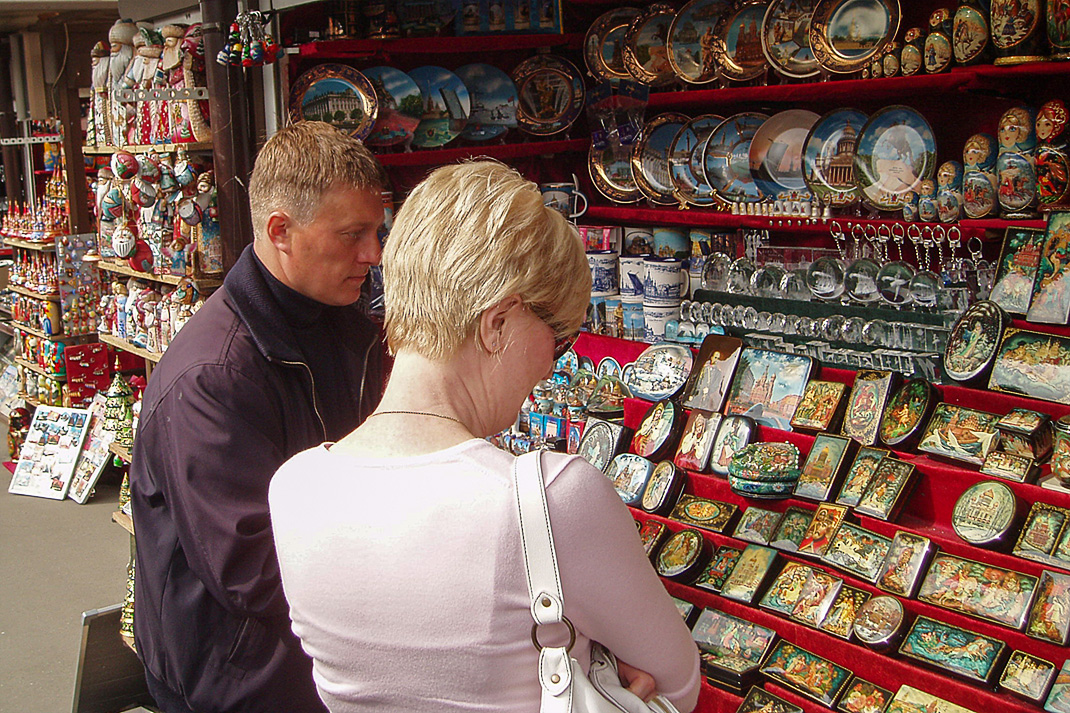
Pat haggling with one of the Russian Doll sellers who, like every other, said that he's were the authentic ones and the best quality.

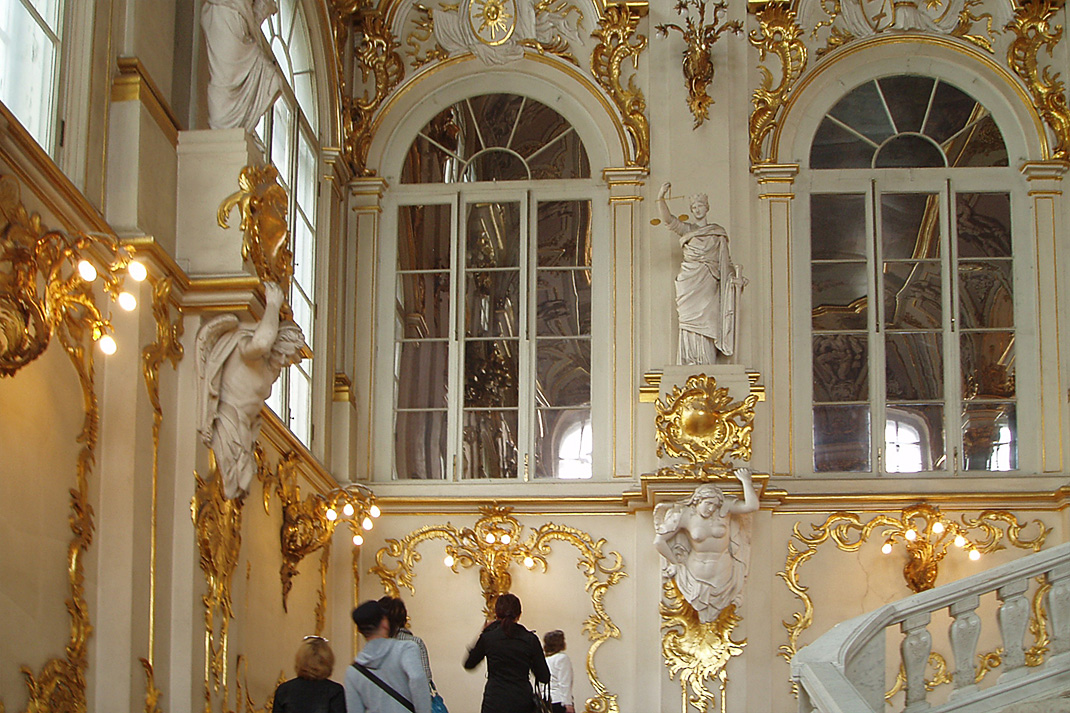
During the afternoon of our first day in St. Petersburg we visited the Hermitage Museum. The Hermitage Museum is Russia's best gallery of world art, one of the most prominent art museums in the world and definitely the main tourist attraction of St. Petersburg. The museum was founded in 1764 when Catherine the Great purchased a collection of 255 paintings from the German city of Berlin. Today, the Hermitage boasts over 2.7 million exhibits and displays a diverse range of art and artifacts from all over the world and from throughout history (from Ancient Egypt to the early 20th century Europe). The Hermitage's collections include works by Leonardo da Vinci, Michelangelo, Raphael and Titian, a unique collection of Rembrandts and Rubens, many French Impressionist works by Renoir, Cezanne, Manet, Monet and Pissarro, numerous canvasses by Van Gogh, Matisse, Gaugin and several sculptures by Rodin.

The main building of the Hermitage Museum is the Winter Palace, which was once the main residence of the Russian Tsars. Magnificently located on the bank of the Neva River, this green-and-white three-storey palace is a marvel of Baroque architecture and boasts 1,786 doors, 1,945 windows and 1,057 elegantly and lavishly decorated halls and rooms, many of which are open to the public. The Baroque Winter Palace was built between 1754 and 1762 and its first resident was none other than the celebrated Catherine the Great. Many of the palace's impressive interiors were remodelled after the huge fire that partly destroyed the building in 1837. Some of the best Russian and most famous foreign architects worked exhaustively to ensure that this Imperial residence was one of the finest and most luxurious palaces in the world.

The experts say that if you were to spend a minute looking at each exhibit on display in the Hermitage, you would need 11 years before you'd seen them all.

Unfortunately no flash photography is allowed in the museum and therefore I am not able to show you many of the beautiful exhibits. I did manage to take the photograph on the left which is actually a clock - the famous Peacock Clock. The figures of a peacock, cockerel and owl that form part of this elaborate timepiece-automaton are fitted with mechanisms that set them in motion.
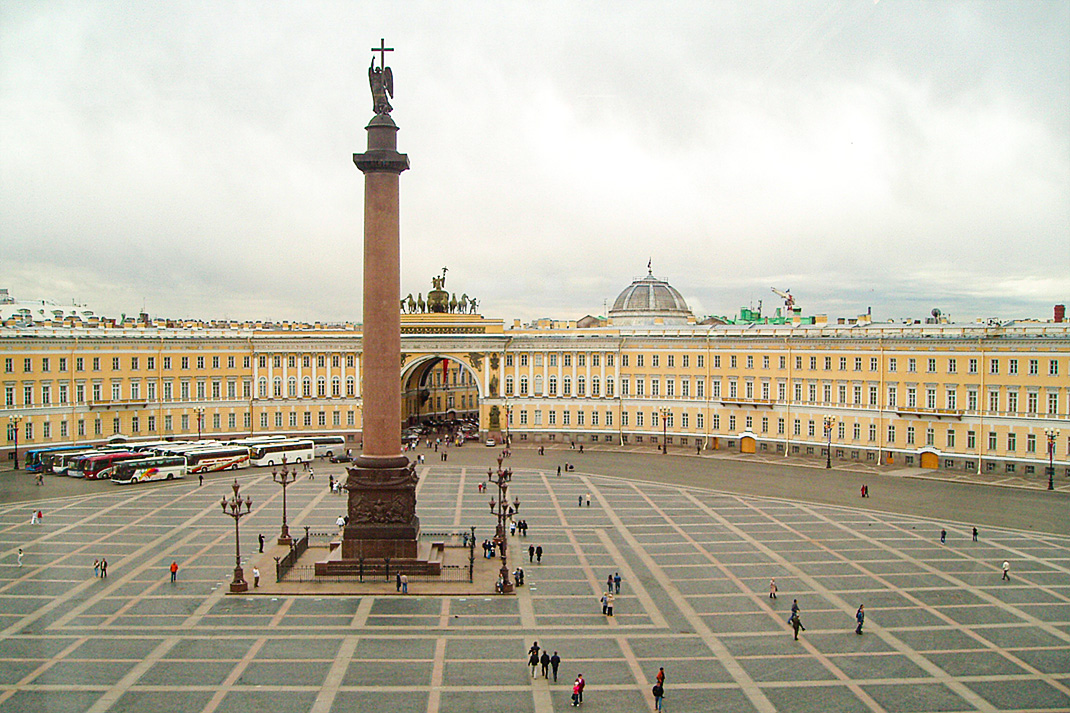
After we had finished in the Hermitage we watched a performance by a choir before spending our evening in the Theatre watching traditional Russian dancing and singing. Here are a few photos of those events:
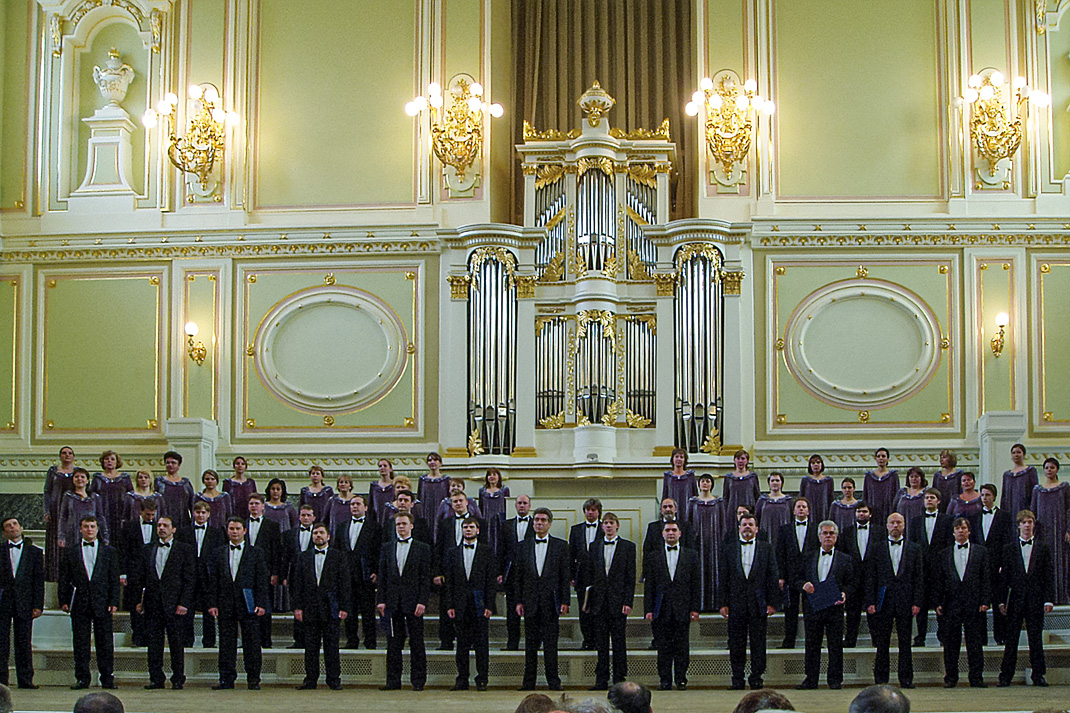
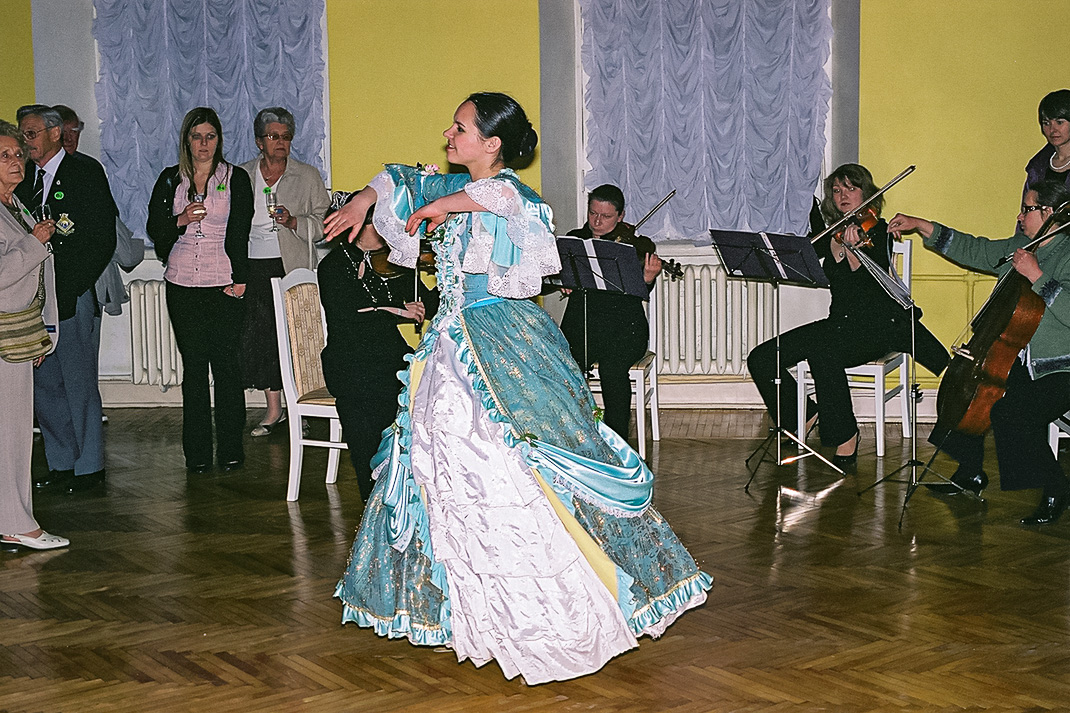

On the second day of our stay in Russia we visited Catherine's Palace at Pushkin, around 12 miles away from St. Petersburg.
In the seventeenth century there was a Finnish farm here at Dudorovsky eminence called "Saari mois" in Finnish language. In 1708 it became a possession of the Russian Tsar, and the Finnish toponymy word "Saari mois" was transformed into "Tsarskaya Mysa" that sounded more Russian.
In 1708-1724 Tsarskaya Mysa was the residence of Peter the Great's wife, the Empress Catherine I. From 1741 Tsarskoye Selo became the residence of the Empress Elizabeth and during her reign the architect Rastrelli created a magnificent Emperial Palace, a brilliant masterpiece of Russian baroque.
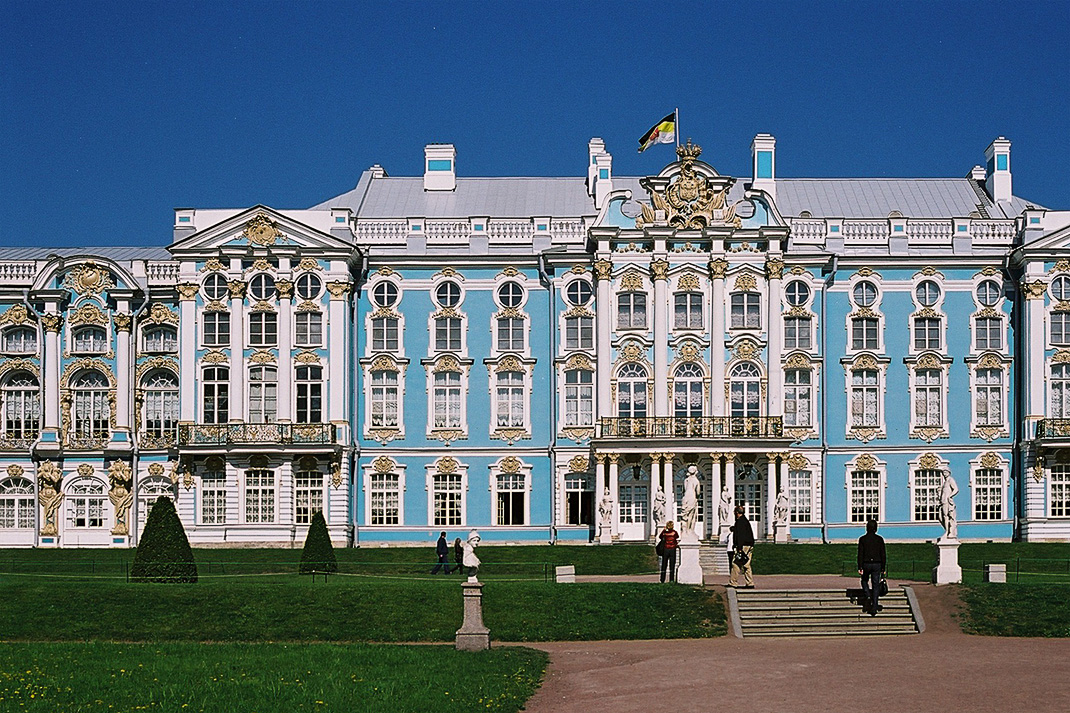
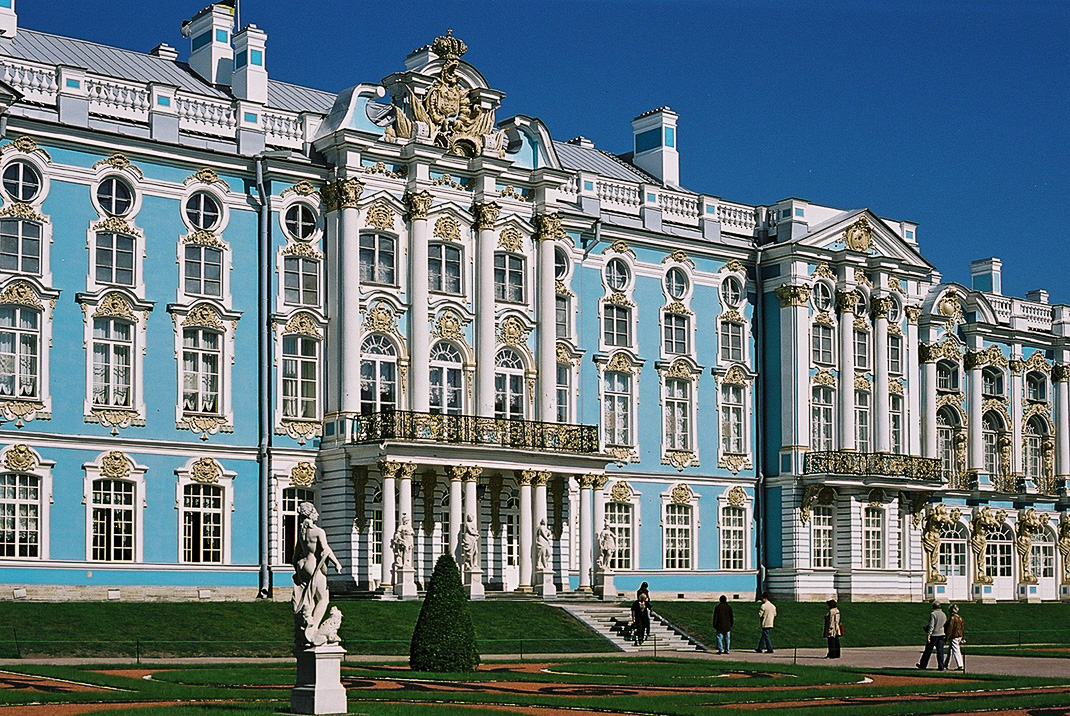

The interior of Catherine's palace is equally lavish. The amber room is probably the most famous room, however. King Frederick William of Prussia gave Peter the Great the original inlaid amber panels after Peter admired them in a room in Frederick's palace. The 16-foot jigsaw-looking panels were constructed of over 100,000 perfectly fitted pieces of amber. The Nazis dismantled the amber panels and shipped them to Germany during World War II, and they have never been found. Much mystery surrounds the fate of the amber room panels, and many Russians believe that they still exist somewhere in Germany. Russian artists began recreating the amber panels using the old techniques in the early 1980's, and the room was opened to the public in 2003.
Unfortunately no photography at all is allowed in the Amber Room and therefore I've no photos to show you, but the next two photos do at least show you some of the other rooms in the palace.
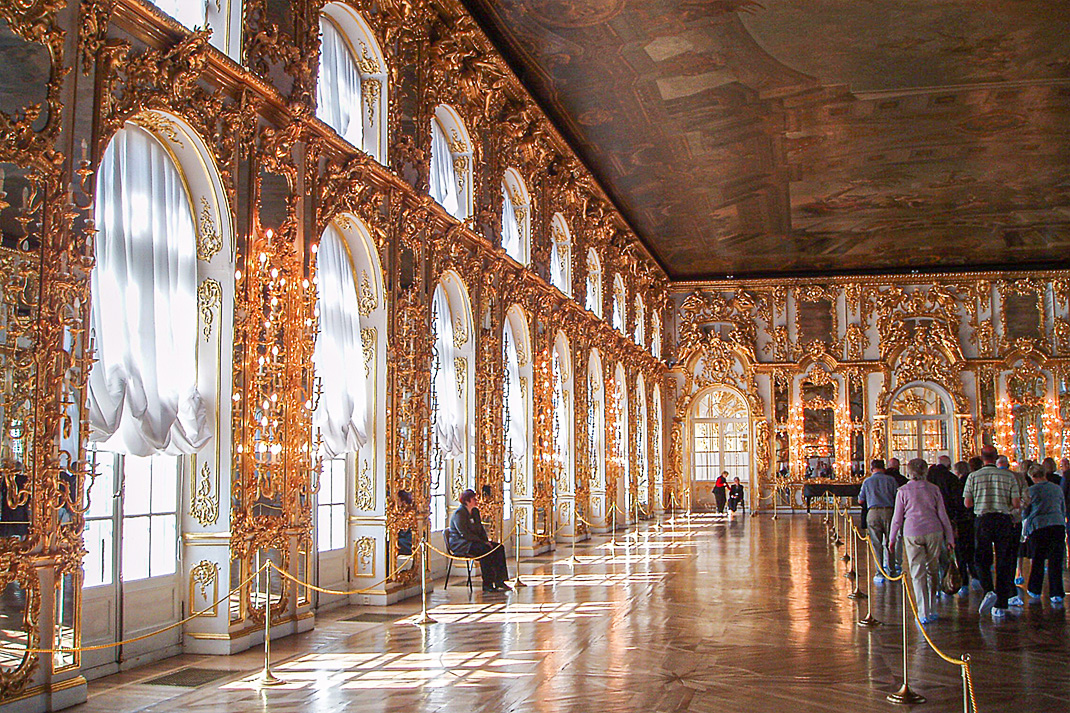
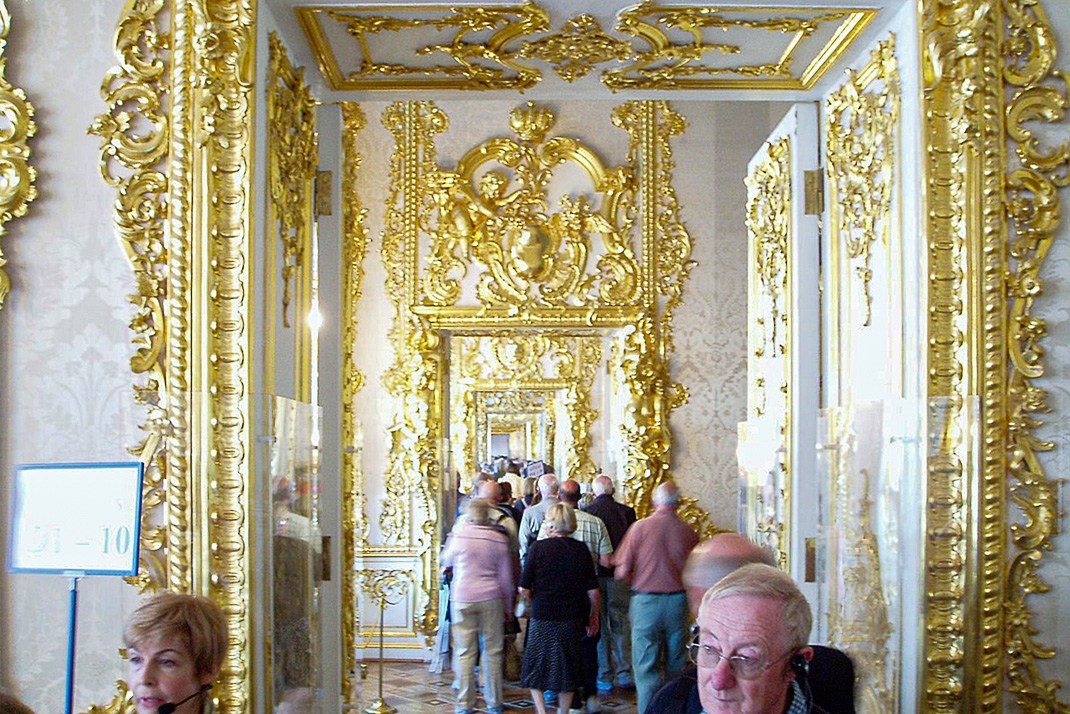
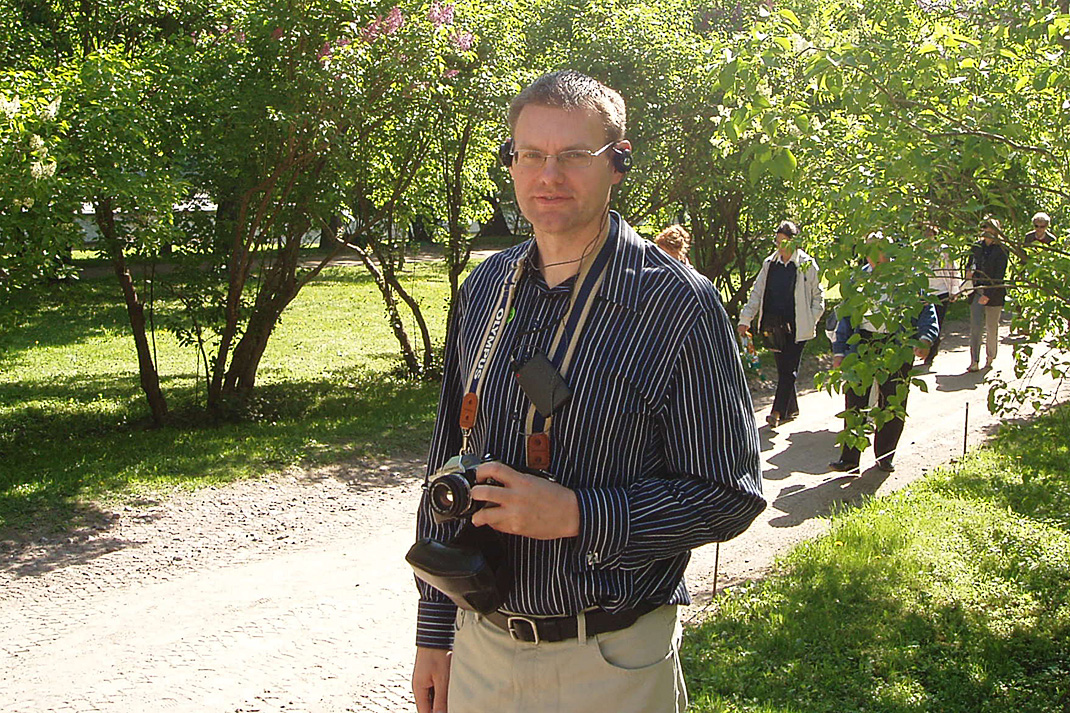
One thing we found fascinating about St. Petersburg was that it was far enough North for us to witness daylight at midnight. Here's a photograph of the sunset that Pat took. The photograph was taken at 12.30am!
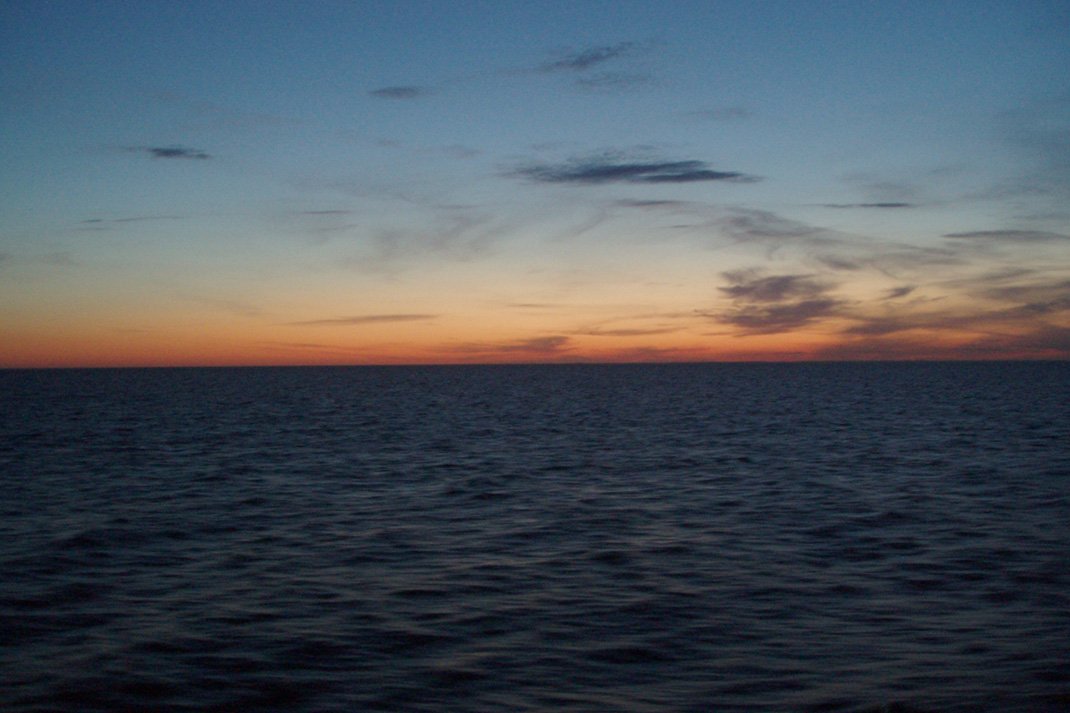
Lying on the shores of the Baltic Sea with the Russian Republic to the east, Latvia to the south and the sea to the north and west, Estonia covers an area of about 17,500 square miles or roughly one-third the size of England. The area includes 800 islands and twice as many lakes of varying sizes. Tallin, the capital, is by far the largest city with a population of approximately 400,000, around 30% of the country's total population. It lies on the Gulf of Finland some 50 miles from Helsinki as the crow flies and less than 500 miles from the Arctic Circle. Tallin was first mentioned on the world map back in 1154 and is therefore one of the oldest towns in the Baltic area.
The Baltic Republics - Estonia, Latvia and Lithuania - have always been the target, and generally the prize, of a more powerful nation. In the Middle Ages it was the Scandanavian nobles and the Teutonic Knights who joined forces to subdue this area, and the country was finally divided between Denmark who took the North and the Livonian Order who seized the rest. Then 400 years later Russia, Poland and Sweden came to blows, resulting in Poland taking the south and Sweden the north. In 1629 all of continental Estonia became Swedish territory. Russia then stepped in and took the whole country in 1721. Occupied by German troops during the First World War, Estonia became a free agent in 1918 for the first time for hundreds of years. Independence, however, came to an end in 1940 when the Soviet army occupied the country and Estonia became part of the Soviet Union. The Estonian's desire for independence was demonstrated in peaceful mass meetings and their dream was finally realised on 20td August 1991. Within weeks Estonia was recognised as a free and independent country by Russia, the European Community and the United States of America. In May 1993 the Council of Europe voted Estonia as a full member.
It was during the Danish rule in the 13th Century, and the rule of the Teutonic and Livonic Knights for the next 200 years, that Tallin achieved its greatest international and mercantile importance as one of the chief members of the Hanseatic League. The fortifications were strengthened and extended and it is these, together with the public buildings and private houses of those times, the churches and the monasteries that enthral the visitor today. For Tallin exudes a Gothic charm in its narrow, cobbled streets lined by the wonderfully preserved civic and private buildings of yesteryear, a charm enhanced by the greenery of the parks and gardens and by the fragrant aroma of coffee wafting from the centuries-old cafes which are such an intimate part of life in Tallin.
Here are some of the photos we took in this very picturesque city.
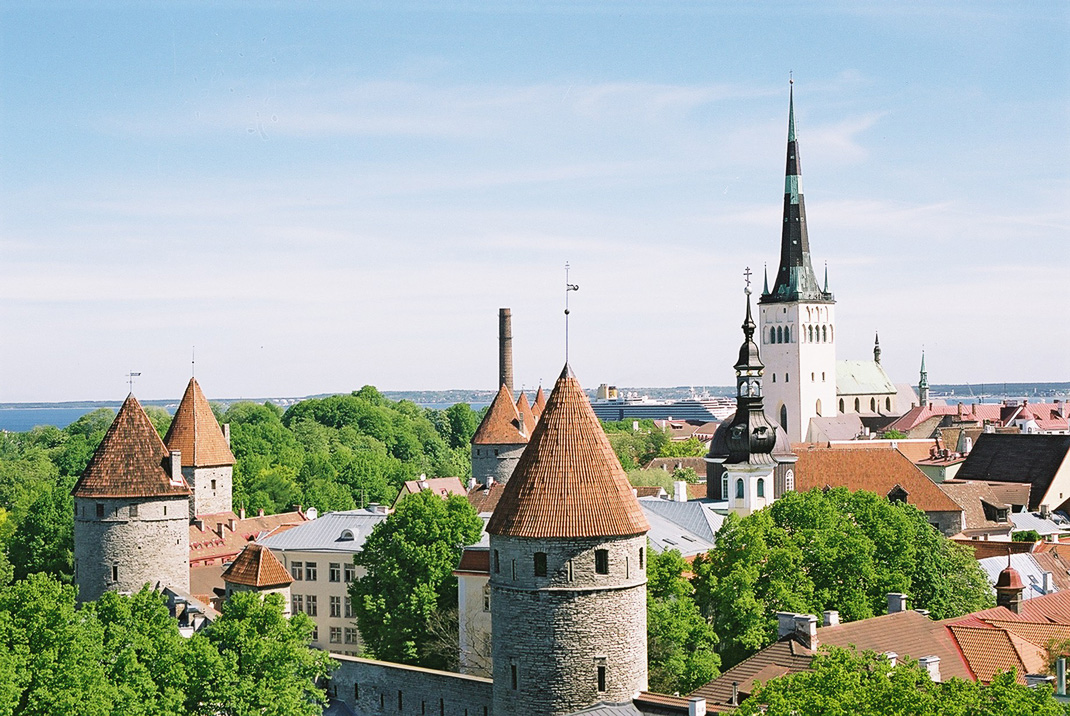
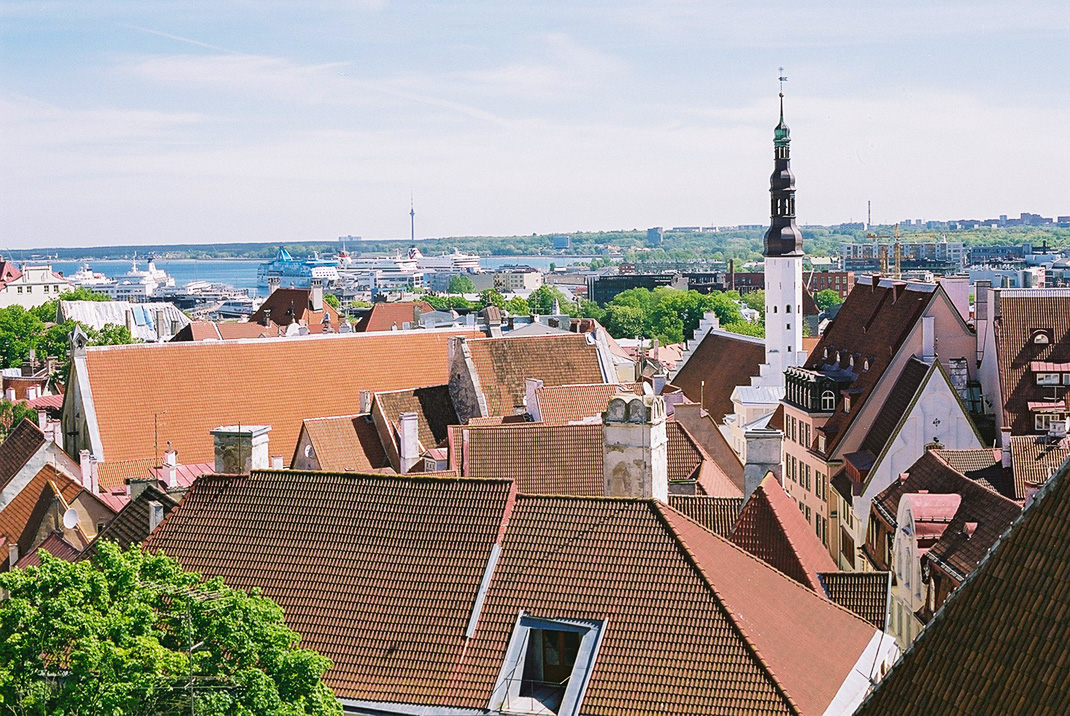
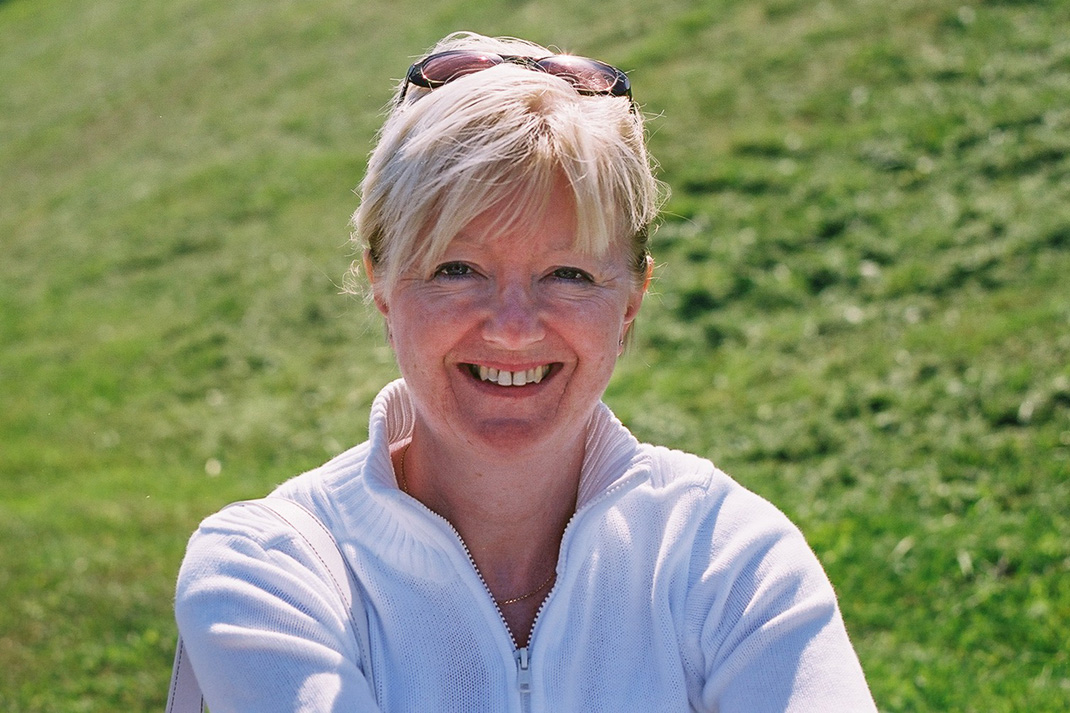
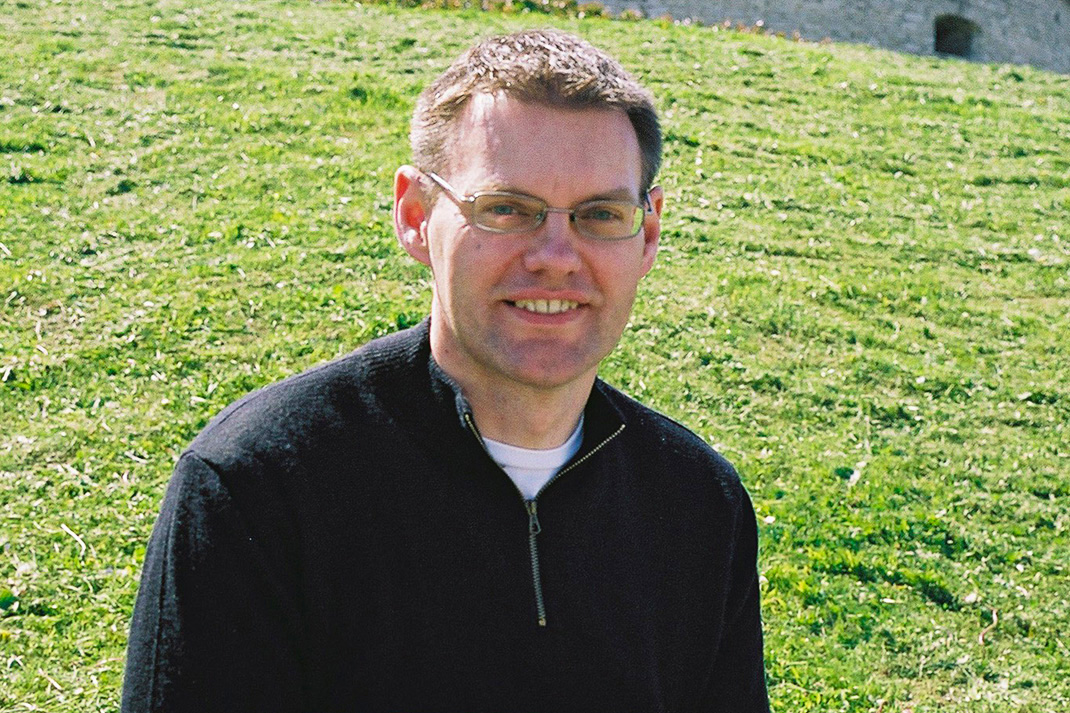
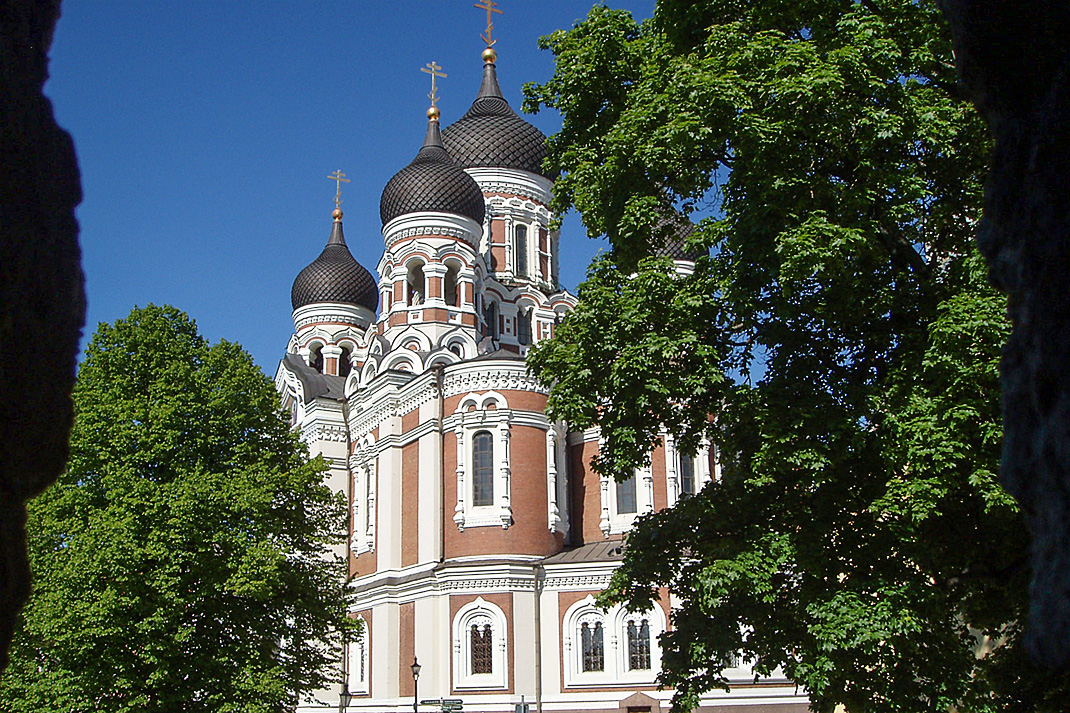
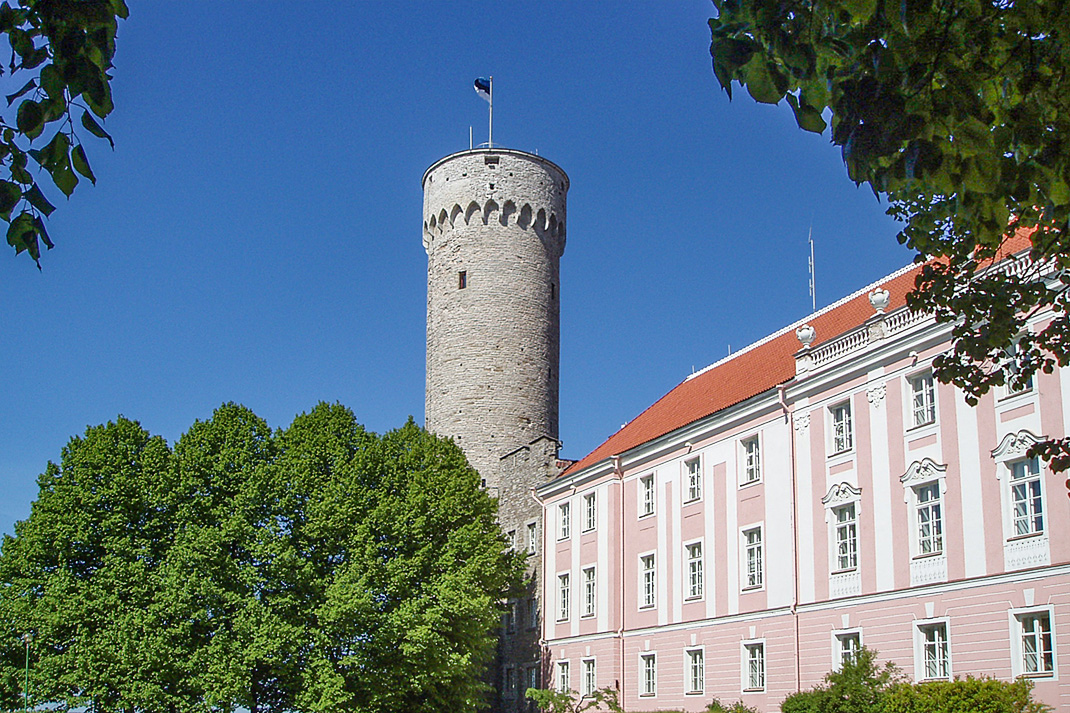
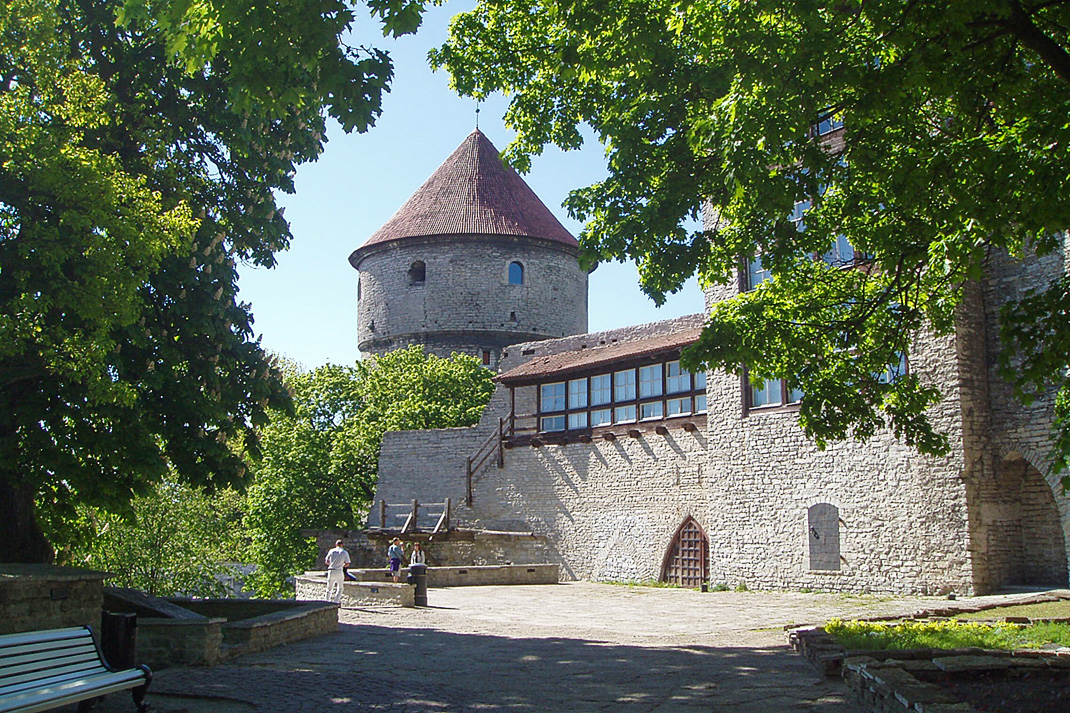
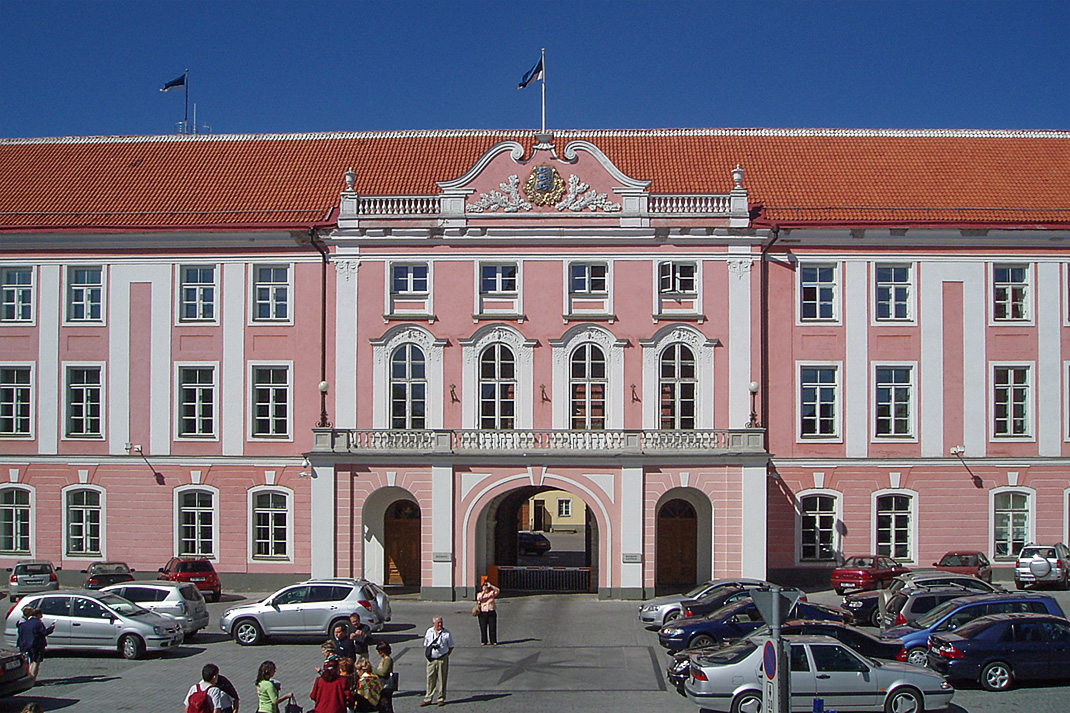
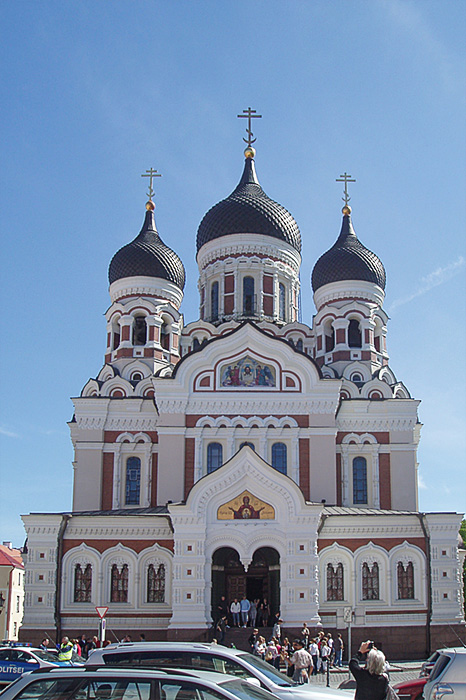
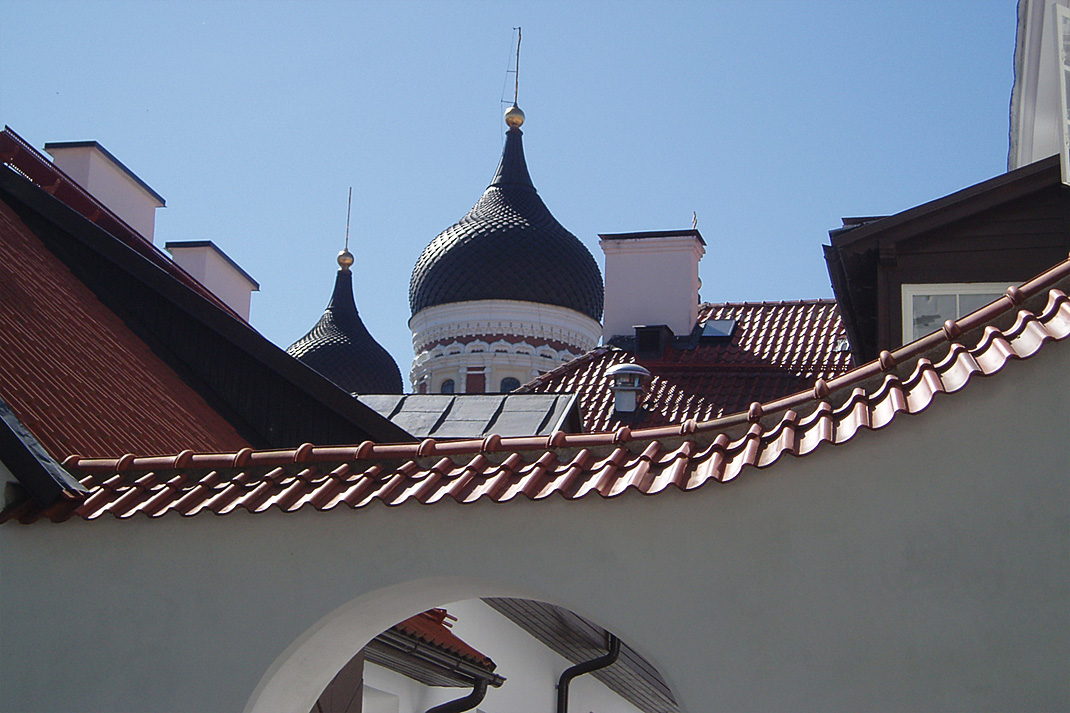



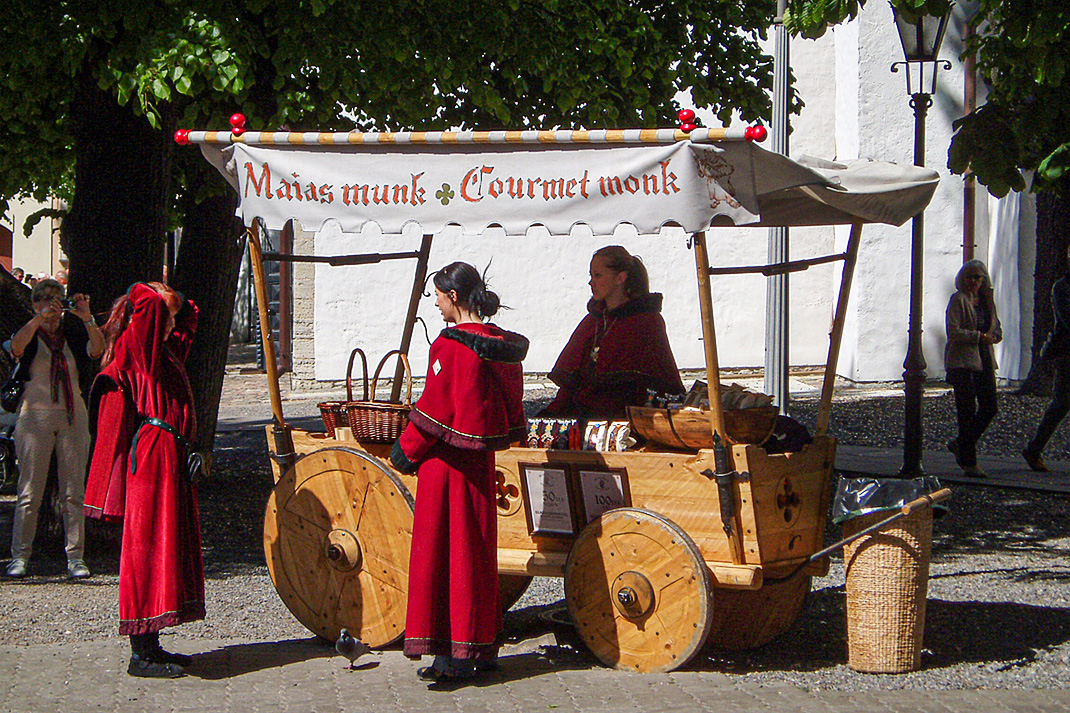
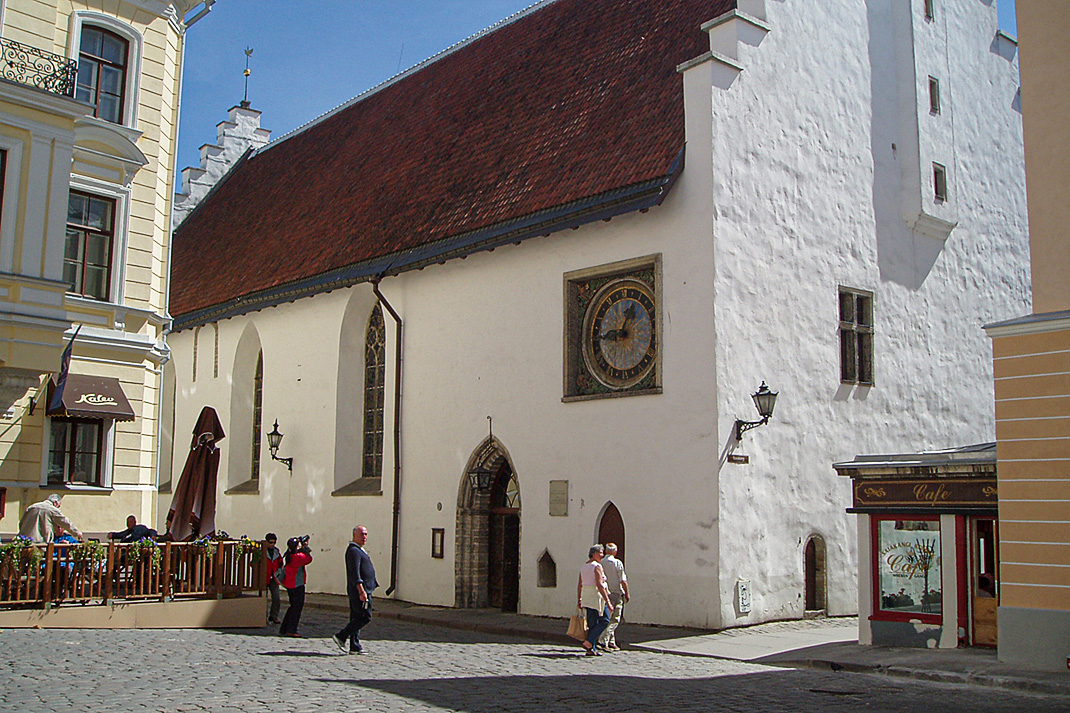
Formerly in the German Democratic Republic (East Germany), the important port and industrial centre of Rostock in Mecklenburg-Vorpommern is now part of a re-unified Germany. The city is on the River Warnow just eight miles from its outer harbour at Warnemünde; on the Baltic coast of north Germany. Historically, both the city and the surrounding region have much to offer.
The name "Rostock" comes from the Slavonic word meaning the widening-out of a river. A trading post on the site of the present city was mentioned in a document of 1160, and in 1265 this small town and the nearby settlements merged to form a single town.
Warnemünde; was first mentioned in a document dated 1195 as a small fishing settlement. By the end of the 13th century Rostock was surrounded by massive walls and towers, parts of which are still in existence
Rostock became one of the leading Hanseatic ports and traded not only with nearby northern Europe but also with France and Spain. The town reached its peak of prosperity in the 14th and 15th centuries. In 1323, the authorities of Rostock bought the fishing village of Warnemünde and hence secured their free and open access to the sea. The city was and remained under the rule of the dukes of Mecklenburg. Two years later it was given the right to have its own coinage. The university was founded in 1479.
The 17th century was less happy. Rostock was occupied and looted during the Thirty Years War (1618-1648) and the Swedes set up a customs post at Warnemünde. To add to Rostock's problems a disatrous fire in 1677 destroyed a third of the town. The Seven Years War (1756-1763) saw the town occupied at different times by the Danes, Swedes, Russians and Prussians. Fifty years later it was the turn of the French to control the region for a few years.
Things began to improve in the 19th century with the growth of a large fleet and the development of industries. In 1852 the first German sea-going, propeller-driven steam ship was built at Rostock. Warnemünde, meanwhile, had developed from a fishing port into a fashionable bathing resort, a new venture which was greatly encouraged by the coming of the railway in 1888.
By 1939 Rostock and the Warnow was an important centre for the manufacture of armaments, aircraft (Heinkel) and U-boats, a choice of industries which was to have dire consequences. Not surprisingly, the Royal Air Force mounted major bombing raids in 1942 and much of the town and the surrounding area was destroyed. On 1st May 1945 Rostock was occupied by the Soviet Army and then became part of the German Democratic Republic (DDR). The mouth of the Warnow around Warnemünde soon became the DDR's chief ocean port and its largest shipbuilding centre.
In 1990 Rostock and the rest of the DDR became part of a re-unified Germany. In 1995 the town celebrated the 777th anniversary of being granted its charter by Heinrich Borwin I.
In the past years Rostock and the region has become increasingly attractive for new investors, especially in the port area. Investors include the companies Liebherr and Caterpillar, shipbuilding and wind energy business as well as enterprises of the life sciences and the services branch. Tourism is one of the main sources of income and Warnemünde can call itself one of the leading cruise ports in Northern Europe.
Here are some of the photos we took in Rostock and Warnemünde:
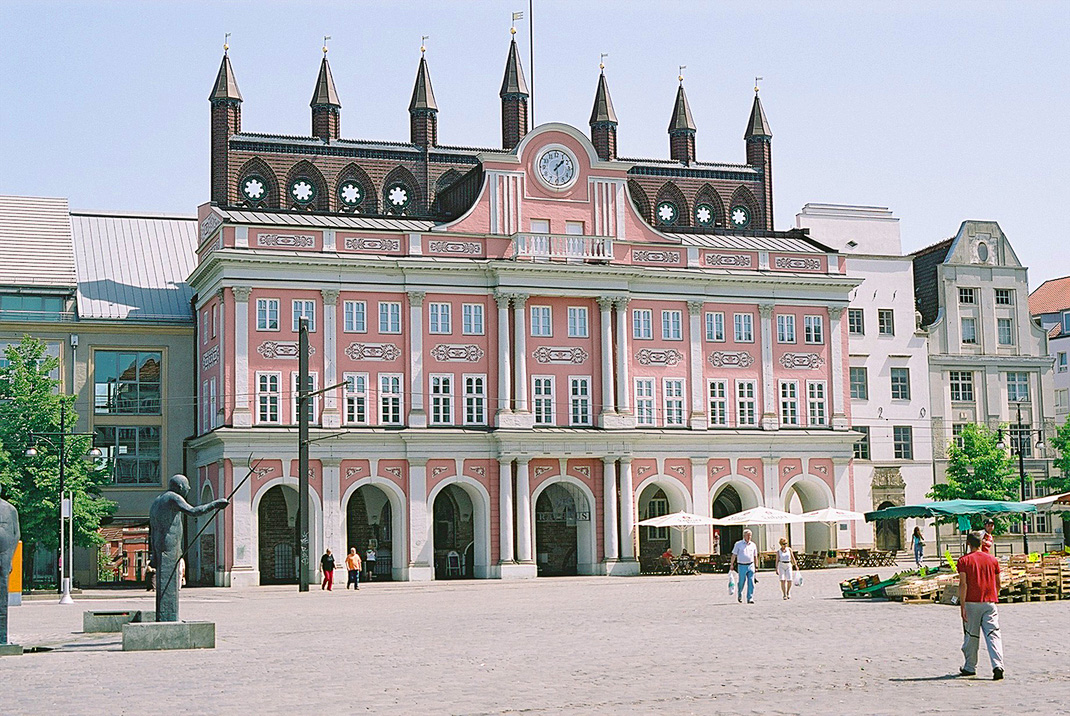
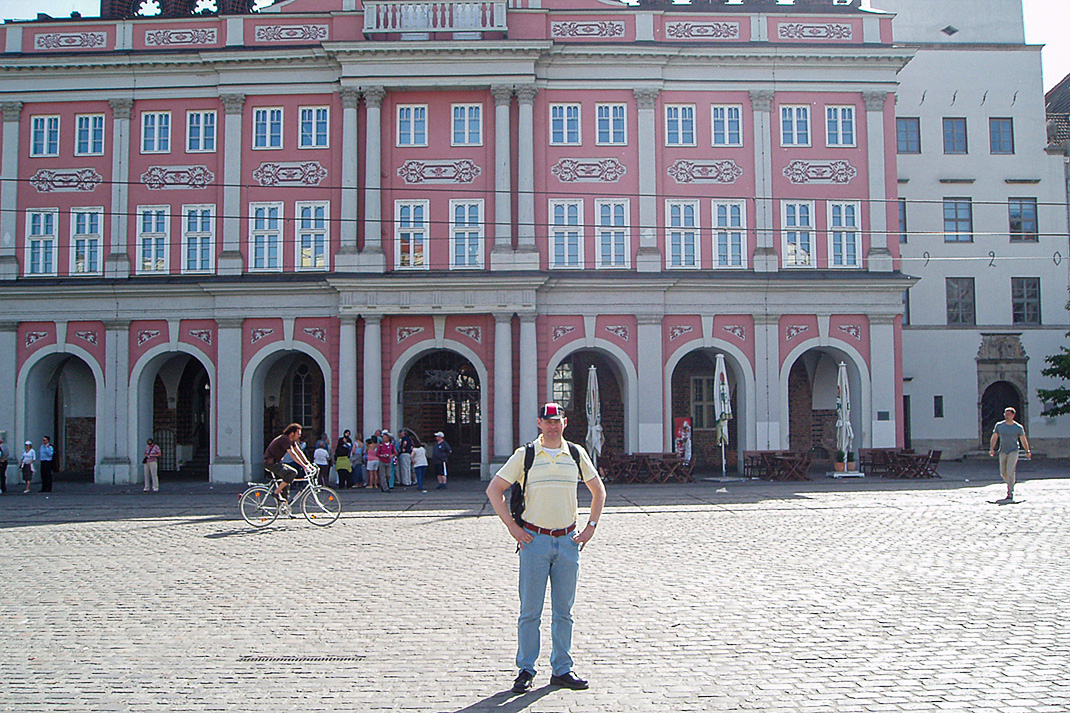
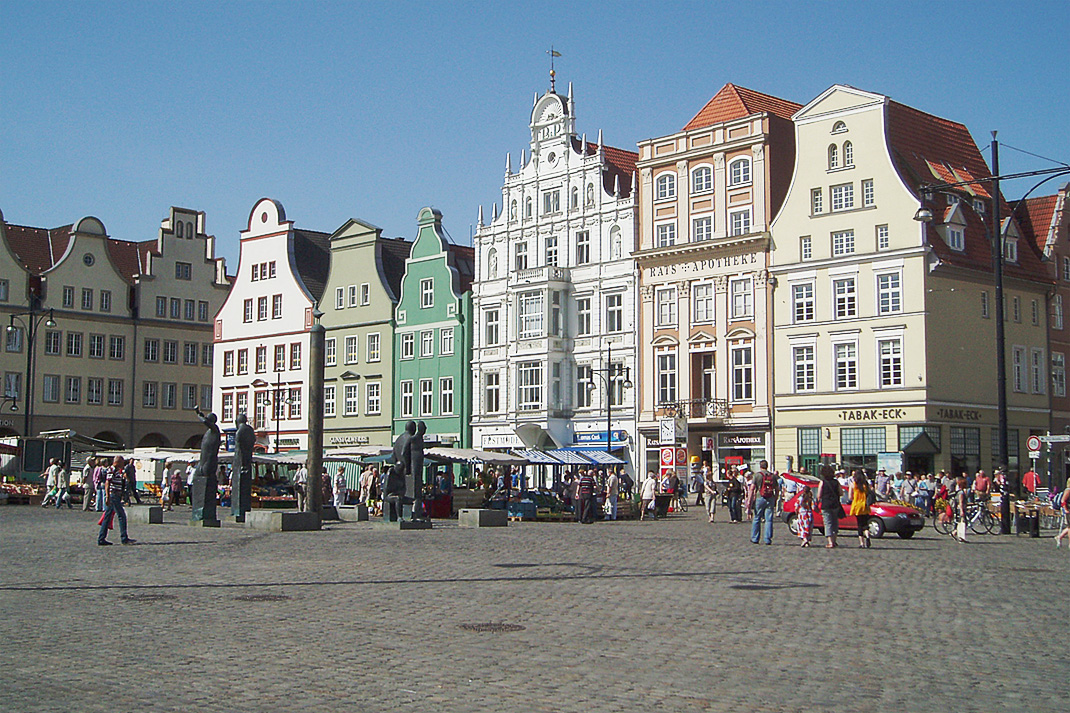
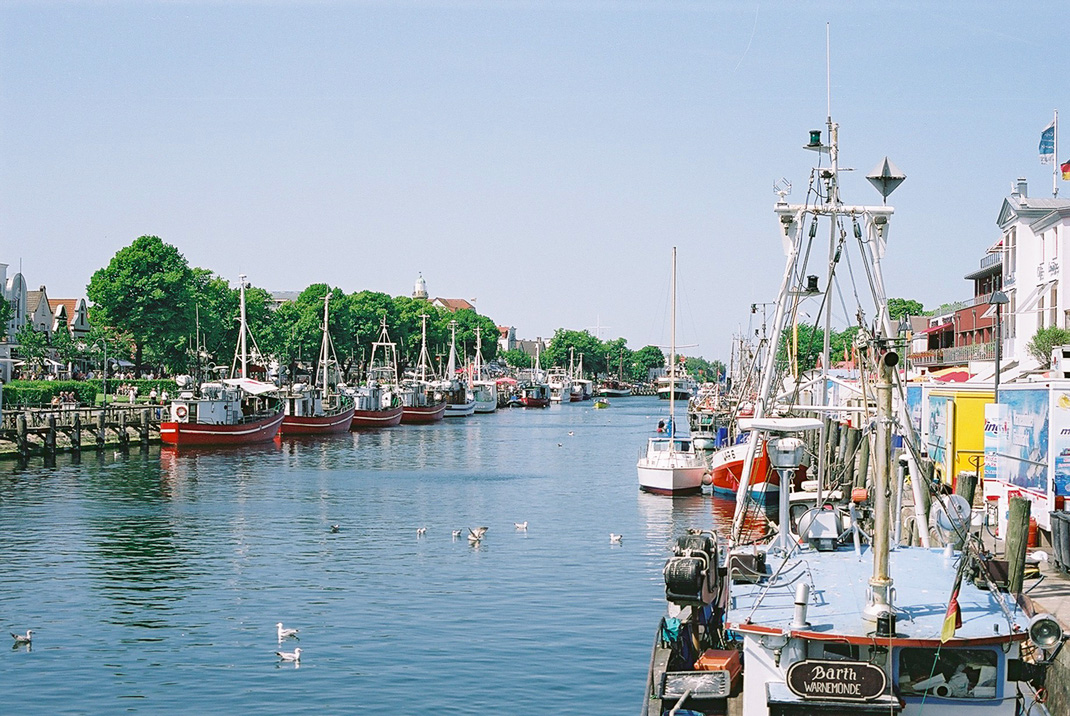
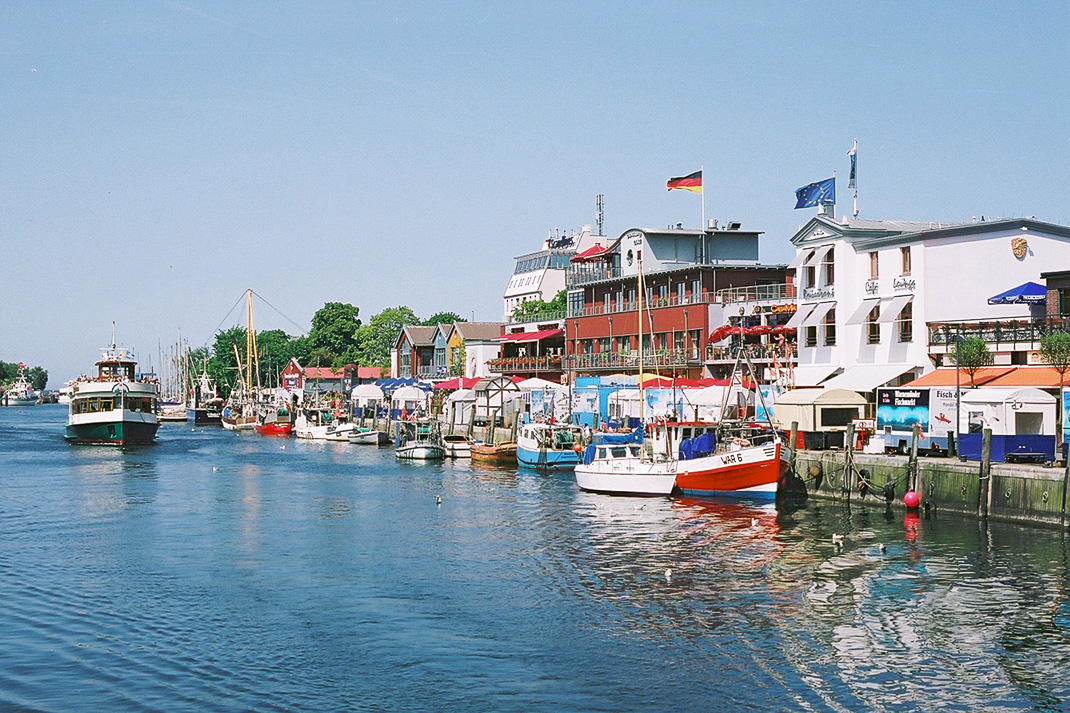
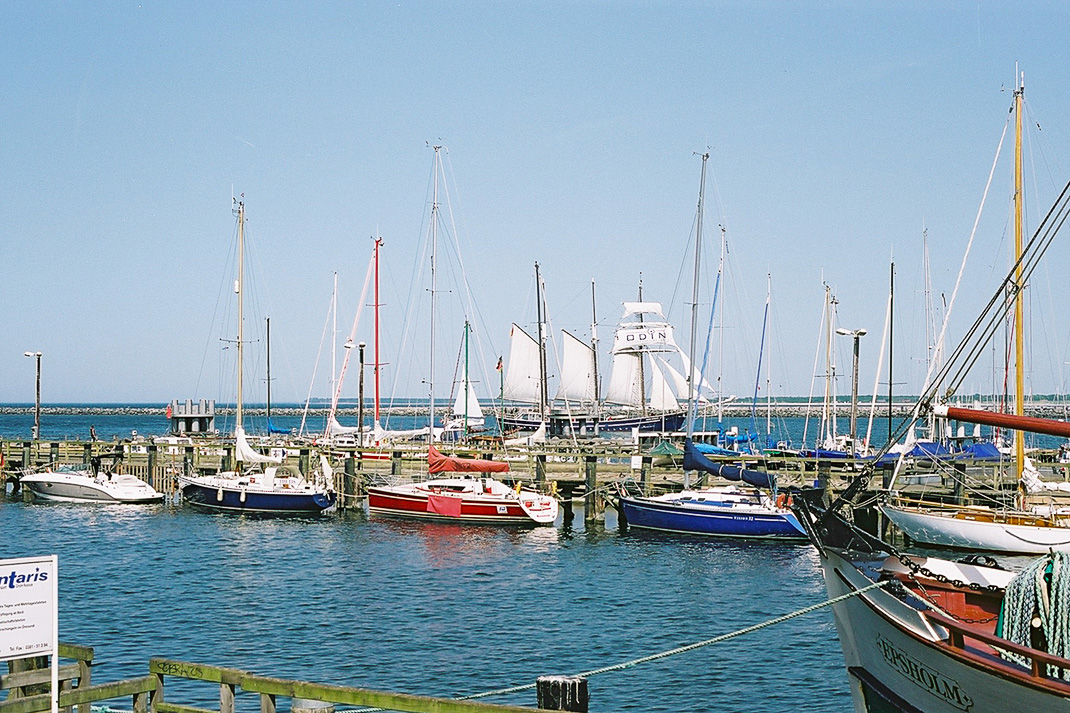
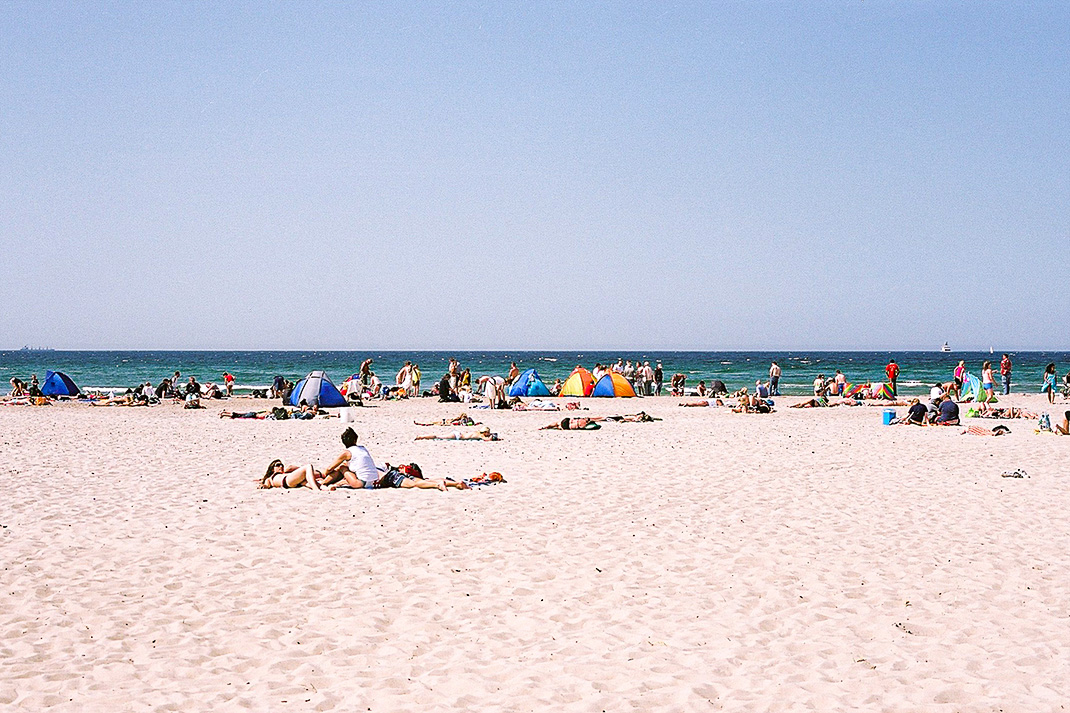
There was a good leaving party on board ship when we finally left Warnemünde. Here are some photos. In the final photo are Derek and Theresa from our table in the Meridian Restaurant.

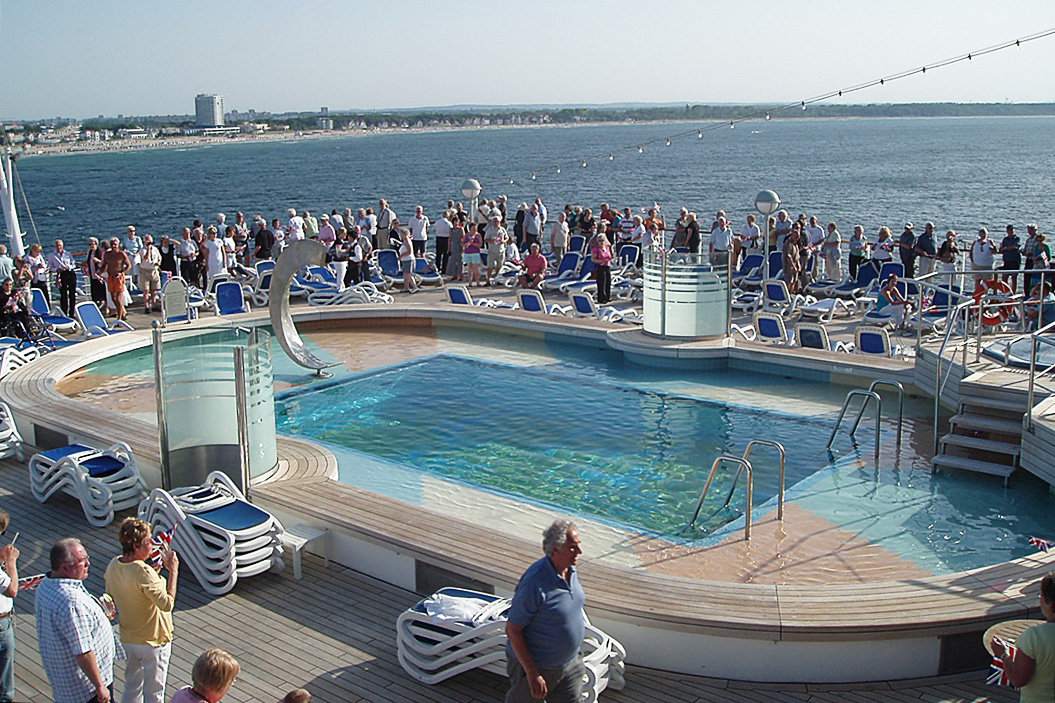
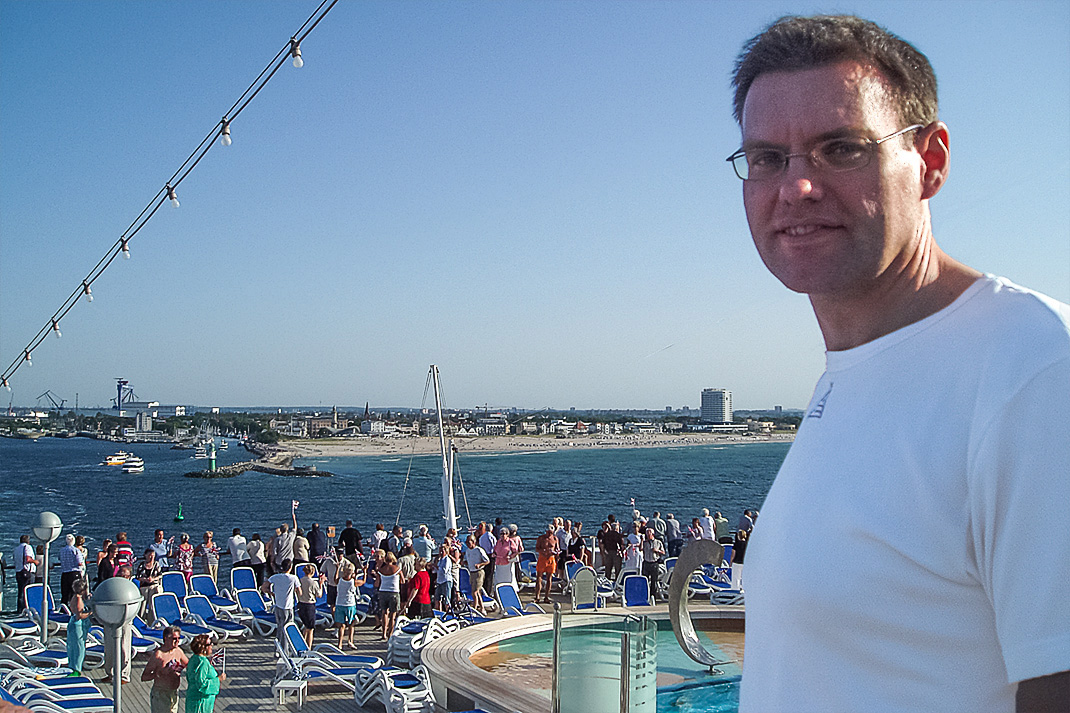

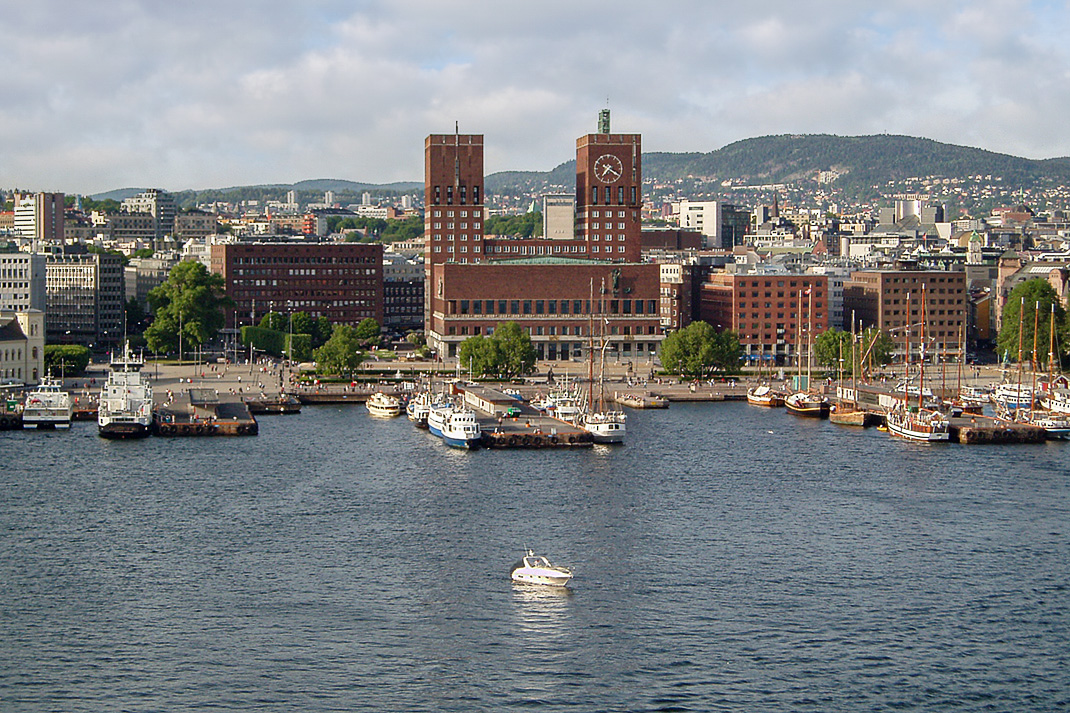
The modern city of Oslo adjoins the site of medieval Oslo, founded in 1048 by Harald Hardraade, the Harald who in 1066 fell at Stamford Bridge fighting against Harold of England. Another connection with England took place in happier circumstances in 1589, when James VI of Scotland, afterwards James I of England, was married to Anne of Norway and Denmark in the Cathedral of Saint Halvard, following their marriage by proxy, which had taken place in Copenhagen the previous year. A few years before this the city had been largely burned to the ground to prevent its seizure by the invading Swedes, and in 1624 its complete destruction by fire gave King Christian IV of Norway and Denmark an opportunity to lay the foundations of the spacious modern town to the north of the Akershus fortress, built to protect the older city on the far side of the river.
The new foundation was named after himself, Christiania, and kept his name for just 300 years, until in 1925 the ancient title of Oslo was reassumed by the decision of Stortinget (Parliament). Despite several subsequent disastrous conflagrations the intentions of the founder have been maintained, and the broad streets, gardens and handsome buildings of Oslo make it one of the finest cities of the north.

Our ship docked alongside the Akershus Fortress. Dating from 1299, this Medieval castle and Royal Residence developed into a fortress in 1592 after which it was rebuilt into a renaissance castle 1637-1648. Here you can see magnificent halls, the Castle church, the Royal Mausoleum and models of the castle. Government's Reception Rooms and Banqueting Halls.
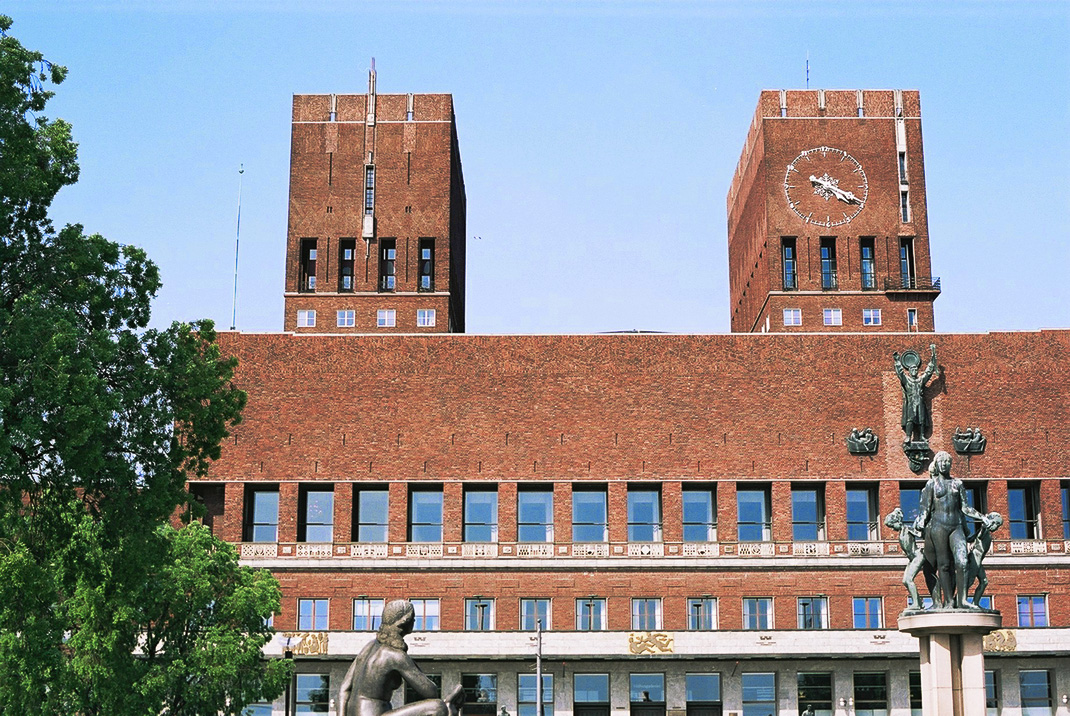
The Town Hall dominates the harbour area of Oslo. The building was designed by Arnstein Arneberg and Magnus Paulsson and took over 20 years to build. It contains a number of murals and wood-carvings of exceptional quality, which were begun in the 1930s and, interrupted by the Second World War, only finished in the 1950s.
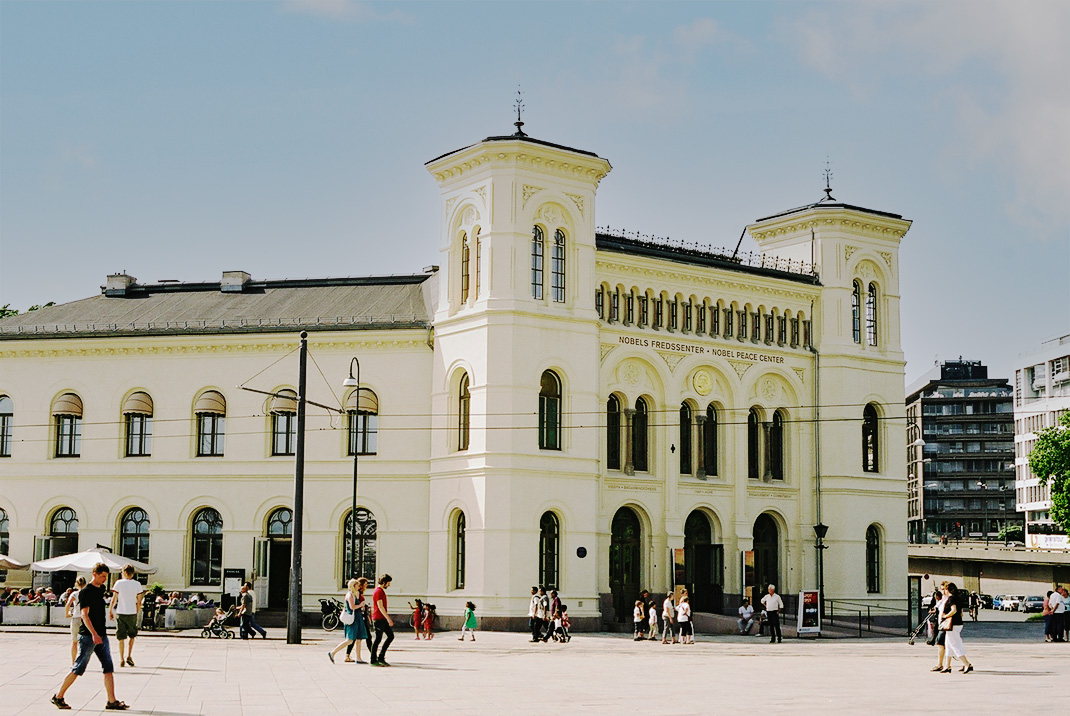
This is the Nobel Peace Centre. It opened close to Aker Brygge in Olso in June 2005 and is devoted to the famous peace prize. Exhibitions tell the story of Alfred Nobel (who was, of course, Norwegian) and past prize winners, with displays on worldwide war, peace and conflict resolution.
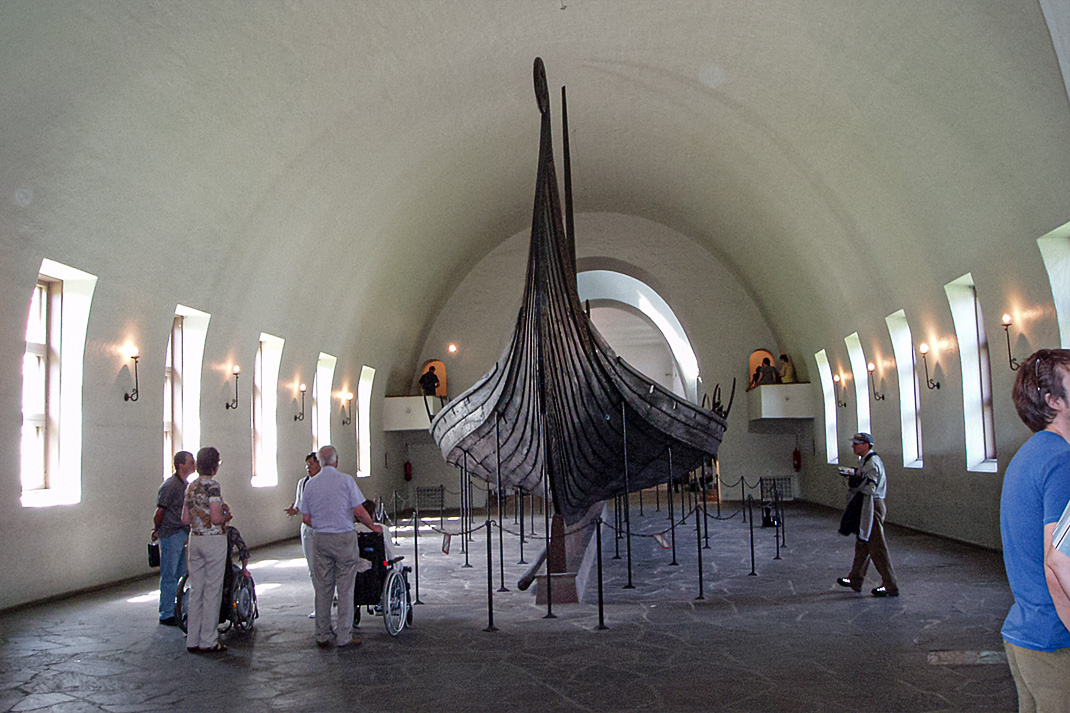
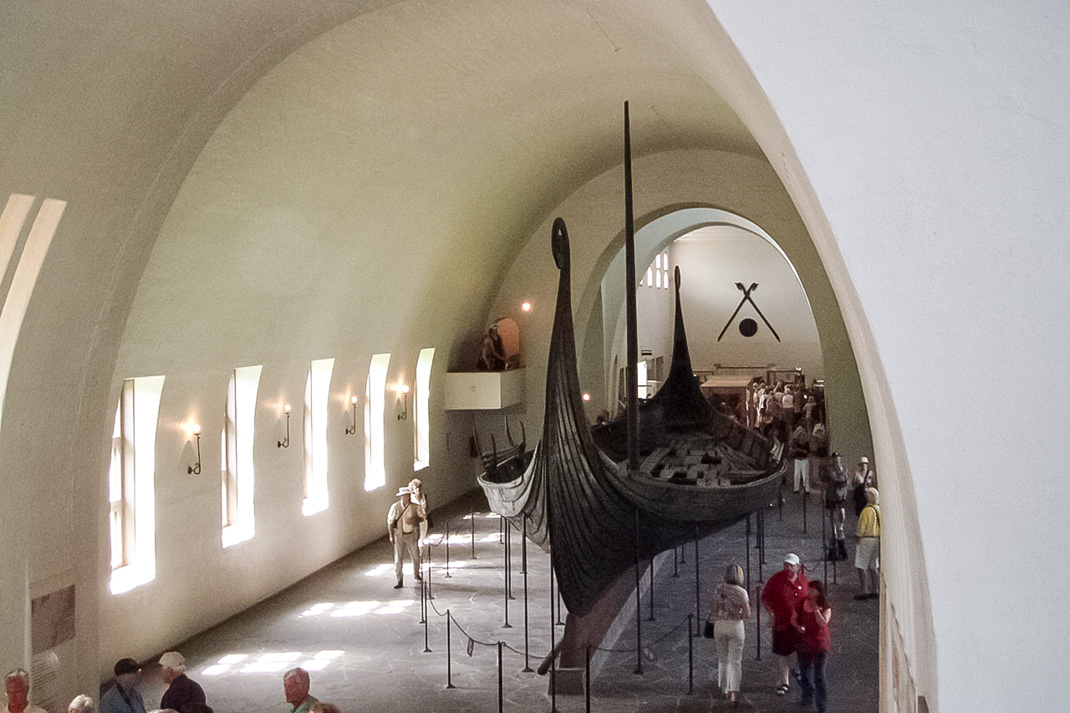
The venue we most wanted to visit in Oslo was the Viking Ship Museum. It is located at Bygdøy in Oslo, Norway. It is part of the Museum of Cultural History of the University of Oslo, and houses the Viking ships from Tune, Gokstad, and Oseberg. The museum displays the Viking Age Oseberg ship, Gokstad ship, Tune ship, finds from the Borre mound cemetery, and other finds.
In the photos above you can see the Oseberg Ship. The Oseberg ship is a well-preserved Viking ship discovered in a large burial mound at the Oseberg farm near Tønsberg in Vestfold county, Norway. The burial mound contained numerous grave goods and two female human skeletons. The internment of the ship into the burial mound is from 834 but parts of the ship date from around AD 800 but the ship itself is thought to be older. It was excavated by Swedish archaeologist Gabriel Gustafson, and Norwegian archaeologist Haakon Shetelig in 1904-1905. This ship is widely celebrated and has been called one of the finest finds to have survived the Viking Age.
The ship is a clinker built 'karv' ship built almost entirely of oak. It is c. 22 m long and 5 m broad, with a mast of approximately 9-10 m. With a sail of c. 90 m2, the ship could achieve a speed up to 10 knots. The ship has 15 pairs of oar holes, which means that 30 people could row the ship. Other fittings include a broad rudder, iron anchor, gangplank and a bailer. The bow and stern of the ship are elaborately decorated with complex woodcarvings in the characteristic "gripping beast" style, also known as the Oseberg style. Although seaworthy, the ship is relatively frail, and it is thought to have been used only for coastal voyages.
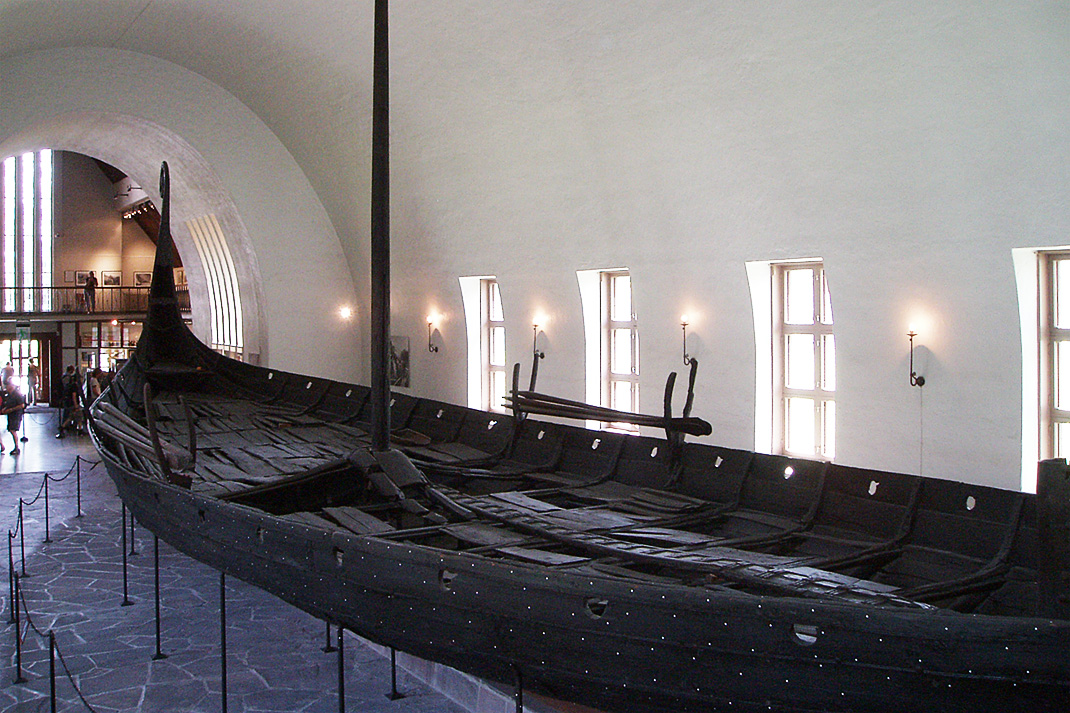
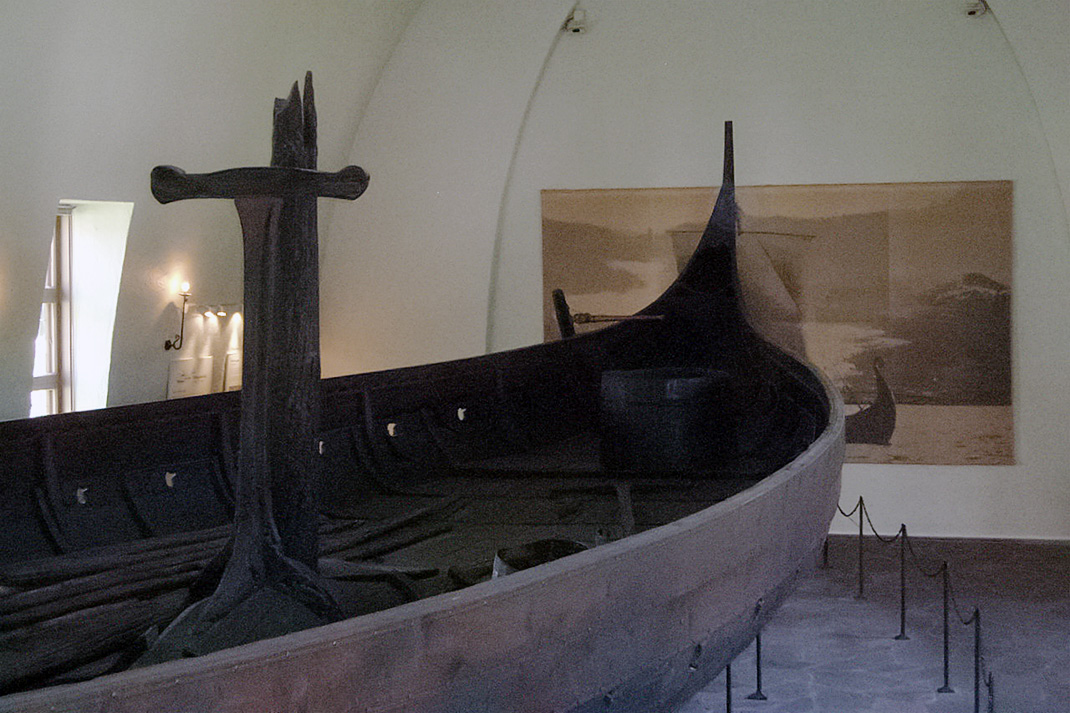
The photograph above is of the Gokstad ship. It is a late 9th century Viking ship found in a ship burial beneath a burial mound at Gokstad farm in Sandar, Sandefjord, Vestfold, Norway. It was excavated in 1880 by Nicolay Nicolaysen.
The Gokstad ship is clinker-built, constructed largely of oak. The ship is 24 m long and 5 m wide. It is the largest in the Viking Ship Museum in Oslo. The ship was built to carry 32 oarsmen, and the oar holes could be hatched down when the ship was under sail. It's utilized a square sail of c. 110 square meters, which, it is estimated, could propel the ship to over 12 knots. While the ship was traveling in shallow water, the rudder could be raised. A replica of the ship crossed the Atlantic from Bergen, Norway to be exhibited at the World's Columbian Exposition, Chicago, in 1893.
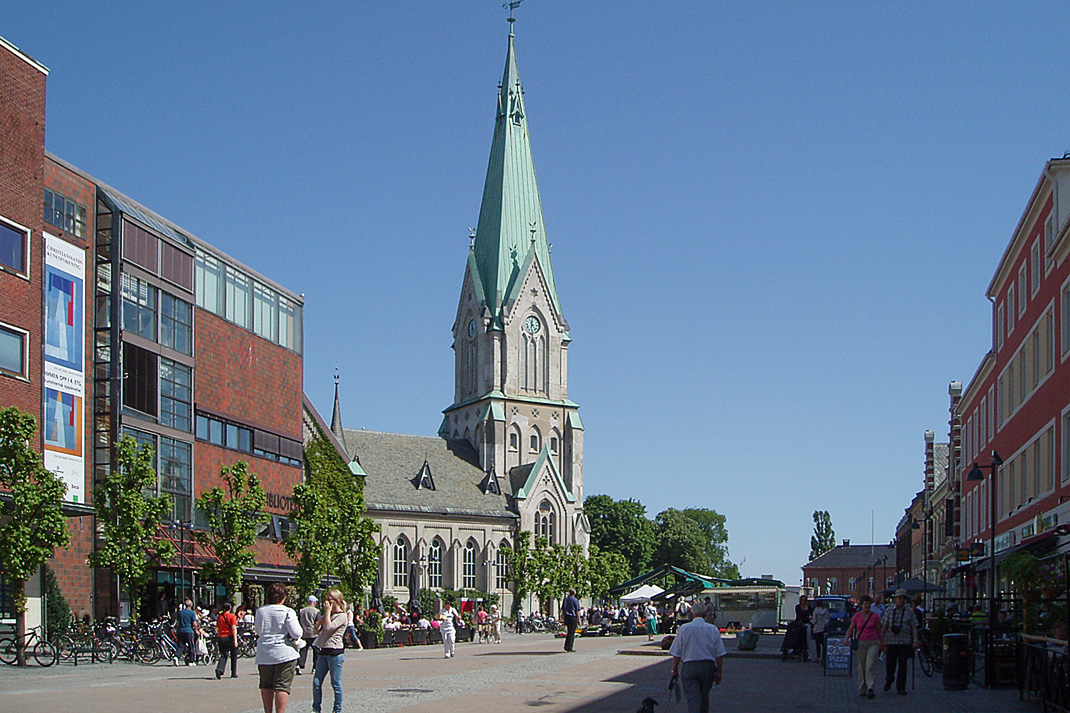
Kristiansand is, with its 70,000 inhabitants, the fifth largest town in Norway and was our final port of call before sailing for Southampton and home. It is situated on the Skagerrak, the strait between Norway and Denmark. It is on the same latitude as Stornoway on the Isle of Lewis.
The city was founded by King Christian IV of Denmark and Norway in 1641 and named after him. At this time Norway was part of the kingdom of Denmark and remained so until 1814. Norway was important to the King as he wanted to control the entrance to and from the Baltic and to tax the export of timber to Holland. Christian IV visited Norway frequently. He hoped that Kristiansand would become a major commercial centre. However, this dream was not realised, mainly because he dragged an unwilling Norway into wars with Sweden.
In 1813, Norway was taken from Denmark and given to Sweden by the Treaty of Kiel. During this century shipping was developed, particularly after the United Kingdom abolished the law that allowed only British ships to carry goods to and from Britain. In Kristiansand the most notable event of the century was a disastrous fire in 1892 which reduced much of the city to ashes.
The building of the railway line from Oslo to Stavanger, via Kristiansand, in 1938 was to have great benefits for the city. Unfortunately, Germany ignored Norway's neutrality and invaded the country in April 1940. Southern Norway was under their control within three weeks. Unlike some of the small towns in the north of Norway, Kristiansand was not razed to the ground and suffered comparatively little serious damage.
Nowadays Kristiansand is a thriving port with freight services to other European countries and a car ferry to Hirtshals in Denmark. The city is also an important industrial centre - shipyards, textiles, food and wood processing are just some of the industries.
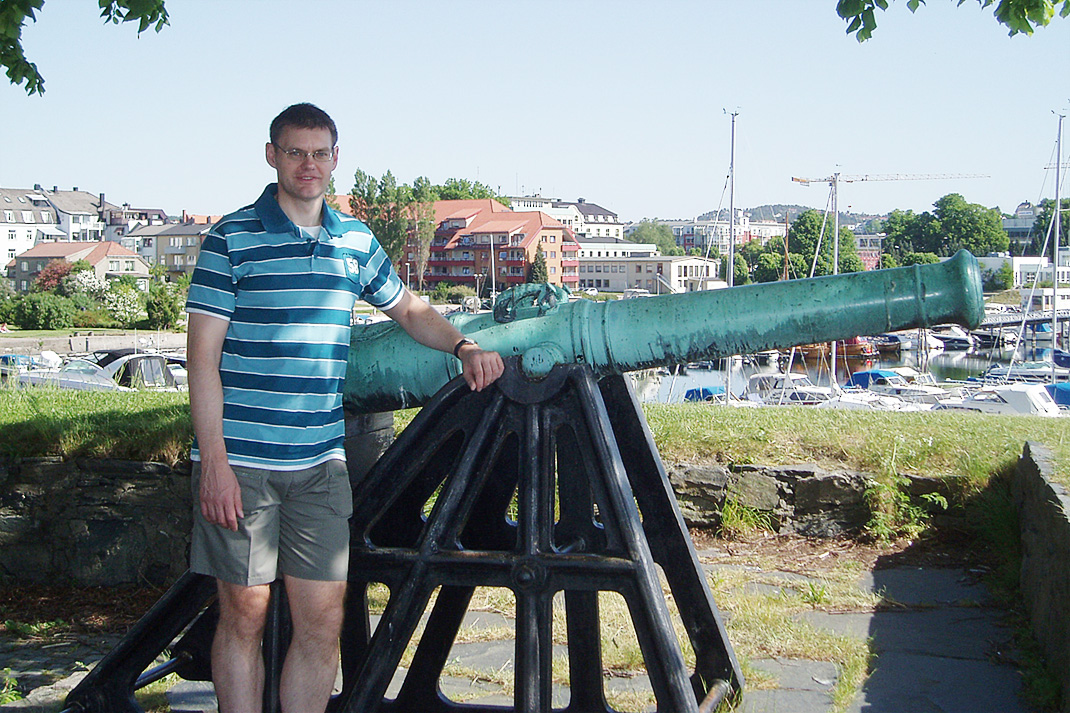
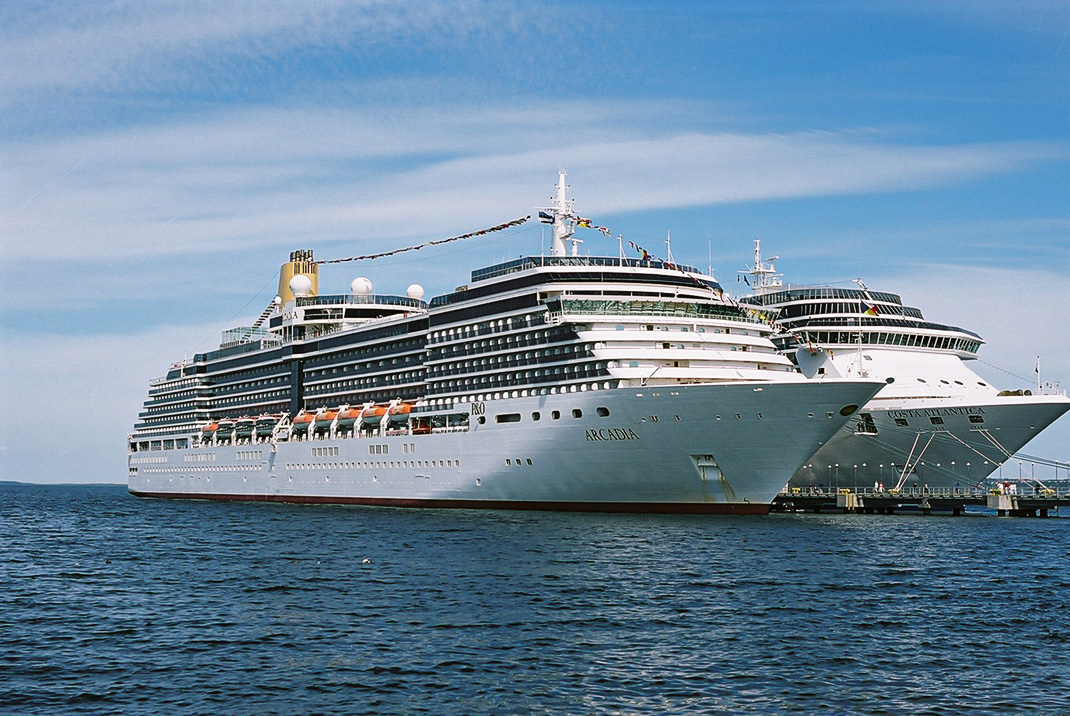
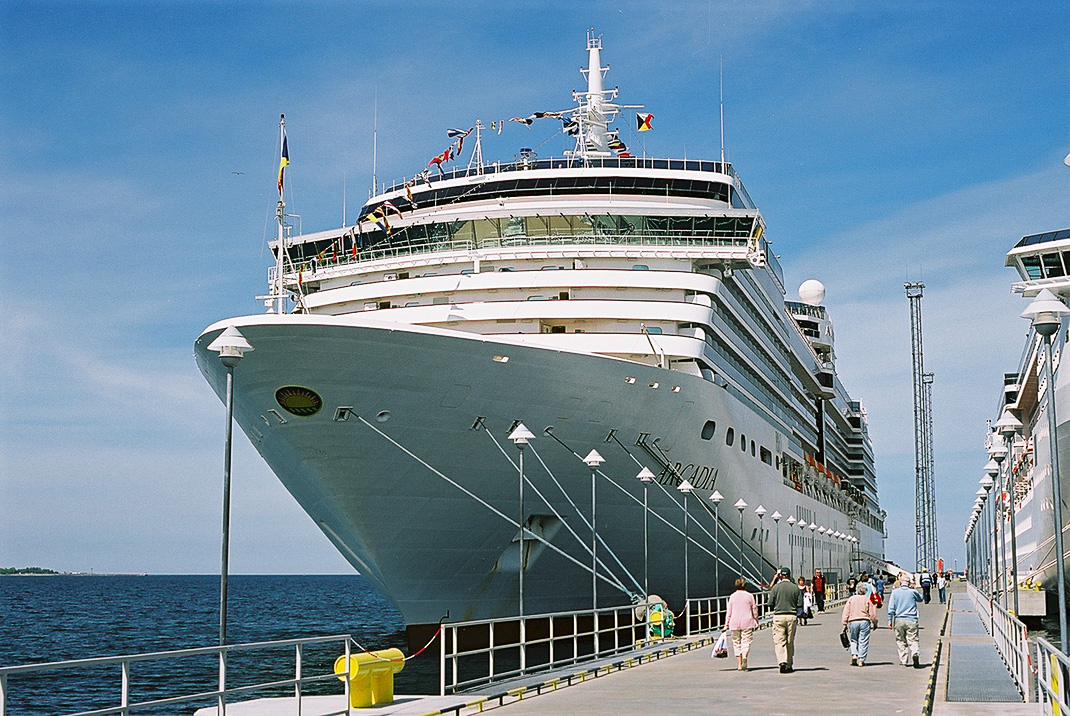
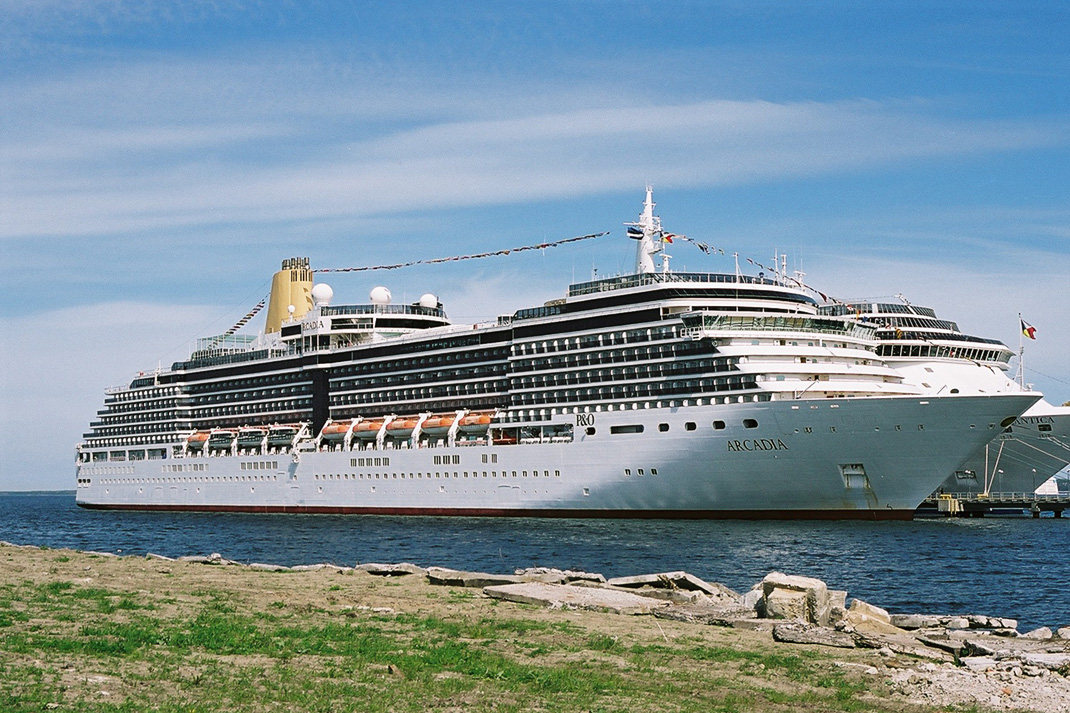
This is the ship we sailed on. It is the P&O Ship, Arcadia. (The ship on the right is the Costa Atlantica operated by Costa Cruises which accompanied us to our various ports of call as far as Warnemünde).
On board the ship are 14 bars, 4 restaurants, a theatre, gym, health spa and lots of other facilities. Until April 2008 it was the largest custom-built ship for the British market.
It weighs 87,000 tons and, at 285 metres in length, it is 17 metres longer than Tower Bridge in London. It has a maximum capacity of 2,388 (976 crew). It does 56ft to the gallon!!!
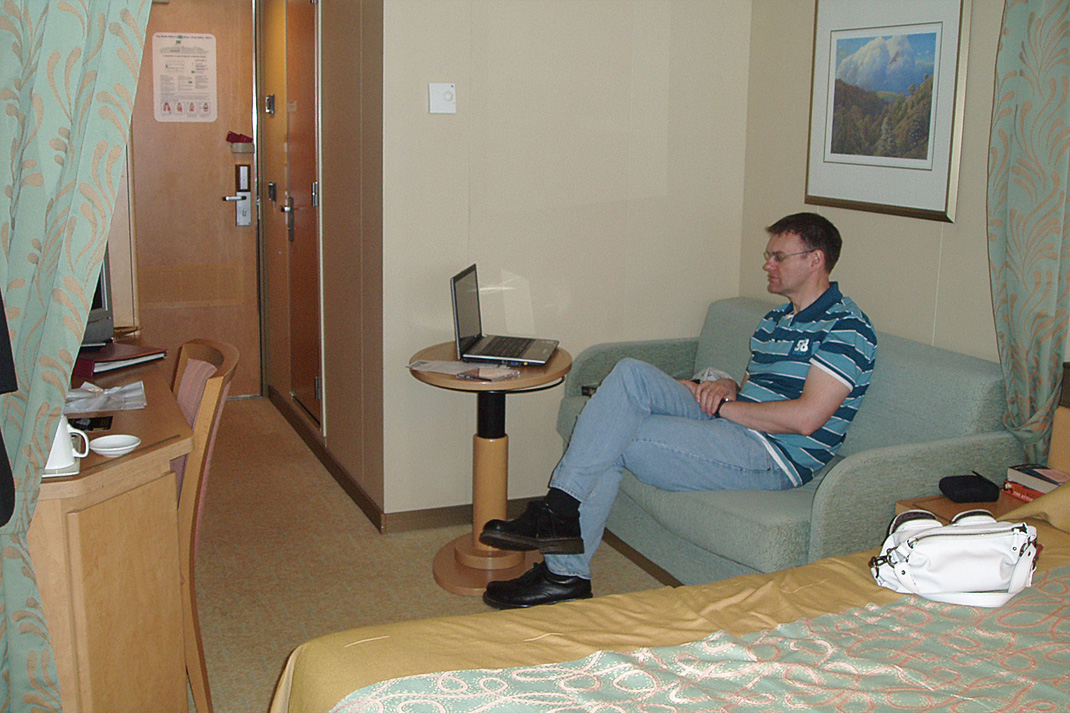
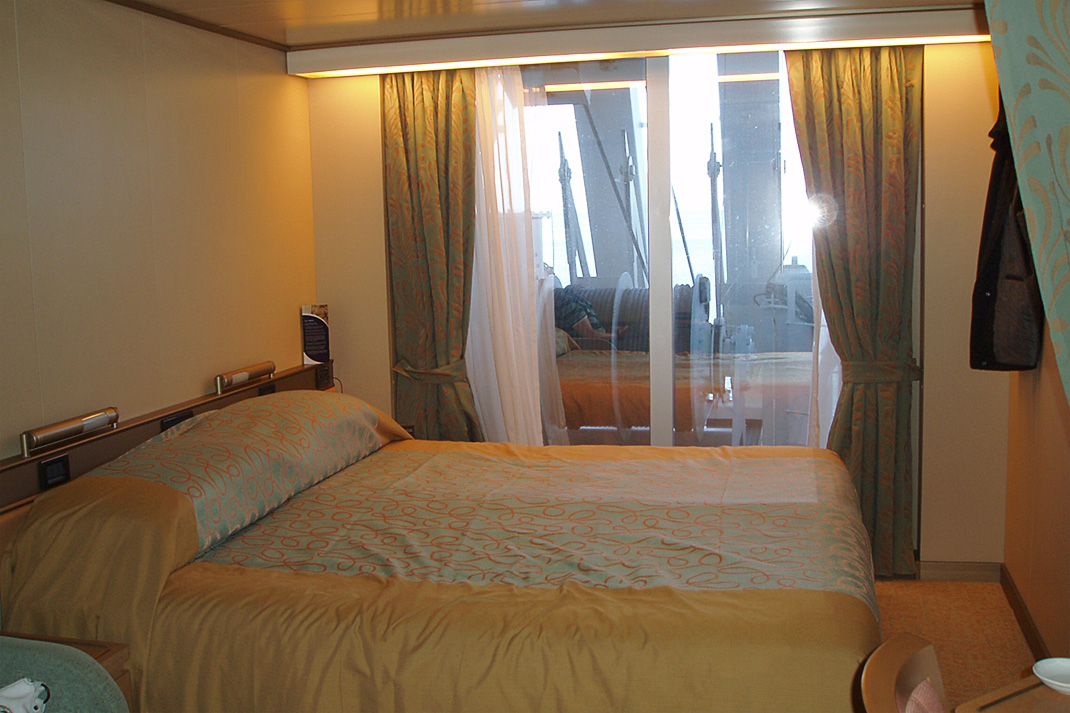
Overall we weren't as impressed with this ship as the Royal Caribbean ships we had sailed on as it somehow didn't have the "wow factor" we had found on those ships. Also the selection of food available at the buffet restaurant (called "The Belvedere") wasn't as tasty or as extensive (although we both managed to put on some weight during our holiday!).
The holiday, though, was great!!!